 [Image description: An illustration of four smartphones with speech bubbles hovering over them. One has an exclamation mark, another has a tilde symbol, the third has a wifi symbol, and the last has an asterisk.]
[Image description: An illustration of four smartphones with speech bubbles hovering over them. One has an exclamation mark, another has a tilde symbol, the third has a wifi symbol, and the last has an asterisk.]Before you begin
1. Get outside! Take a smartphone or tablet to a park, backyard, school ground, or find a spot near a window. If you’re leaving home by yourself, make sure you have permission from an adult to do so.
2. Connect to the internet! . You will need to use wifi or cellular data, so make sure the place you choose has a good network connection.
3. Gather materials! To do the activity “Let’s… MAP SOUNDS! (Part 2),” you will need paper and mark-making tools (pens, pencils, or colouring markers).
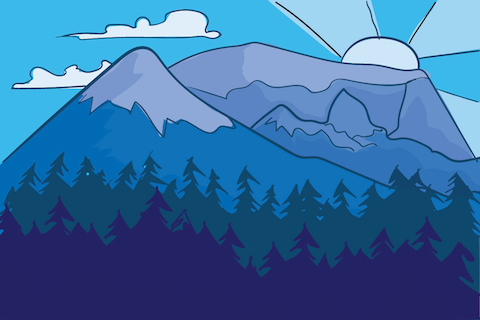 [Image description: An illustration of a tall mountain range in blue hues. In front of the mountains, is a forest of evergreen trees. The sky above is blue, and the sun is peeking from behind the mountain range.]
[Image description: An illustration of a tall mountain range in blue hues. In front of the mountains, is a forest of evergreen trees. The sky above is blue, and the sun is peeking from behind the mountain range.]Let’s… GET SITUATED!
So, where are you joining from?
What is the name of this place?
Where did you come from to arrive here?
What languages are spoken here?
Who takes care of this place?
How does this place take care of us?
How can we show respect for this place?
What lands have you travelled to in the past year?
Do you know the names of those lands?
What did you learn from visiting those places?
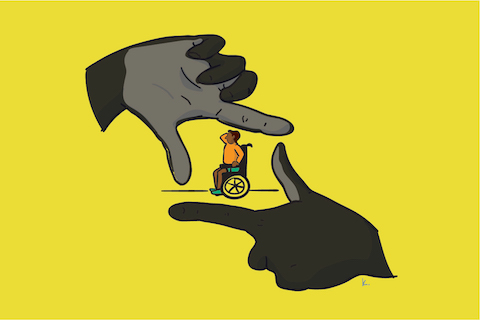 [Image description: An illustration of two Black hands coming together in L-shapes to make a square. The hands frame a brown person with an orange shirt, sitting and posing in a wheelchair.]
[Image description: An illustration of two Black hands coming together in L-shapes to make a square. The hands frame a brown person with an orange shirt, sitting and posing in a wheelchair.]Let’s… MOVE OUR BODIES! (Part 1)
Make a viewfinder with your hands (see image above for an example of how to make a hand frame). Look at the space around you through your viewfinder. Move up and down, right and left, close up and far away.
What colours and shapes do you see? What is close by and what is far away? What takes up the most or the least space?
If you are with someone, ask them to make a viewfinder with their hands and to watch you through it. Strike a pose from the other side. Move around and try different poses.
When you’ve finished exploring, switch roles with your partner.
What did you notice as you were moving?
Did you see something from a new angle or perspective?
This activity is based on interdisciplinary choreographer Isabelle Kirouac and mycologist Willoughby Arevalo’s project “Dancing with the Interweaving of Nature,” pursued with students from the Partners in Education Program (PIE) on the lands of the Tla'amin Nation.
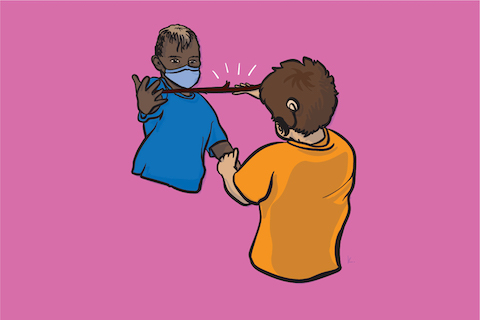 [Image description: An illustration of two kids balancing a stick between the palms of their hands. One child, who is brown with short blonde hair and wearing a blue mask, balances the stick in the centre of their right hand turned sideways. The other child, who is white with short brown hair and using a cochlear implant, balances the stick in their right palm turned upward.]
[Image description: An illustration of two kids balancing a stick between the palms of their hands. One child, who is brown with short blonde hair and wearing a blue mask, balances the stick in the centre of their right hand turned sideways. The other child, who is white with short brown hair and using a cochlear implant, balances the stick in their right palm turned upward.]Let’s… MOVE OUR BODIES! (Part 2)
Now, find a stick and pick it up. How does it feel? Is it heavy or light?
Can you balance it on your head? On your shoulder? On your back? Move the stick under and over different body parts.
If you are with a partner, balance the stick in between the palms of your hands (see image above for an example). One of you will guide where you go,the other will follow. The guide will move gently into the space, moving up and down, backwards and forwards. The other will follow, making sure not to drop the stick. Then, switch roles.
Once you’ve both had a turn, try moving with the stick as your leader. Where do you end up?
After your exploration, return the stick to where you found it.
What did you learn from leading? What did you learn from following?
This activity is based on interdisciplinary choreographer Isabelle Kirouac and mycologist Willoughby Arevalo’s project “Dancing with the Interweaving of Nature,” pursued with students from the Partners in Education Program (PIE) on the lands of the ɬəʔamɛn (Tla'amin) Nation.
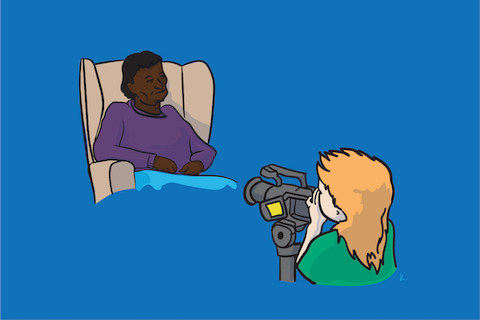 [Image description: An illustration of an older adult sitting in an armchair. They are Black with dark hair and wearing a purple sweater. They are being filmed by a young person with red hair, holding a film camera.]
[Image description: An illustration of an older adult sitting in an armchair. They are Black with dark hair and wearing a purple sweater. They are being filmed by a young person with red hair, holding a film camera.]Let’s… TELL STORIES! (Part 1)
As we grow older, stories shape who we become and how we choose to contribute to the world.
Click here to learn how Elders and seniors have contributed to their communities, as captured by students from Winlaw Elementary School. To watch a video, press the ‘play’ sign on one of the three videos that appear on your screen.
These videos are from film artist Brian Lye’s project “Community Citizenship Video Project,” pursued with students from Winlaw Elementary School on the lands of the snʕickstx tmxʷúlaʔxʷ (Sinixt) Nation.
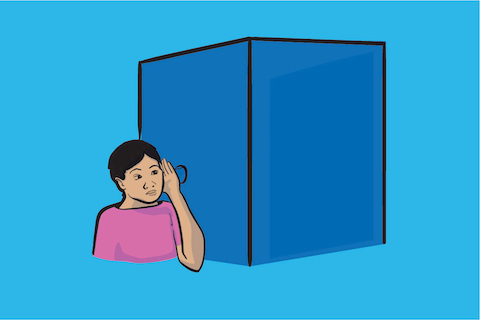 [Image description: An illustration of an Asian person with dark brown hair, wearing a bright pink shirt. They are putting their ear toward a large blue box, listening.
[Image description: An illustration of an Asian person with dark brown hair, wearing a bright pink shirt. They are putting their ear toward a large blue box, listening.Let’s… TELL STORIES! (Part 2)
Oral stories are one of the primary ways that Indigenous Elders pass down knowledge to younger audiences. Each time a story is told, it takes on a different meaning for those who listen.
What stood out to you from the stories of the Elders and seniors?
Now, it’s your turn! Invite a family member or friend to exchange a story with you, whether over the phone, by text, or in person.
Ask each other: What do you love about the place where you live? How would you like to take care of your community, now and in the future?
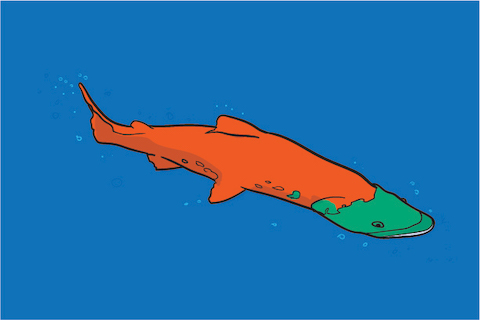 [Image description: An illustration of an orange and green salmon swimming across a blue background.]
[Image description: An illustration of an orange and green salmon swimming across a blue background.]Let’s… MAP SOUNDS! (Part 1)
You may have noticed this place has a unique melody made by different sounds and vibrations–some loud, some quiet, some short, some long.
What sounds and vibrations surround you?
Students from c̓əsqənelə Elementary School created songs with musician Laura Koch and q̓ic̓əy̓ (Katzie) community leaders and learned first-hand how music can connect people with their environments.
Click here to listen to their song, “Swim to the Sea.” To watch the video in fullscreen, press the ‘play’ sign.
What did you learn about their community by listening to this song?
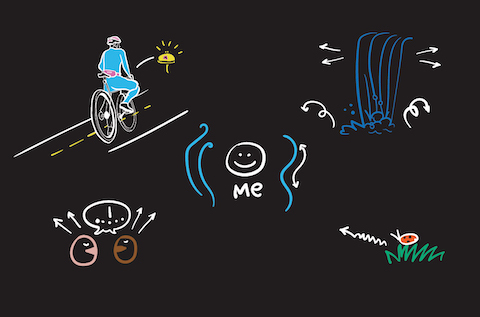 [Image description: An illustration of a sound map, which includes several sketches surrounding a smiley face in the centre of a page with the word “me” beneath it. One image is of a person biking and ringing their bell. A second is of a waterfall with arrows pointing outward that represent how the sound of the water travels. The third is a picture of two people talking with arrows that point outward to where their voices travel. The last image is of a ladybug, crawling quietly toward the person listening.]
[Image description: An illustration of a sound map, which includes several sketches surrounding a smiley face in the centre of a page with the word “me” beneath it. One image is of a person biking and ringing their bell. A second is of a waterfall with arrows pointing outward that represent how the sound of the water travels. The third is a picture of two people talking with arrows that point outward to where their voices travel. The last image is of a ladybug, crawling quietly toward the person listening.]Let’s… MAP SOUNDS! (Part 2)
Now, it’s your turn! Collect a piece of paper and a mark-making tool, and find a spot to stand or sit. Draw yourself on your paper. Tune in to the noises around you, taking notes as you listen.
Where are the noises coming from? How close or far is each sound? What sounds do you like, or not like?
You can use the image above as an example of how you can add information to your sound map as you listen to and collect sounds.
What people, plants, animals, and things make noises in this space?
What music does this place make?
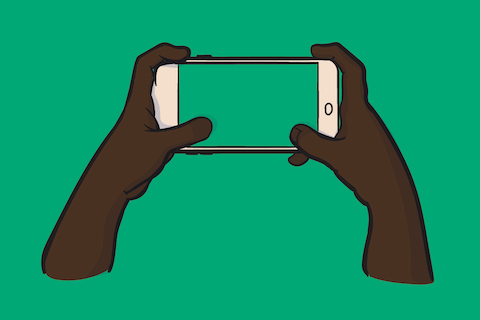 [Image description: An illustration of a two Black hands holding up a smartphone toward a green background, as if taking a picture.]
[Image description: An illustration of a two Black hands holding up a smartphone toward a green background, as if taking a picture.]Share your experience with us!
We would love to learn about what places you joined from and what you enjoyed most from your experience of WHERE AM I?
To capture your journey:
1. Use our photo filter (Note: this photo filter works best with a phone camera).
2. Tag @artstarts on Instagram, Facebook, or Twitter
3. Use the hashtag #WhereAmIExhibition
 [Image description: An illustration of red stage curtains with three rows of audience seating facing them. The background is black, as if the surrounding lights are turned off.]
[Image description: An illustration of red stage curtains with three rows of audience seating facing them. The background is black, as if the surrounding lights are turned off.]Let’s… HAVE A MOVIE NIGHT!
If you’d like to enjoy more content, ask your family, friends, neighbours, or caretakers to join you in watching some of our most exciting video projects of the year!
Here’s what’s on our ArtStarts Watchlist:
Puppets Personified: How the Turtle got his Tail
A re-telling of the Sinixt story How the Turtle Got his Tail, as told by Sinixt elder Marilyn James. Performed with puppets by the kindergarten and grade one students of Winlaw Elementary School.
Puppets Personified: How Coyote Made the Black Moss Food
A re-telling of the Sinixt story about how Coyote made black moss edible, as told by elder Marilyn James. Performed with puppets by the grade one and two students of Winlaw Elementary School.
Puppets Personified: How the Huckleberry Came to Kettle Falls
A re-telling of the Sinixt story about how huckleberries came to grow in the Kettle Falls area, as told by elder Marilyn James. Performed with puppets by the grade two and three students of Winlaw Elementary School.
Puppets Personified: Frog Mountain
A re-telling of the Sinixt story about how frogs guided the Sinixt people through a time of terrible drought, as told by elder Marilyn James. Performed with puppets by the grade three and four students of Winlaw Elementary School.
Puppets Personified: Takwiya
A puppet play about the Sinixt story of Takwiya, a monstrous woman who steals children, as told by elder Marilyn James. Performed by the grade five and six students of Winlaw Elementary School.
Persy’s Phone: An Audio Play
Senior Theatre Company presents the original audio play Persy's Phone, written by Seamus Fera. Taking place around the Commercial Drive neighborhood in Vancouver, Persy's Phone is a contemporary adaptation of the Greek myth of Persephone in the underworld.
Four Indigenous Puppet Plays for Children
Performances of New Shoes for Sasq’ets, Sequoia (Cedar), The Three Little Sasq’ets, and The Three Fishermen, a Seal and Three Salmon by Kwantlen storyteller Joseph Dandurand. Performed with puppets by the 9-12 Drama class of Burnsview Secondary School, with an introduction by Dandurand.
The Most Happy Sad Thing in the World
A site-specific, devised theatre piece by the 10-12 Drama class of Archbishop Carney Regional Secondary School that reflects on feelings of isolation during the COVID-19 pandemic.
Átl’ḵa7tsem
A documentary exploring the cultural significance of Átl’ḵa7tsem (Howe Sound), where the Squamish people originated. Created by the students of St’a7mes School - Cultural Journeys and Learning Expeditions, and co-produced by The Cinematheque.
Disaster: In Plain Sight
A documentary on the Garibaldi barrier and the threats posed to communities surrounding Squamish if it collapses. Created by the students of St’a7mes School - Cultural Journeys and Learning Expeditions, and co-produced by The Cinematheque.
Herring: The Heart of Squamish
A documentary on the return of herring populations to Átl’ḵa7tsem (Howe Sound) and their ecological significance. Created by the students of St’a7mes School - Cultural Journeys and Learning Expeditions, and co-produced by The Cinematheque.
Hexactinellida: The Hidden Reef
Long thought to be extinct, this documentary details the discovery of glass sponge reefs on the seafloor of Átl’ḵa7tsem (Howe Sound) and the importance of ensuring their protection. Created by the students of St’a7mes School - Cultural Journeys and Learning Expeditions, and co-produced by The Cinematheque.
There and Back: A Whale’s Tale
A documentary on the return of humpback whales to areas in the Strait of Georgia and Átl’ḵa7tsem (Howe Sound), and the human activities which continue to threaten these animals. Created by the students of St’a7mes School - Cultural Journeys and Learning Expeditions, and co-produced by The Cinematheque.
Woodfibre: A Community Divided
A documentary exploring different perspectives from the Squamish community on the proposed building of a liquified natural gas (LNG) facility in Woodfibre, BC. Created by the students of St’a7mes School - Cultural Journeys and Learning Expeditions, and co-produced by The Cinematheque.

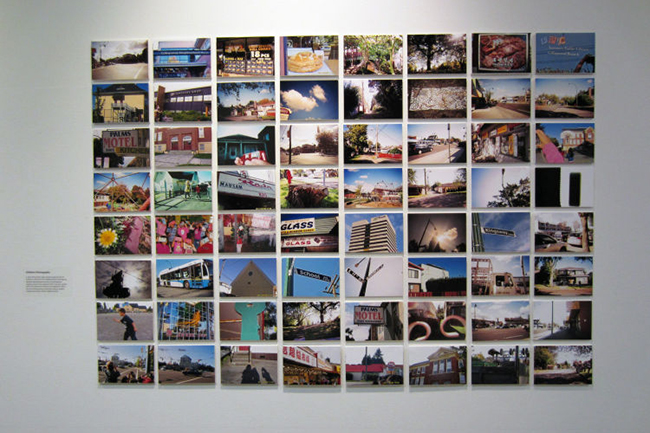 Photo Walks
Photo Walks 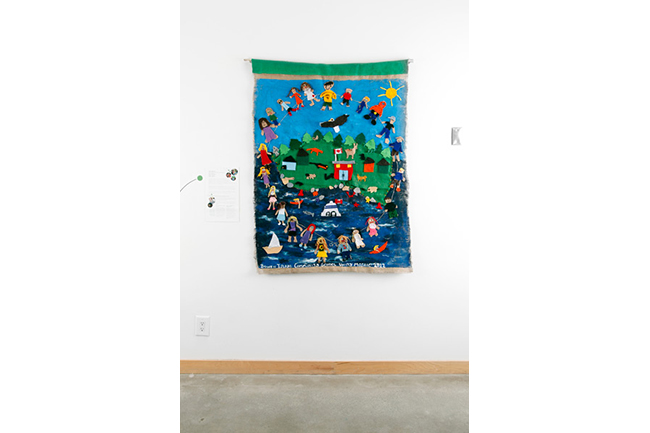 Unity Mosaic Quilt
Unity Mosaic Quilt 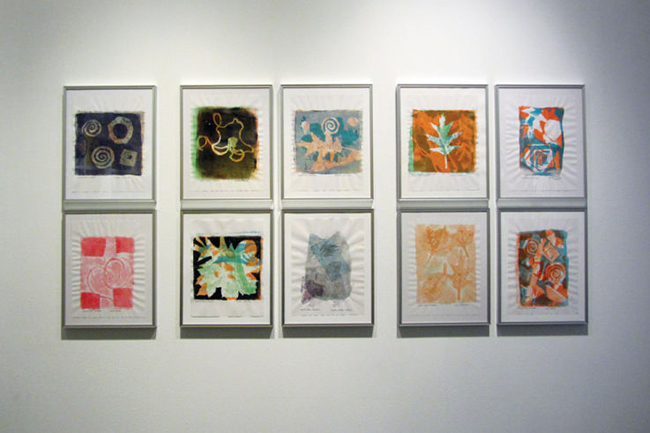 Patterns and Geometry in Nature
Patterns and Geometry in Nature 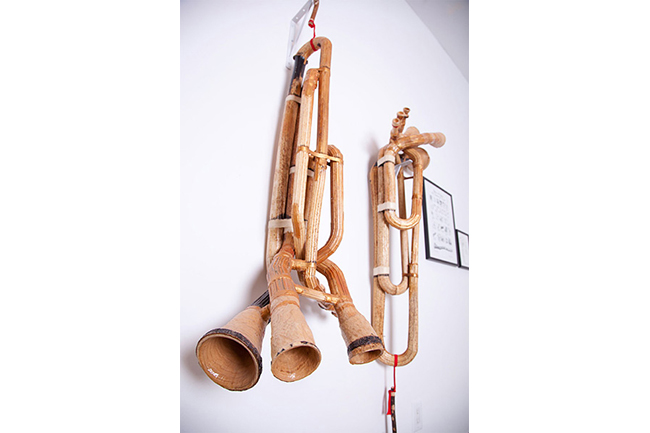 Mr. Fireman's Natural Instruments
Mr. Fireman's Natural Instruments 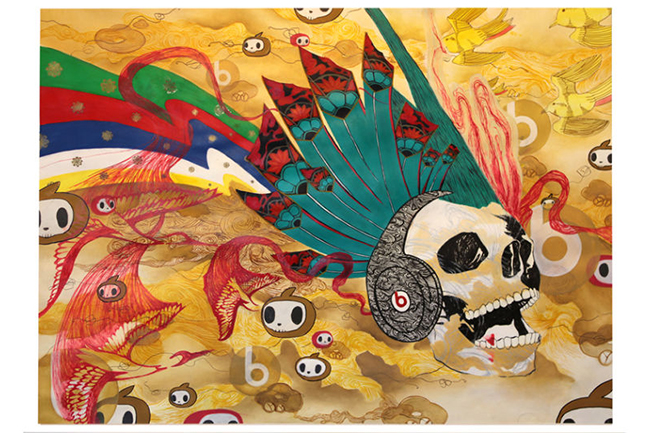 Kontakt
Kontakt 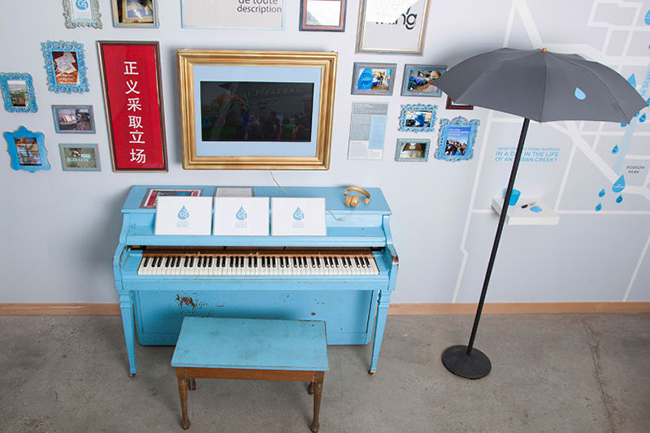 The Creek Forum
The Creek Forum  Encounters with Places
Encounters with Places 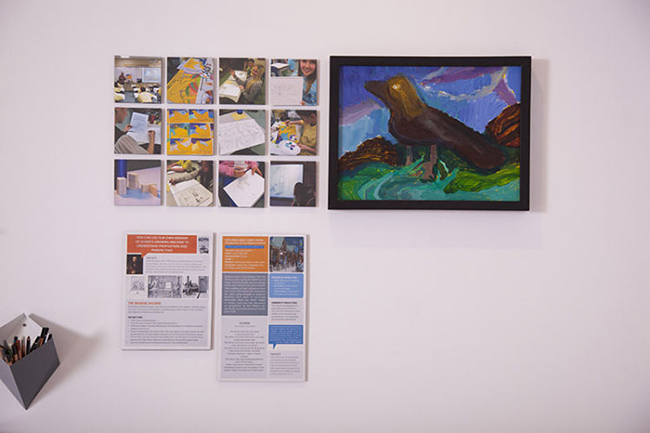 Exploring Emily Carr's Work
Exploring Emily Carr's Work 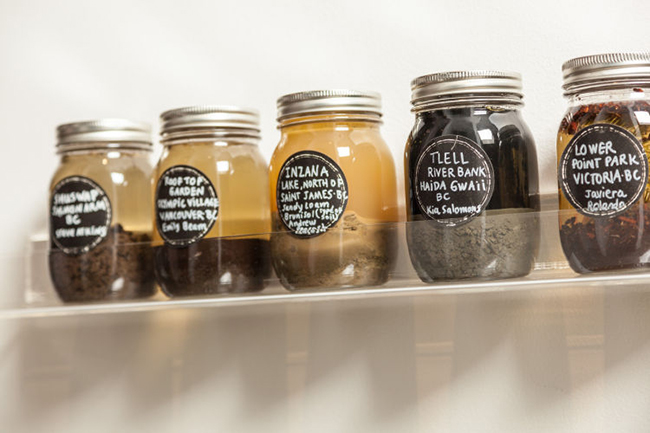 ArtStarts Soil Jar Experiment
ArtStarts Soil Jar Experiment 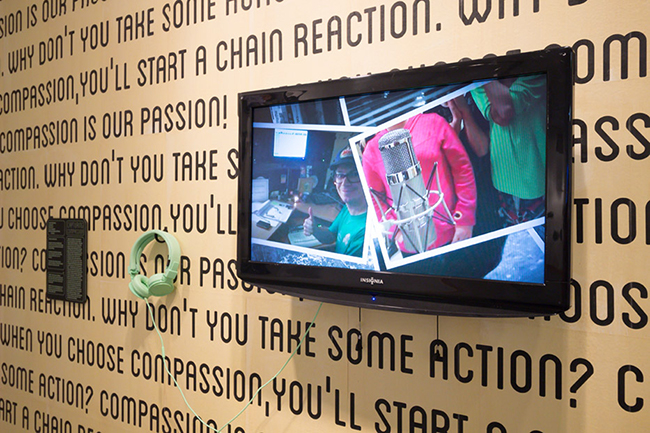 Capturing Compassion
Capturing Compassion 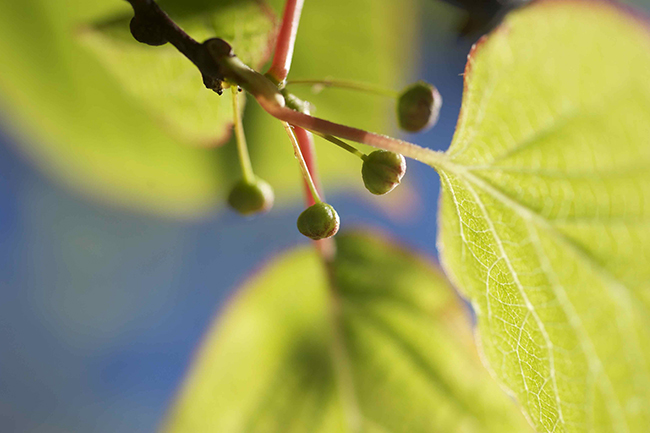 Daniel
Daniel 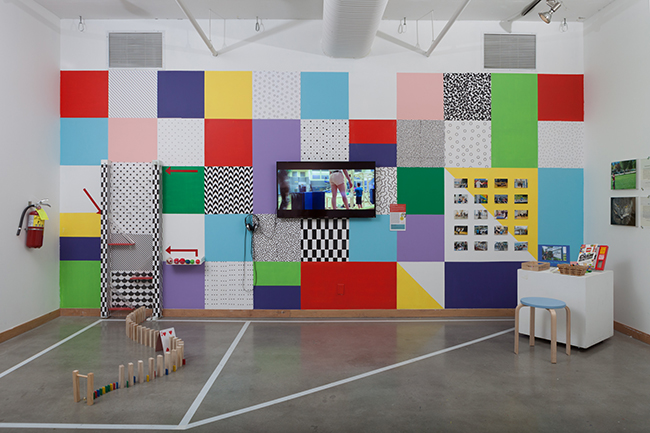 Get the Ball Rolling
Get the Ball Rolling 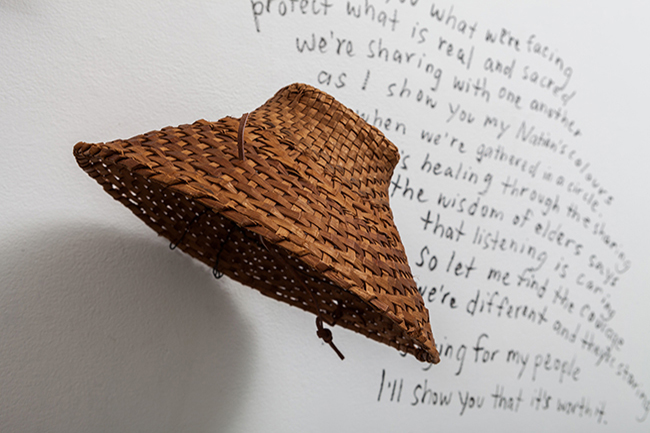 Our Story, Our Future
Our Story, Our Future 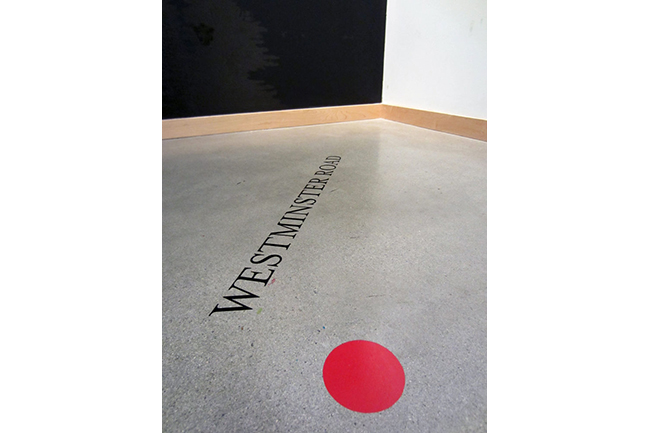 Kingsway: The End of the False Creek Trail
Kingsway: The End of the False Creek Trail 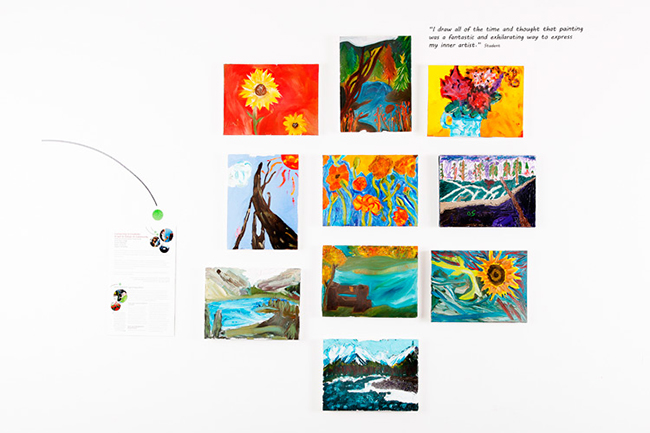 Connecting to Creativity: In Self, In School, In Community
Connecting to Creativity: In Self, In School, In Community 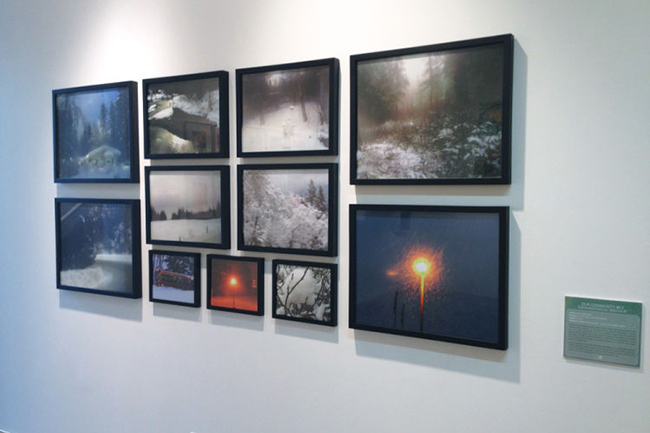 Our Community Sky
Our Community Sky 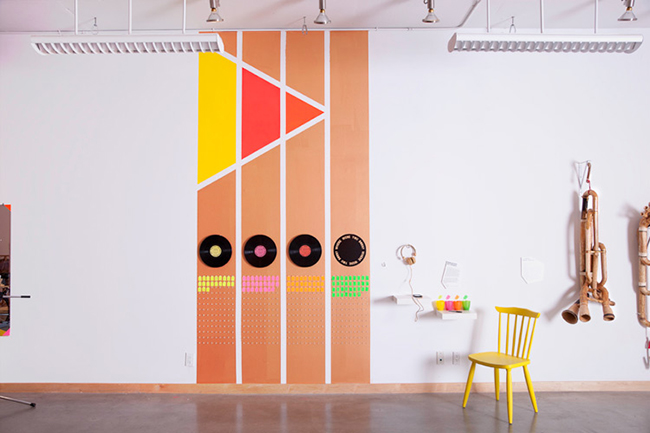 Everybody Comes From Somewhere
Everybody Comes From Somewhere 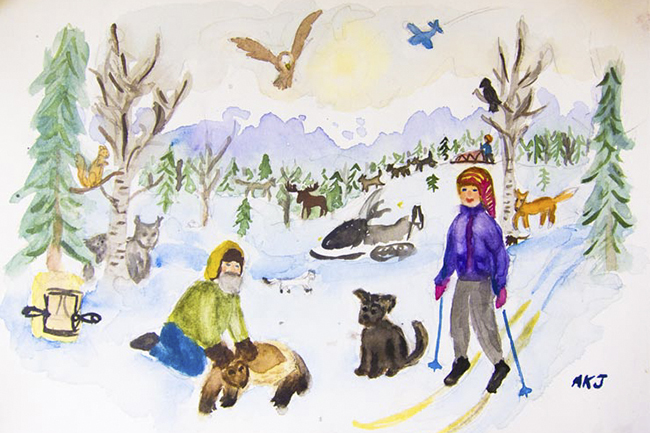 Andy’s Trapline
Andy’s Trapline 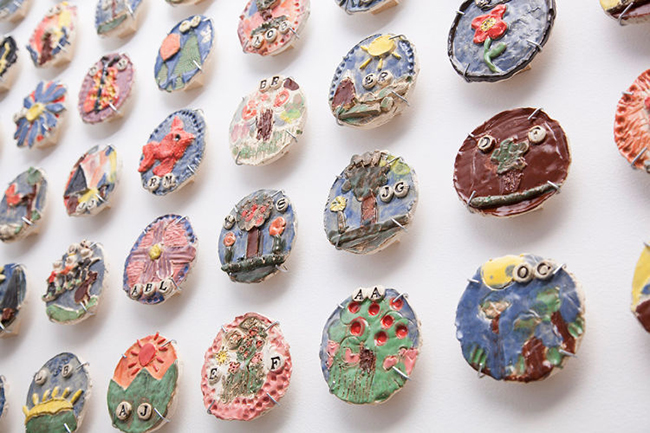 Building Community Through Clay
Building Community Through Clay 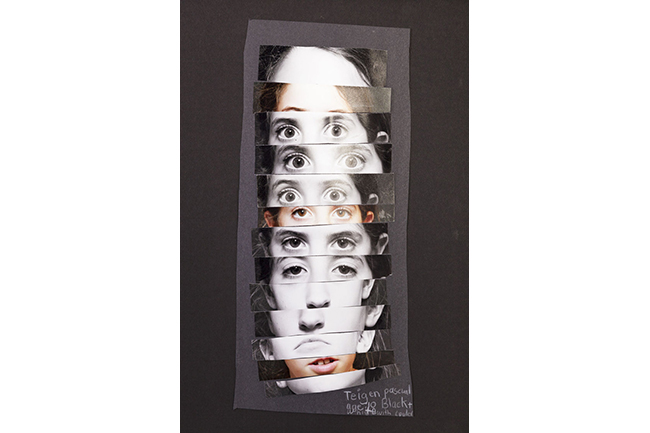 Elements in Time
Elements in Time 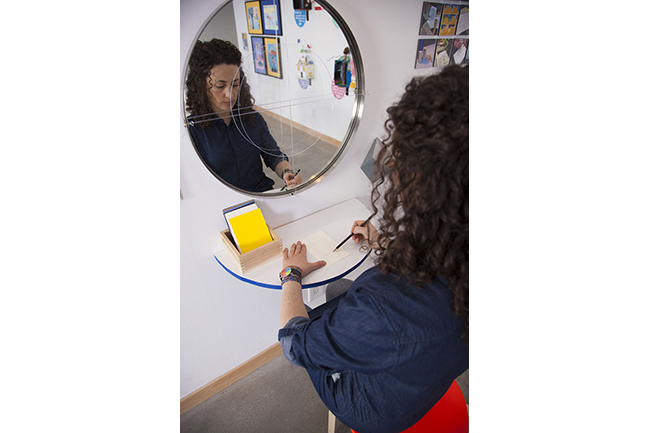 Self Portraits
Self Portraits 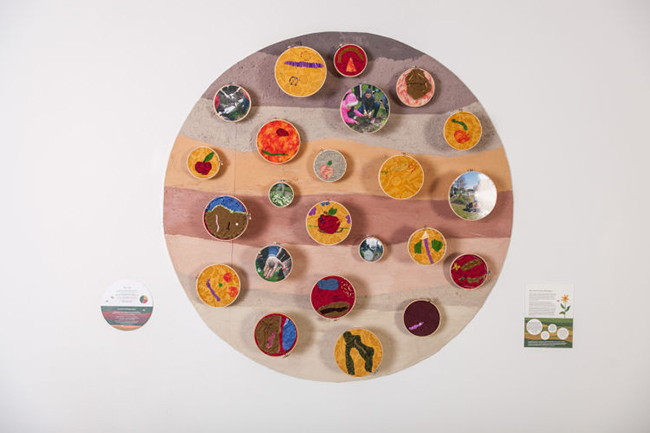 Bees on Earth: Growing a Wind Garden
Bees on Earth: Growing a Wind Garden 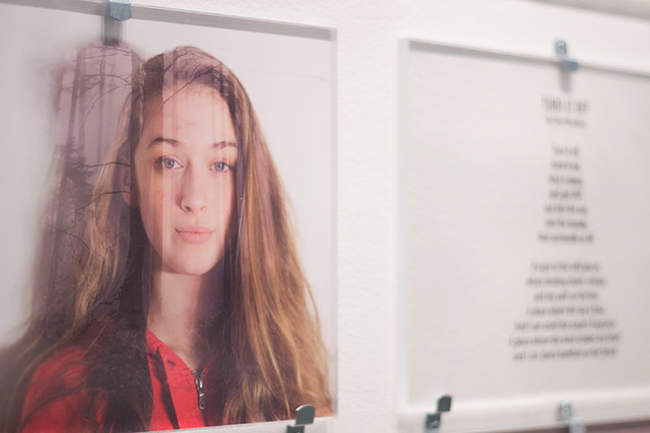 Environmental Impacts (Snapshots)
Environmental Impacts (Snapshots) 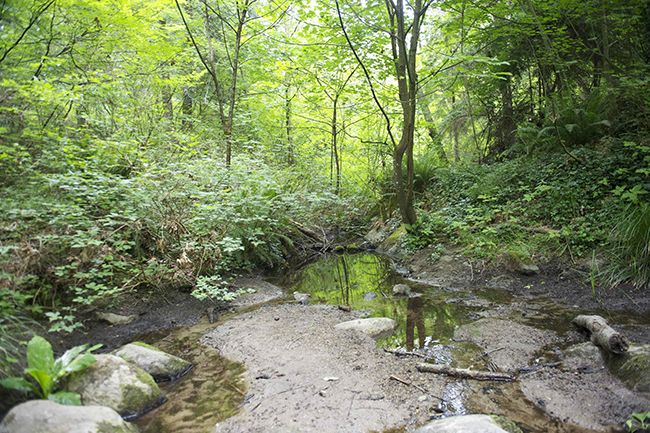 Nic
Nic 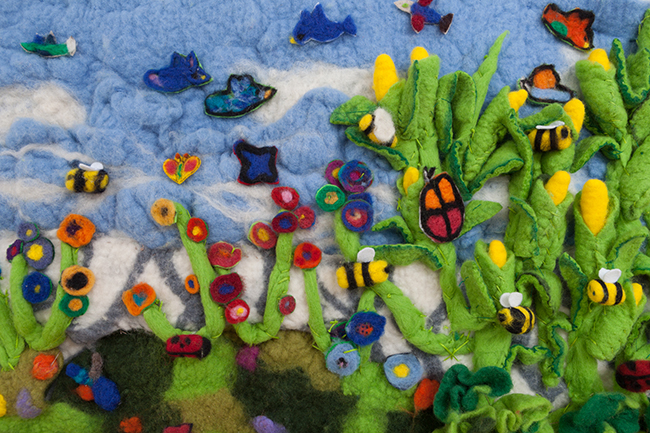 The Food Forest
The Food Forest 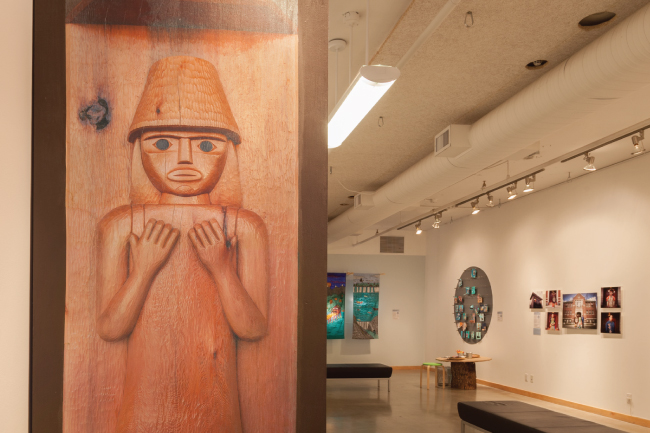 A Musqueam Welcome
A Musqueam Welcome 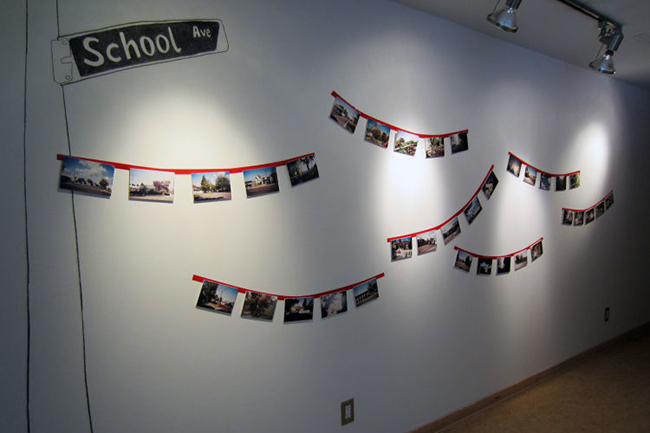 Editing to Tell a Story
Editing to Tell a Story 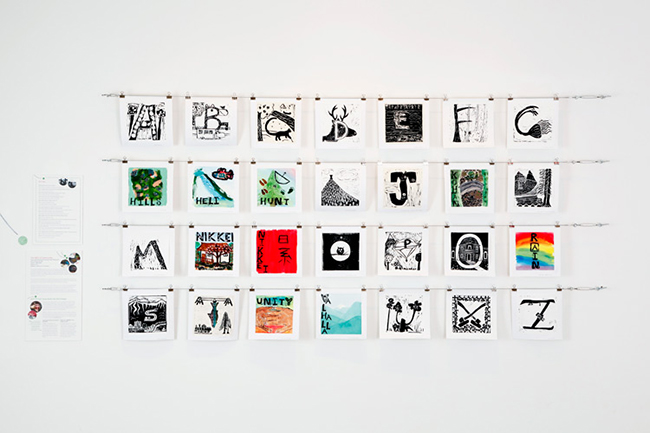 The ABCs of Community
The ABCs of Community 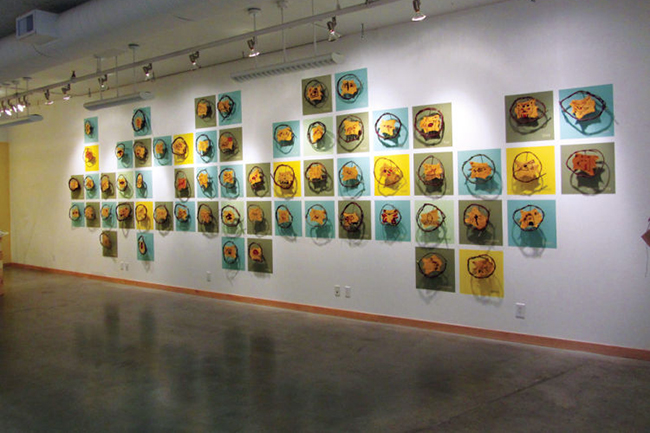 Embracing Me
Embracing Me 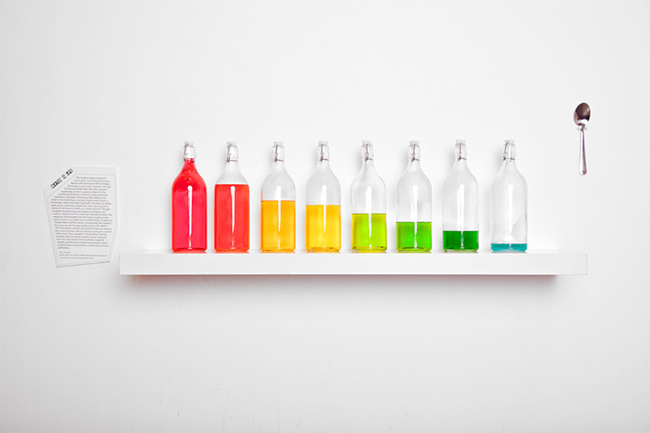 Water is Life
Water is Life 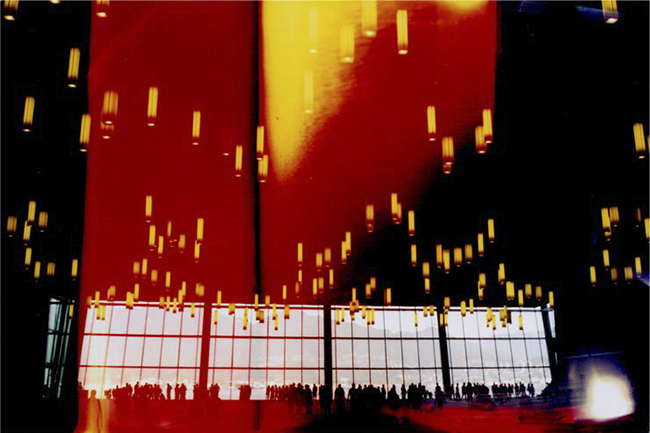 Canada Place
Canada Place 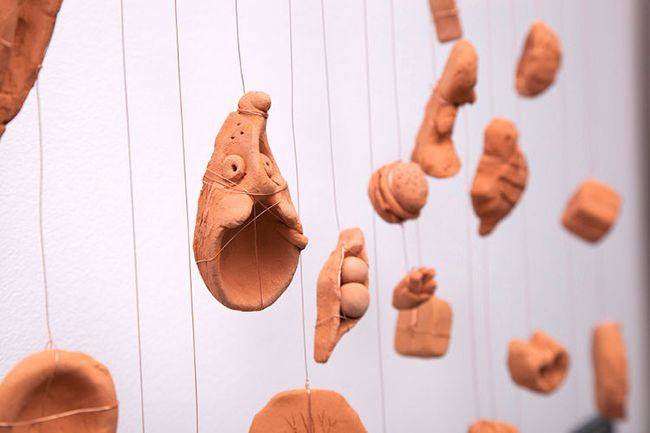 What's in My Backyard?
What's in My Backyard? 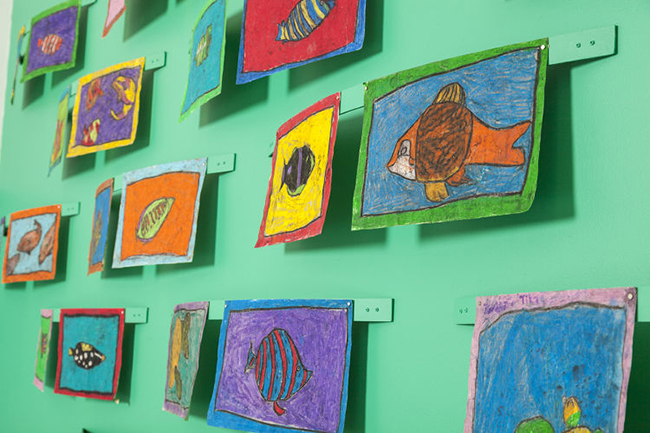 Adopt the Sea: Kiigad Gay.Ywaay
Adopt the Sea: Kiigad Gay.Ywaay  The Art of Storytelling: Dada Boxes and Imaginary Me Collages
The Art of Storytelling: Dada Boxes and Imaginary Me Collages 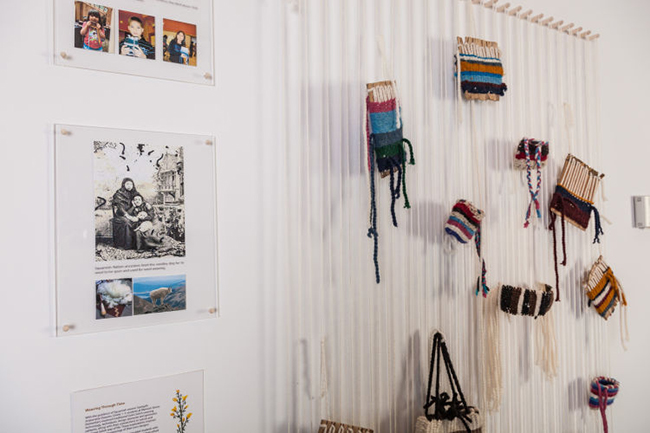 Weaving Through Time
Weaving Through Time 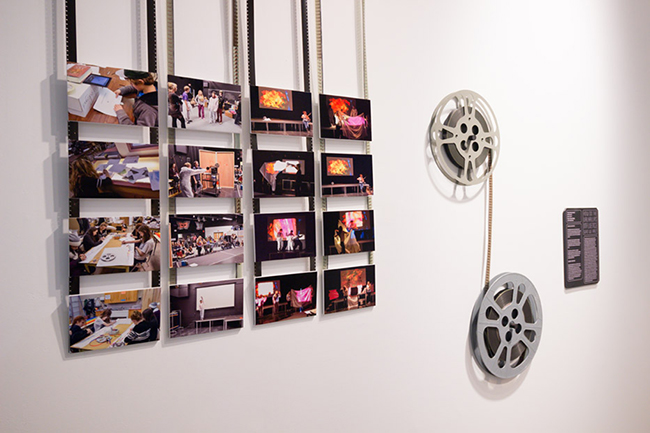 How Do the Valhallas Influence Who We Are?
How Do the Valhallas Influence Who We Are? 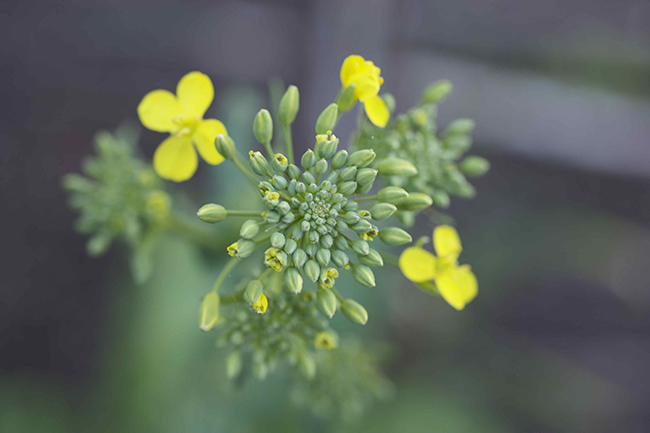 Anthony
Anthony 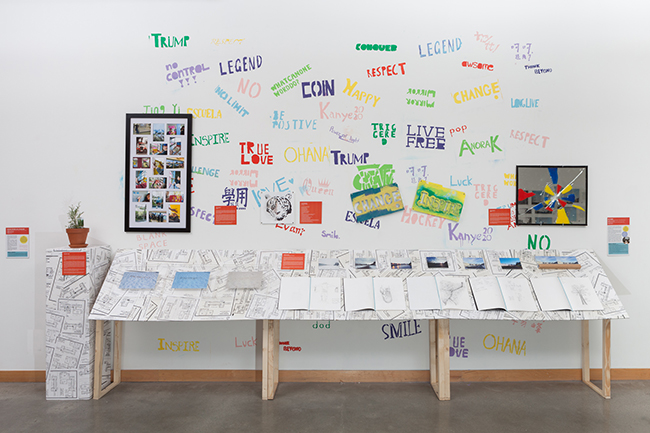 Site Stories
Site Stories 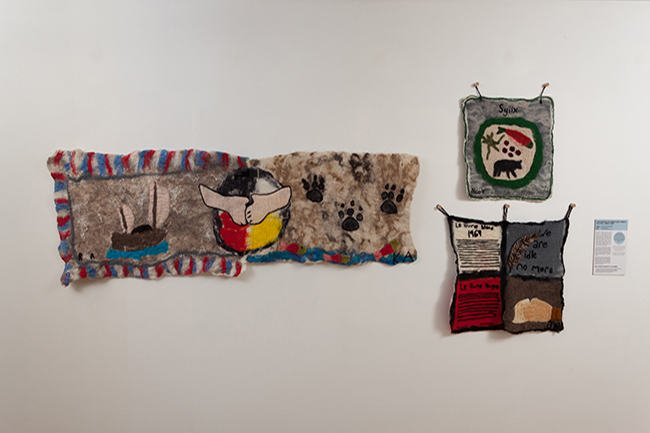 20th Century BC Significant Events Weaving Connections
20th Century BC Significant Events Weaving Connections 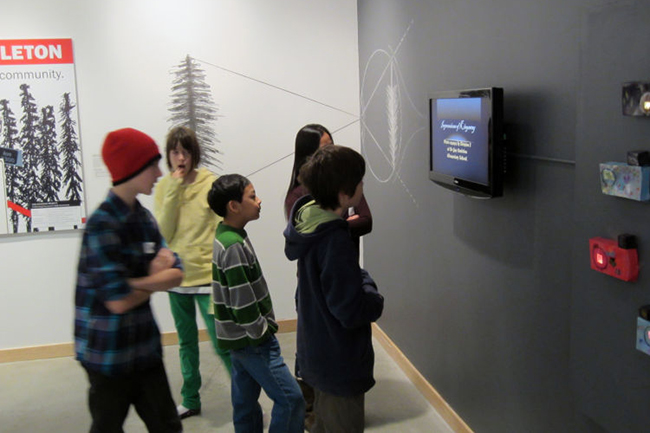 Digital Storytelling
Digital Storytelling 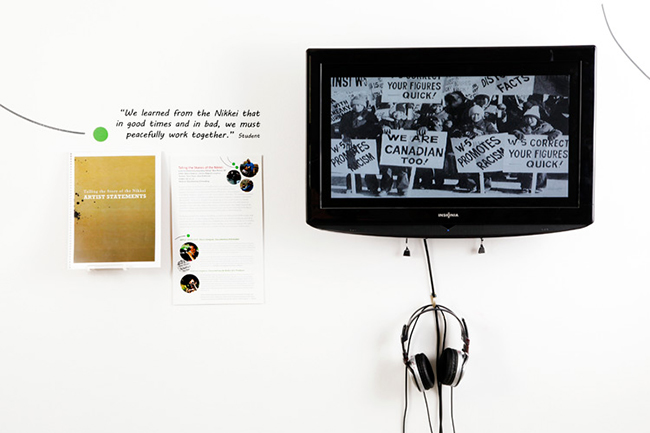 Telling the Stories of the Nikkei
Telling the Stories of the Nikkei 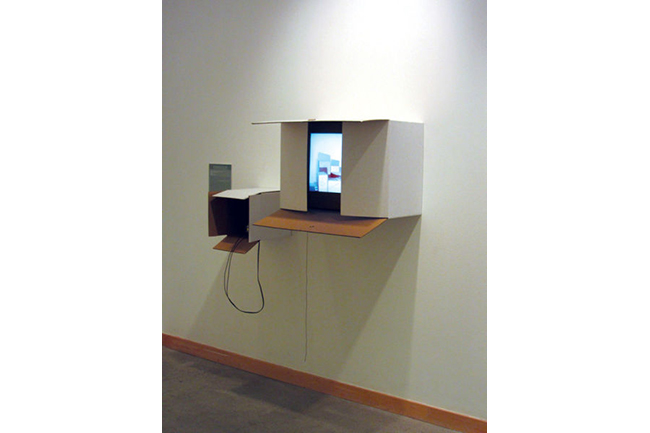 Consuming Our Future
Consuming Our Future 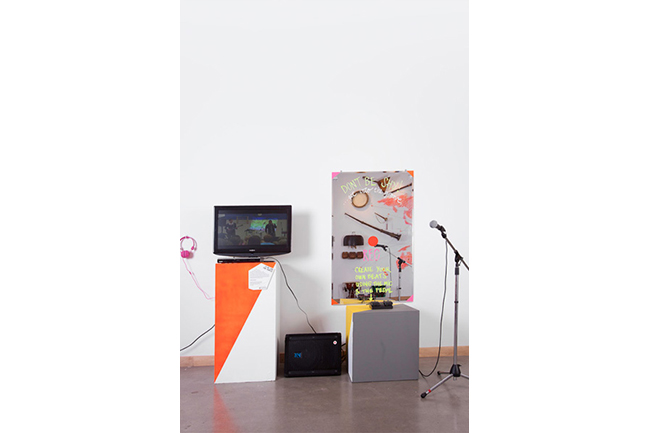 RupLoops
RupLoops 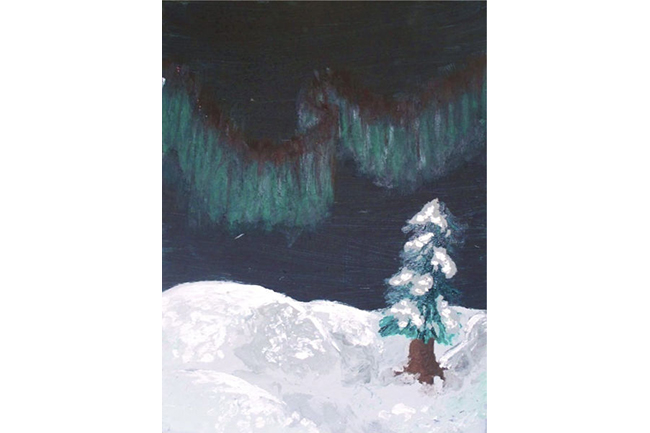 Aurora Borealis
Aurora Borealis 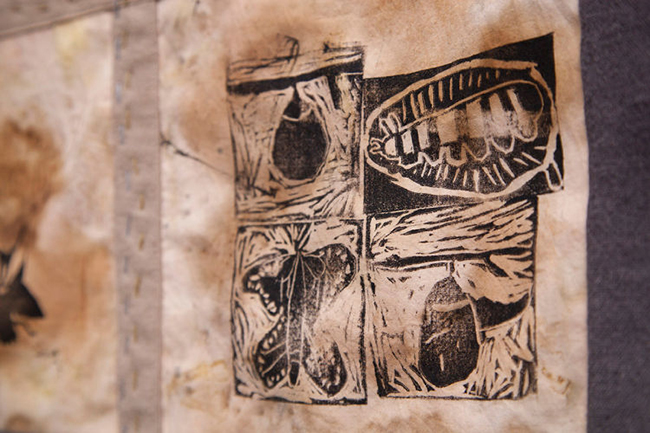 The Language of Insects
The Language of Insects 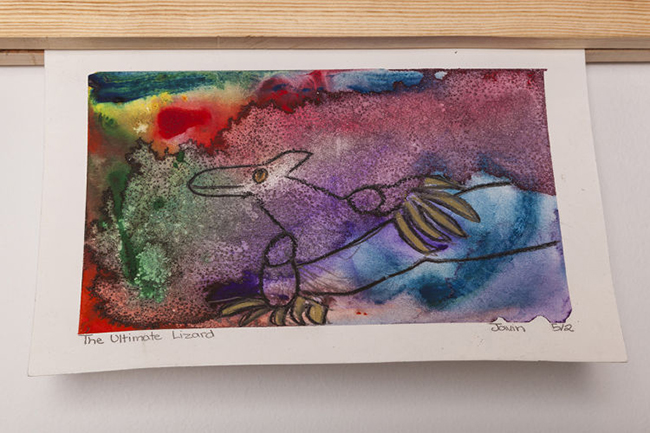 Community and Cultural Diversity
Community and Cultural Diversity 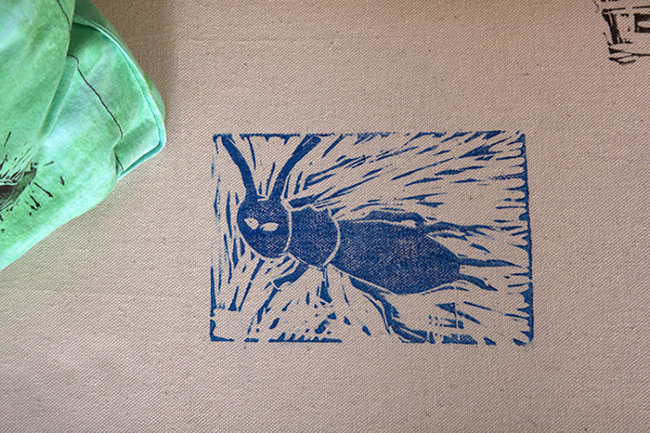 My Bug Friend: Getting to Know Our Neighbours
My Bug Friend: Getting to Know Our Neighbours 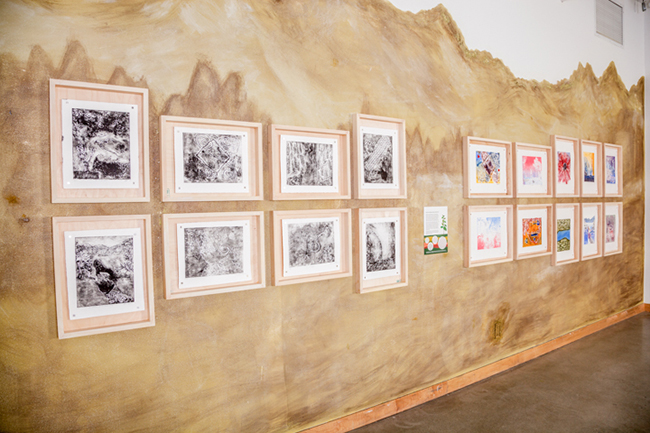 How Do the Valhallas Influence Who We Are?
How Do the Valhallas Influence Who We Are? 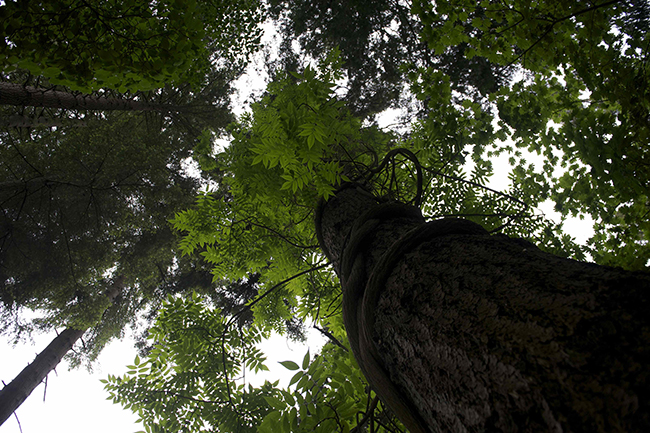 Alex
Alex 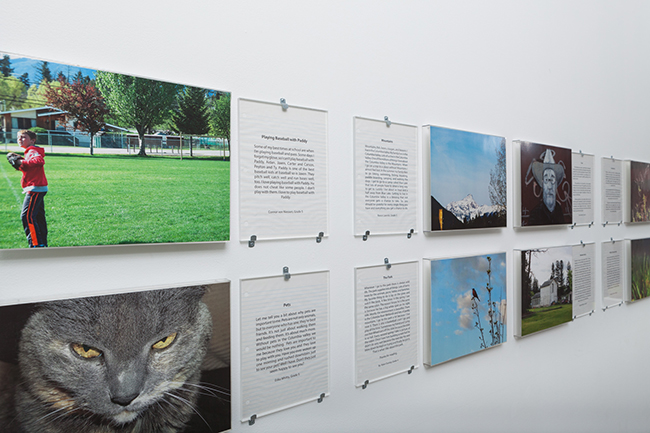 Life is Story
Life is Story 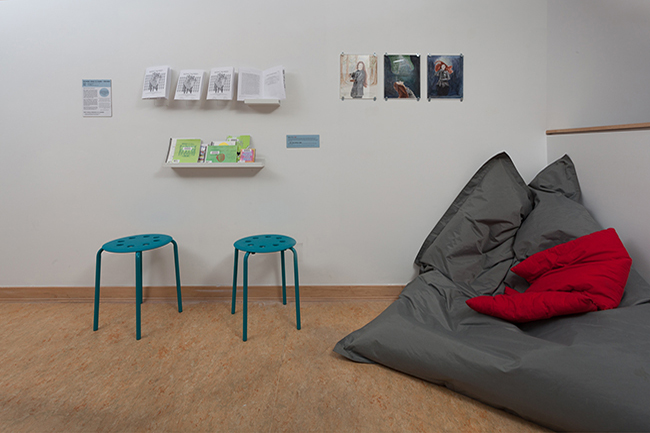 Speaking Verse to Power - Uncaged
Speaking Verse to Power - Uncaged 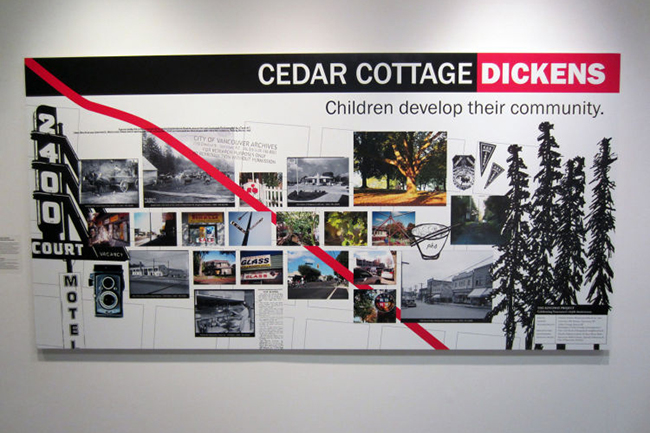 Community Billboards
Community Billboards 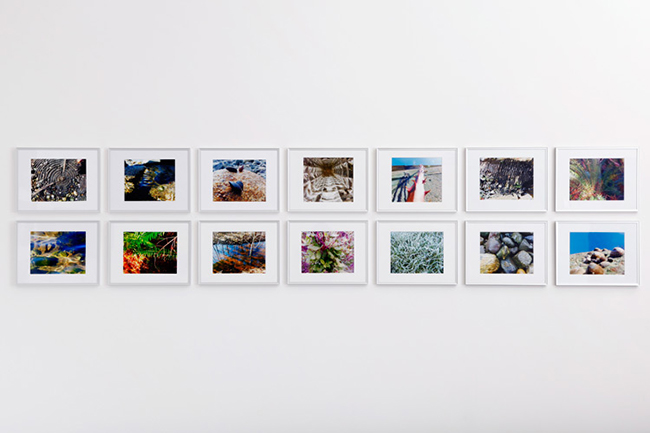 Coast in Focus
Coast in Focus 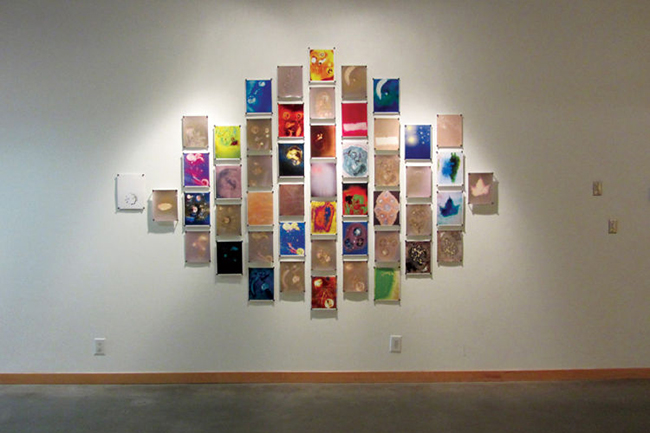 Botanical Traces: Lumen Prints and the Environment
Botanical Traces: Lumen Prints and the Environment 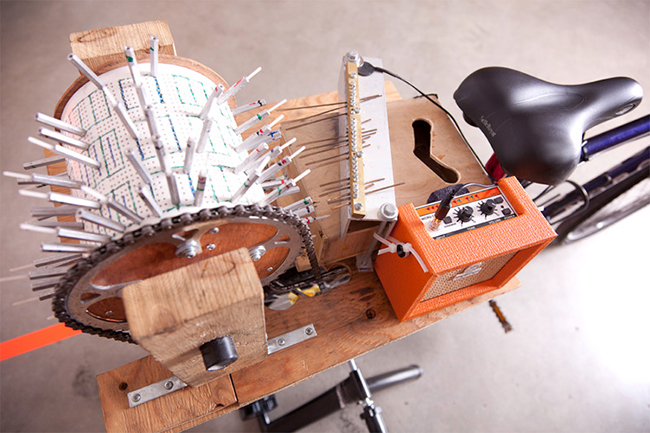 Sonic Playground
Sonic Playground 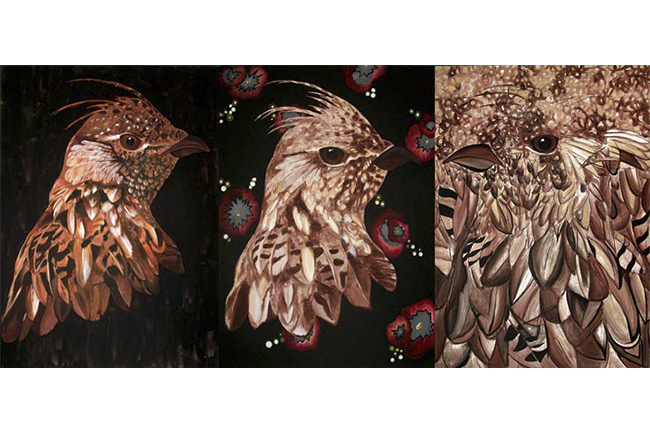 Série Perdrix
Série Perdrix 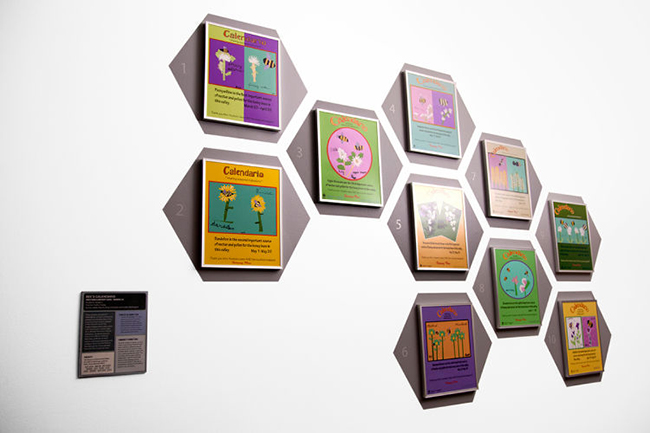 Bee's Calendario
Bee's Calendario 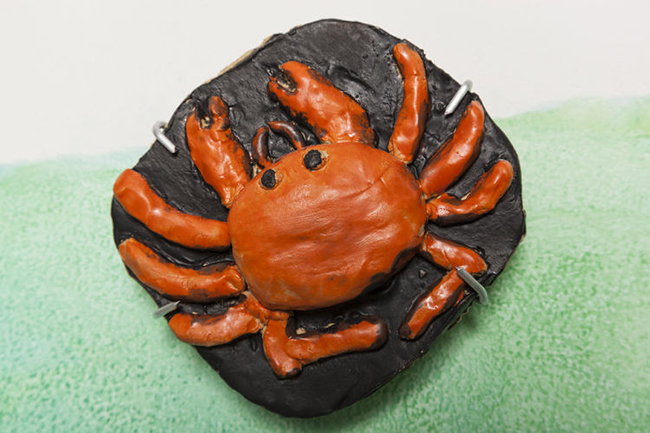 Understanding the Tidal Pool through Metaphor
Understanding the Tidal Pool through Metaphor 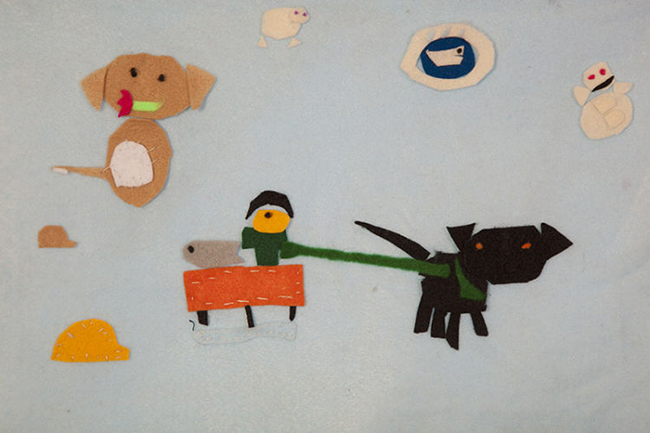 Inuit Felt Collages
Inuit Felt Collages 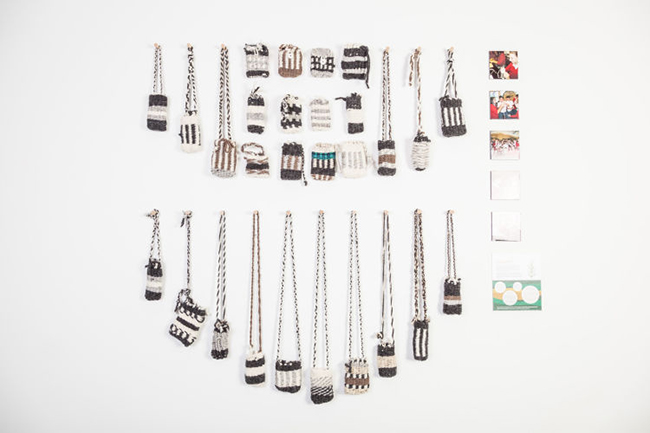 Northwest Coast First Nations Design Mentorship
Northwest Coast First Nations Design Mentorship 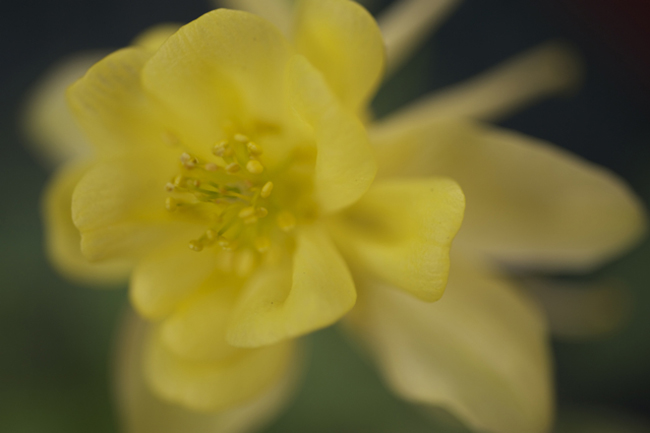 Gayatri
Gayatri 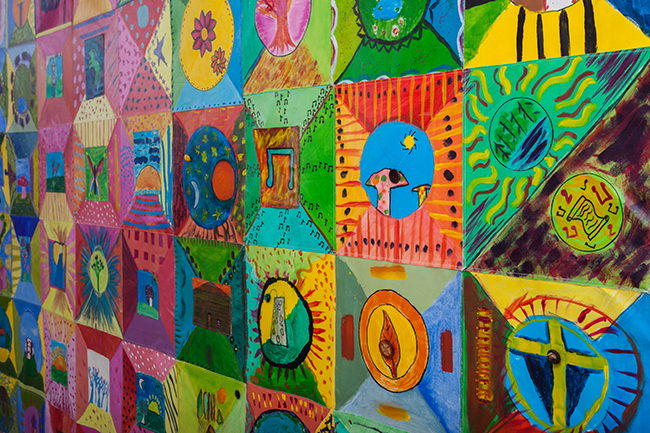 Impressions of Time: Our Community
Impressions of Time: Our Community 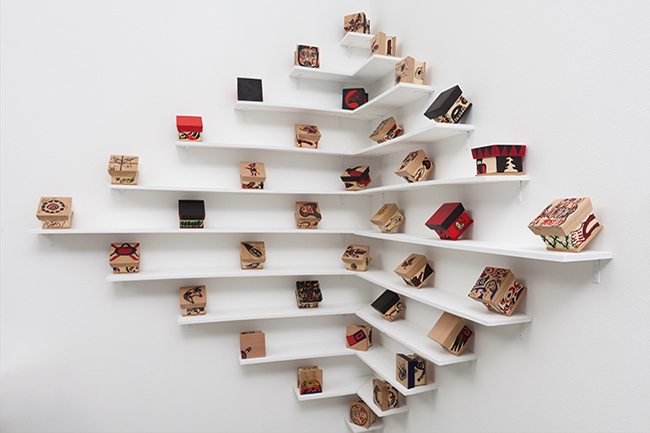 The Bentwood Box Project
The Bentwood Box Project 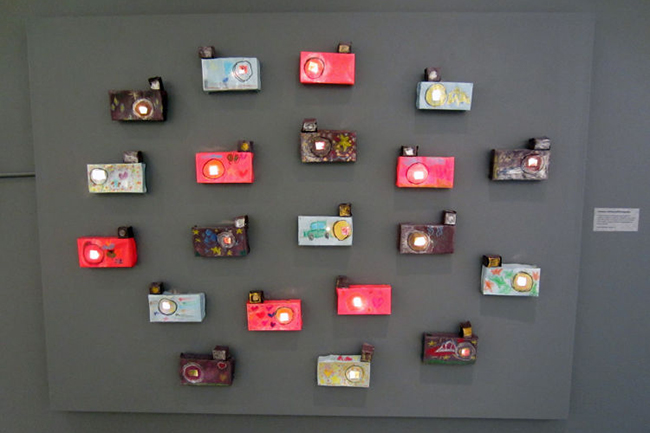 Cameras, Framing and Photography
Cameras, Framing and Photography 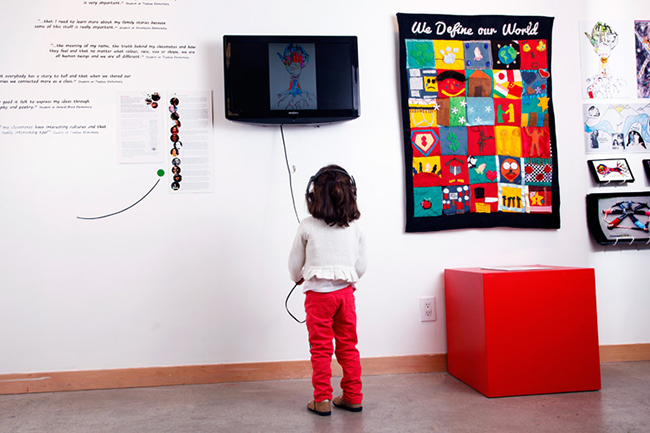 HumanEYES
HumanEYES 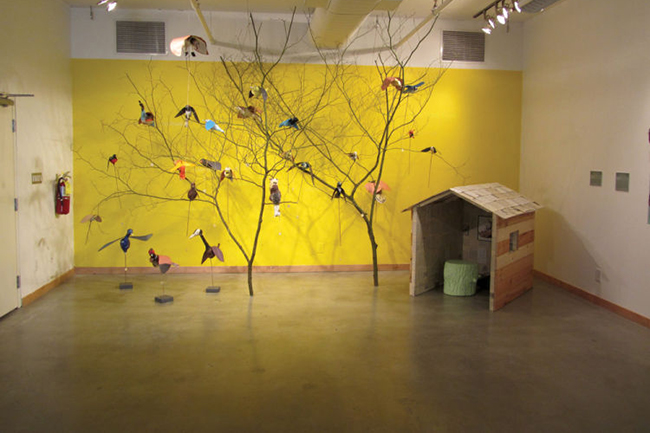 A Bird’s Eye View of Enderby
A Bird’s Eye View of Enderby 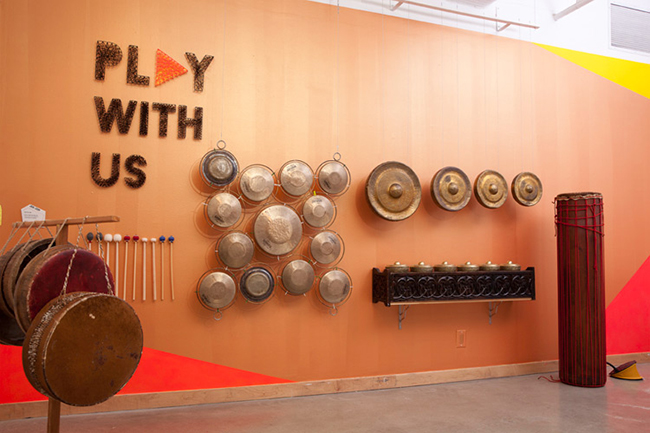 Play Wall
Play Wall 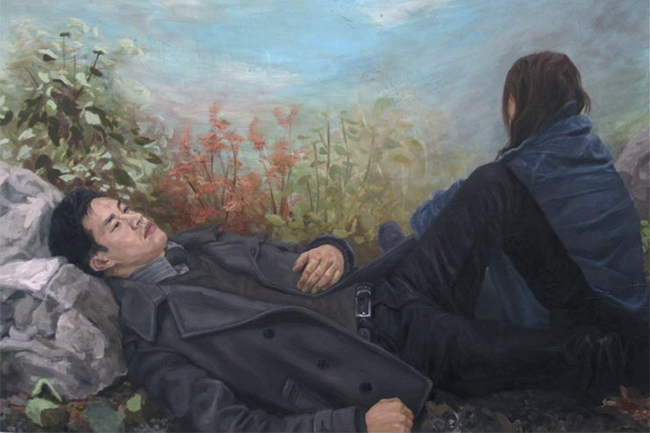 The Changing Landscape
The Changing Landscape 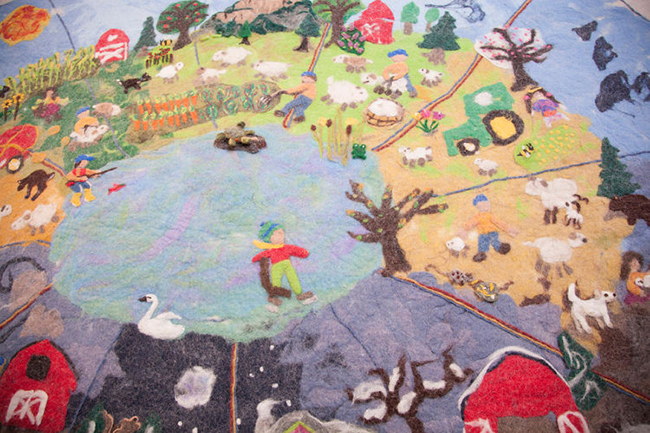 Sheep's Calendario
Sheep's Calendario 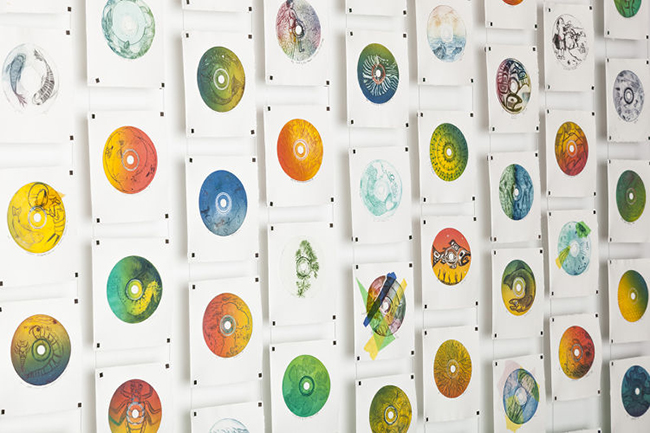 Water, Micro and Macro
Water, Micro and Macro 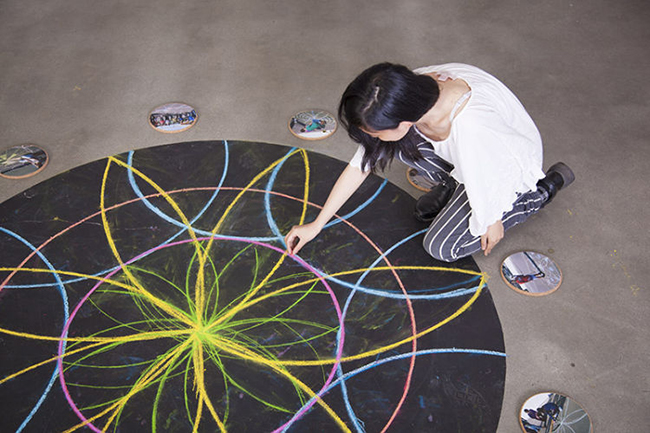 Mandala Math Chalk Circles
Mandala Math Chalk Circles 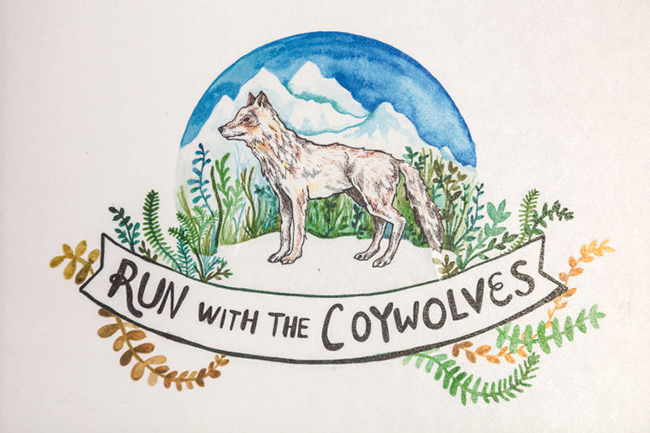 Windsor Wild School: Coywolves
Windsor Wild School: Coywolves 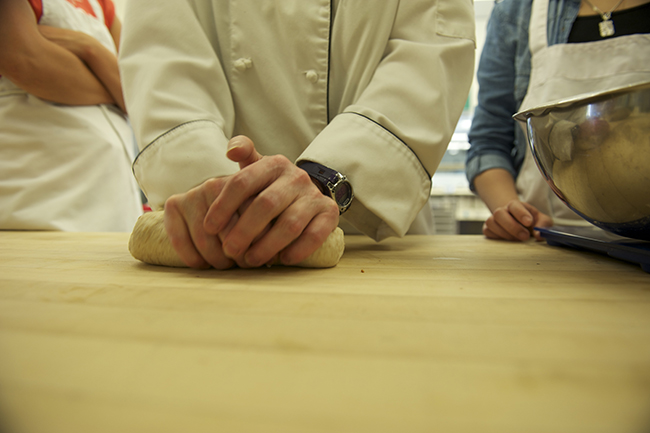 Lilian
Lilian 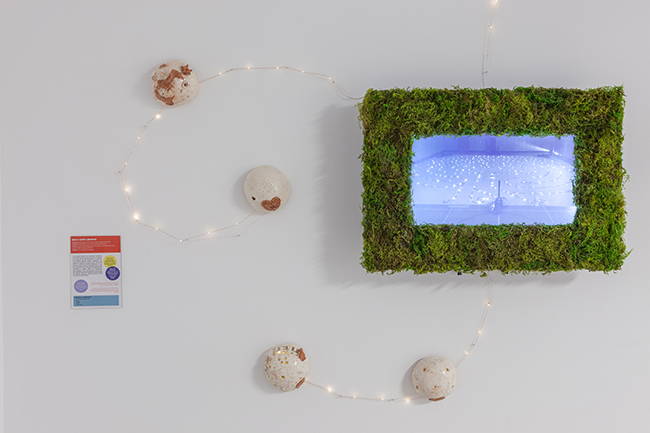 Brown Earth Labyrinth
Brown Earth Labyrinth 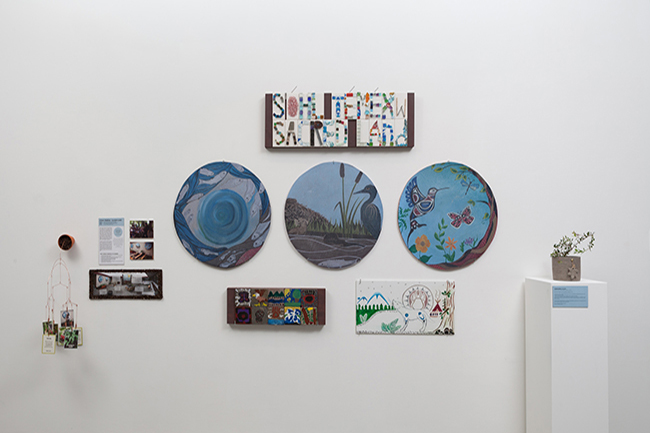 S’ólh Téméxw - Sacred Land
S’ólh Téméxw - Sacred Land 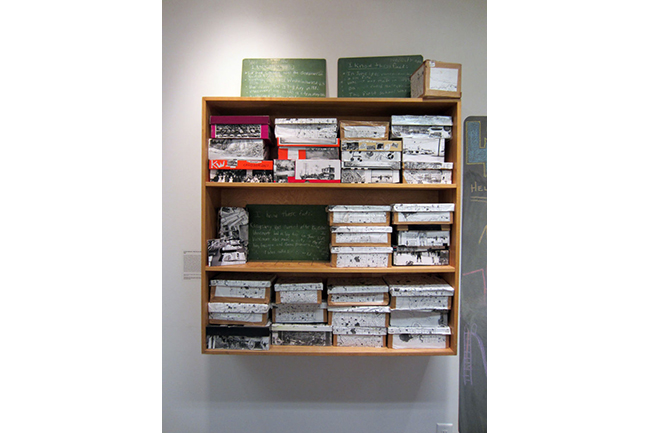 Archive Boxes: What Do We Collect and Why?
Archive Boxes: What Do We Collect and Why? 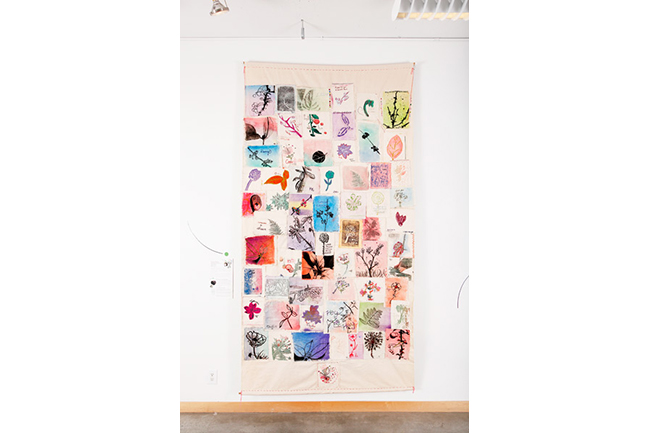 Art in the Courtyard: A Botanist’s Journey
Art in the Courtyard: A Botanist’s Journey 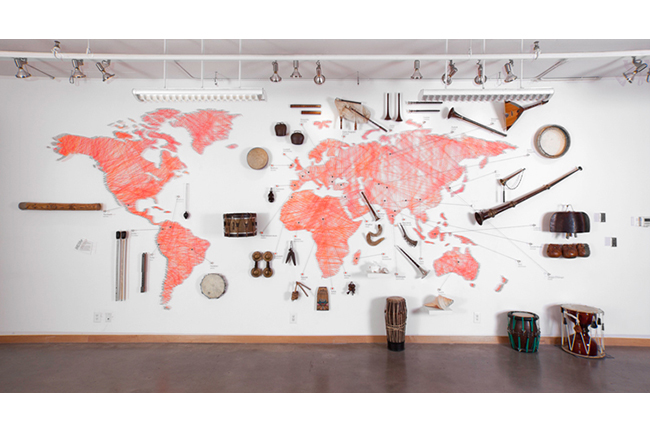 Musical Map Wall
Musical Map Wall 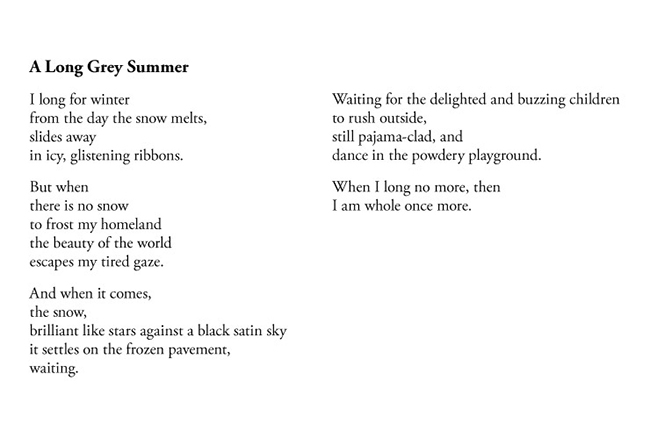 A Long Grey Summer
A Long Grey Summer 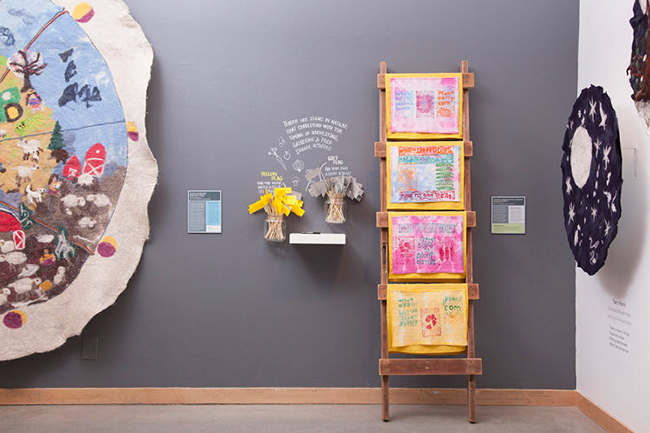 Looking at Signs in Nature, Calendario
Looking at Signs in Nature, Calendario 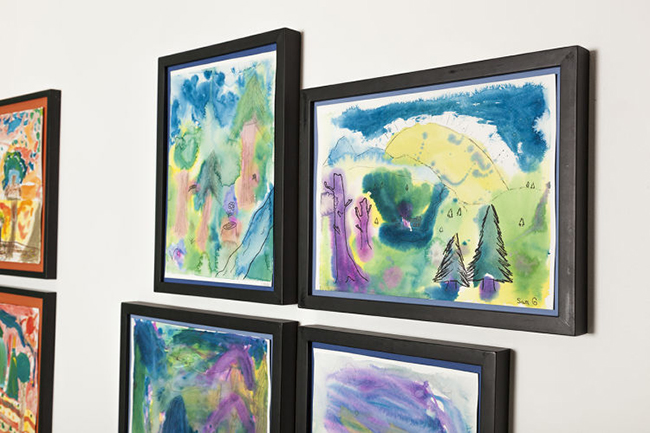 Sunlight and Shadows
Sunlight and Shadows 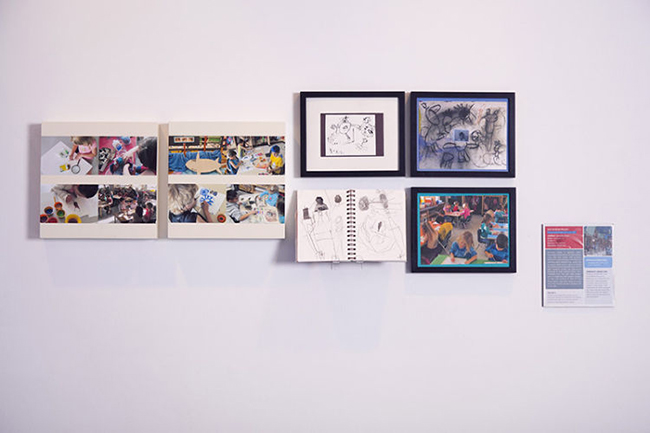 The Passion Project
The Passion Project 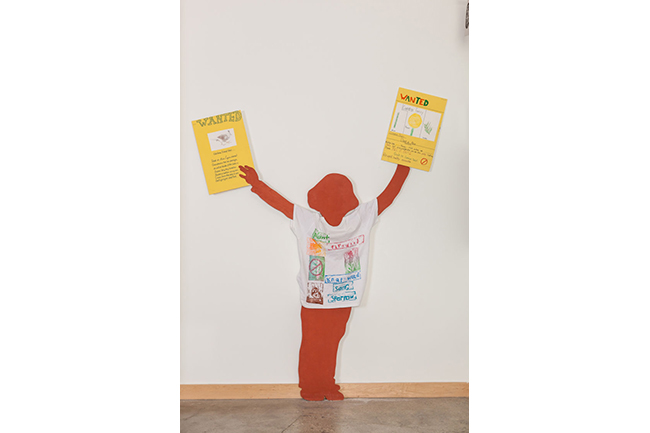 Gardenscapes
Gardenscapes 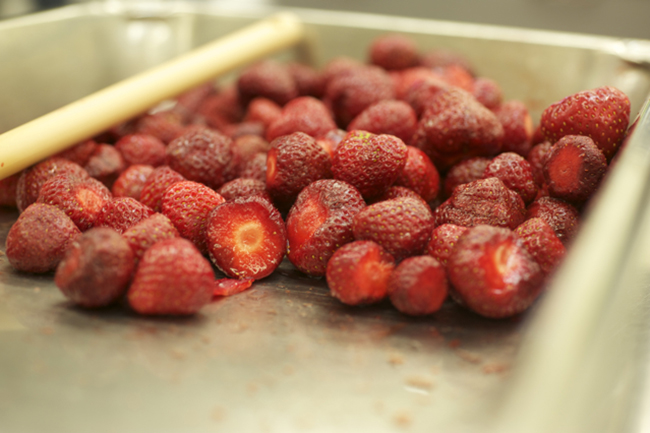 Jeffrey
Jeffrey 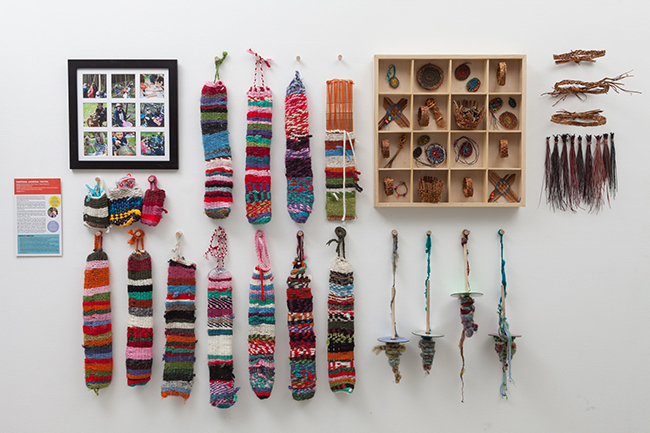 Traditional Aboriginal Weaving
Traditional Aboriginal Weaving 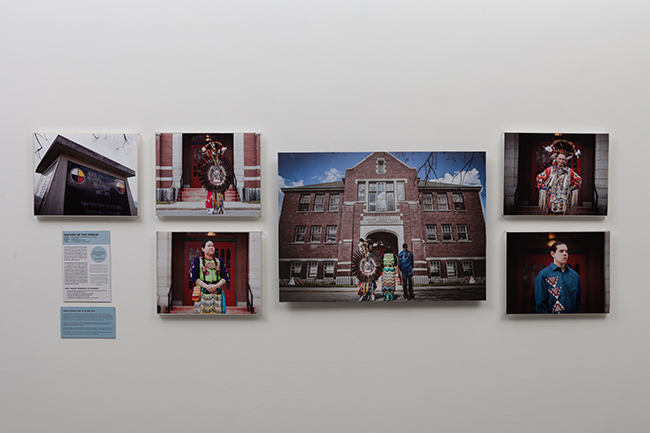 Walking in Two Worlds
Walking in Two Worlds 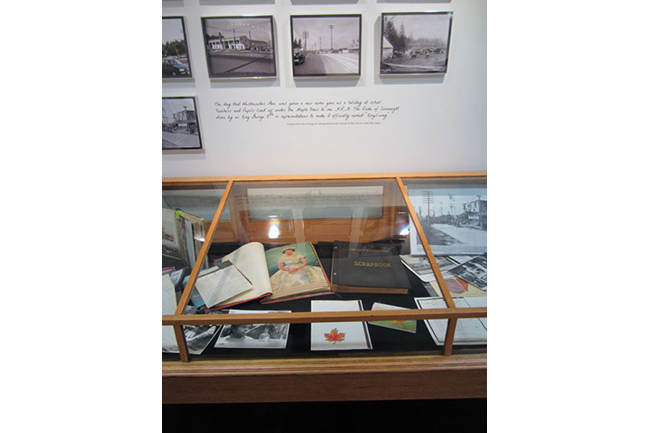 Archival Research
Archival Research 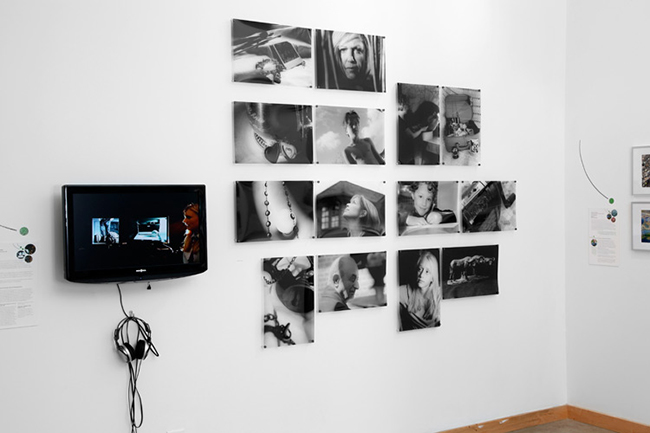 Separate Grounds
Separate Grounds 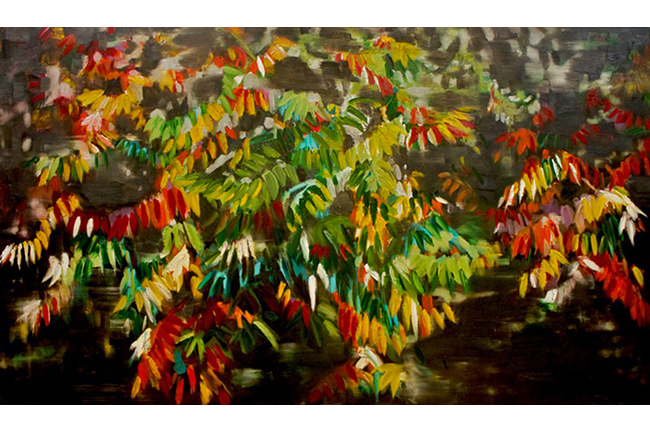 The Fall
The Fall 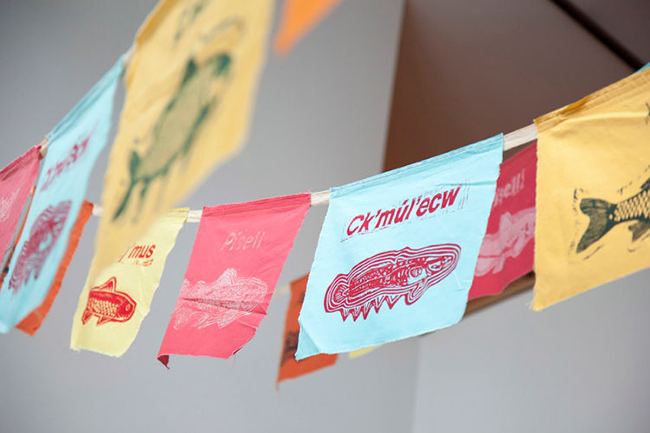 Fish Prayer Flags, Calendario
Fish Prayer Flags, Calendario 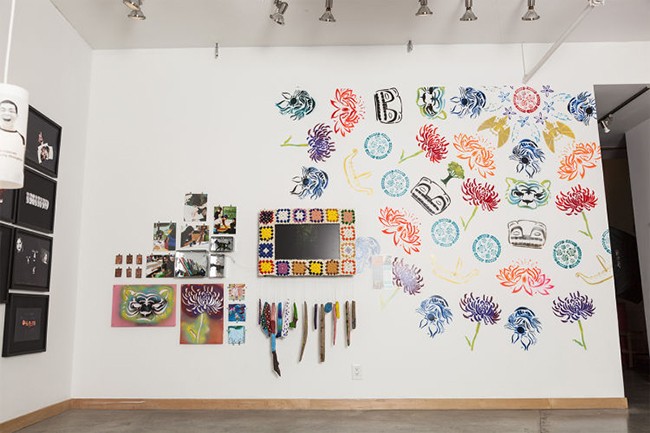 Sense of Place
Sense of Place 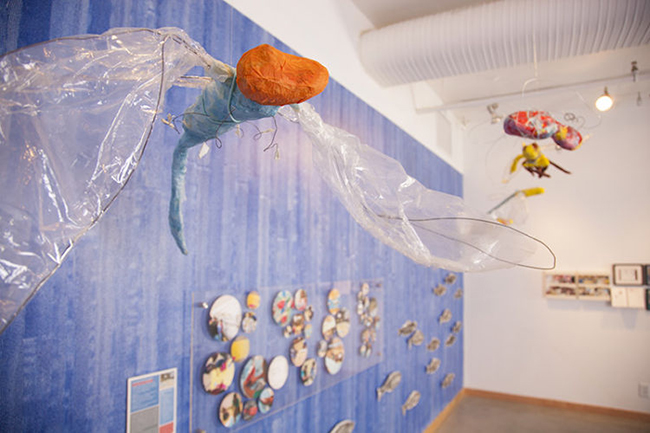 Splashing into the Current
Splashing into the Current 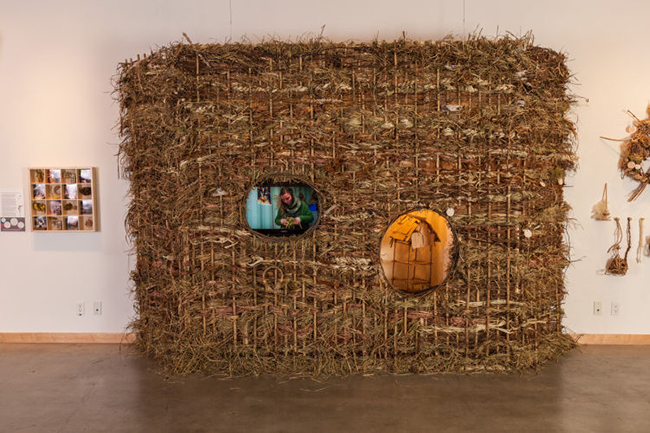 Buzzscaping Trillium North Park: Building a Pollinator House
Buzzscaping Trillium North Park: Building a Pollinator House 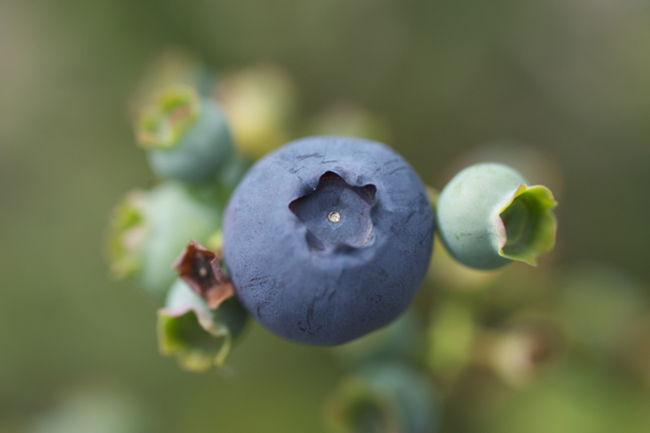 Katie
Katie 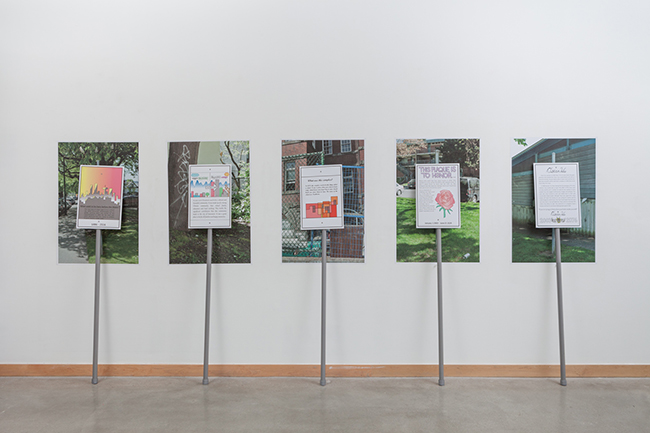 Future Markers
Future Markers 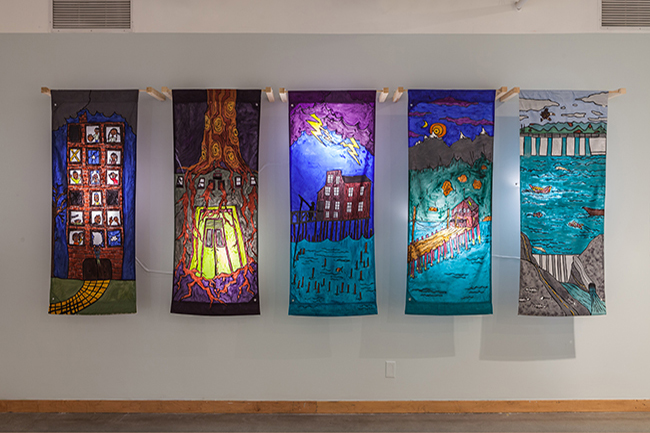 The Salmon Connection
The Salmon Connection 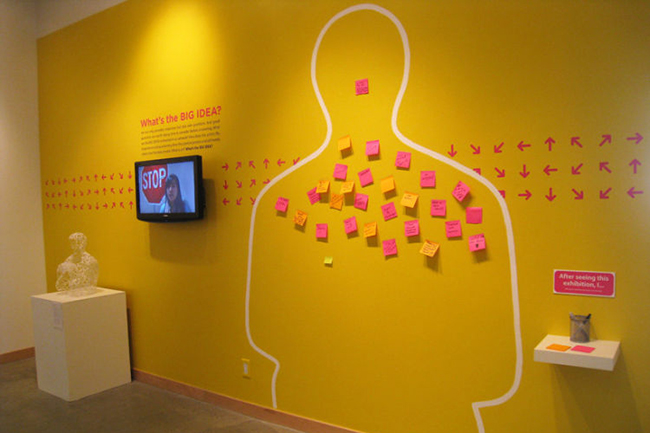 After Seeing This Exhibition I...
After Seeing This Exhibition I... 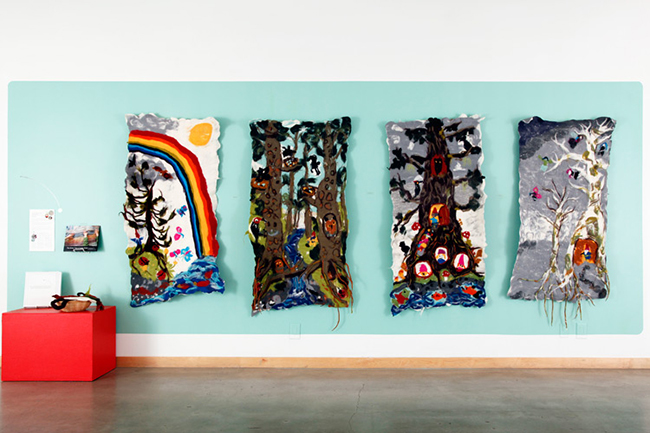 The Giving Trees of Haida Gwaii
The Giving Trees of Haida Gwaii 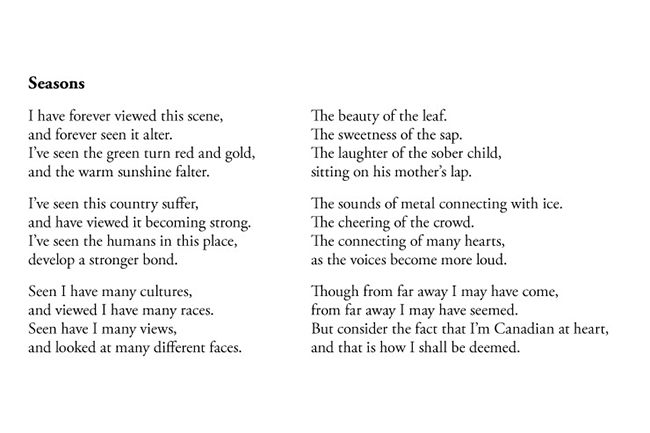 Seasons
Seasons 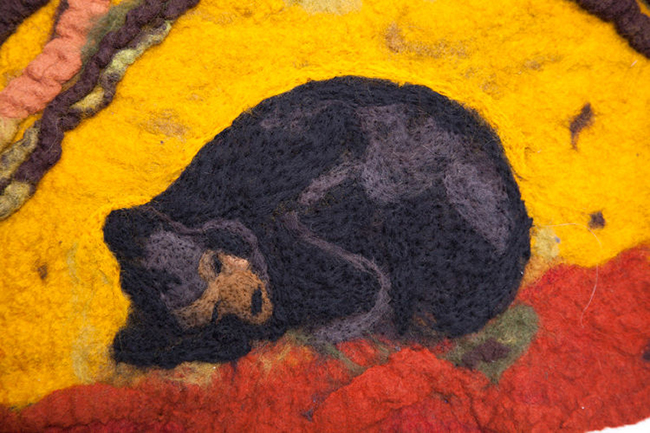 Taan's Moons
Taan's Moons 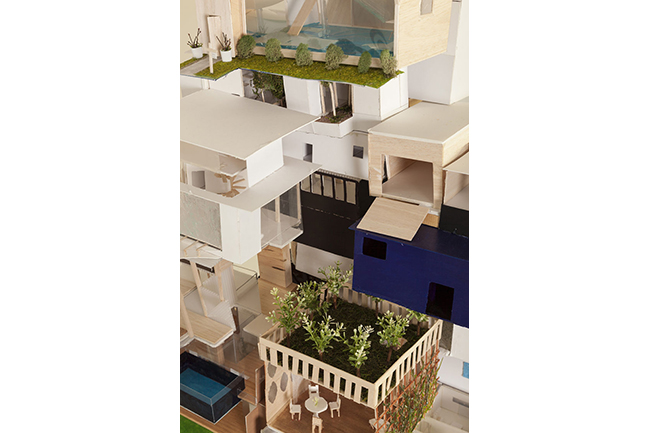 Rethinking Dwelling
Rethinking Dwelling 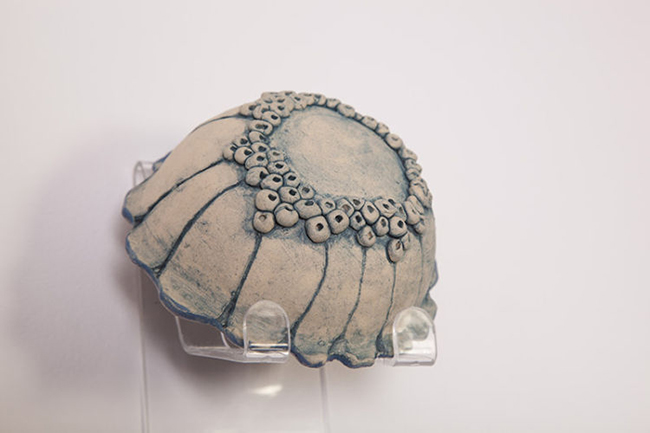 Stone Soup
Stone Soup 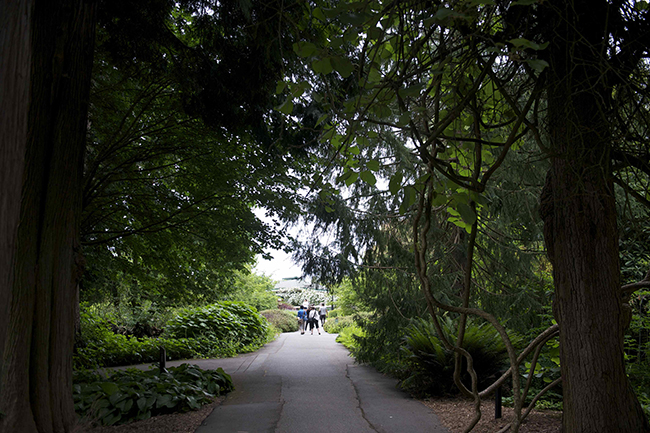 Maggie
Maggie 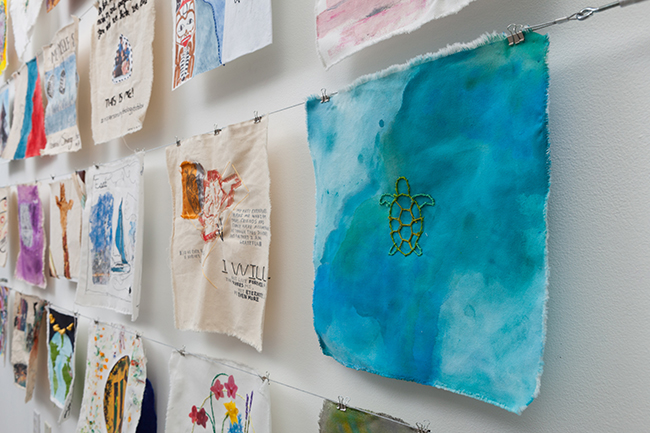 Personal Histories and Mythologies
Personal Histories and Mythologies 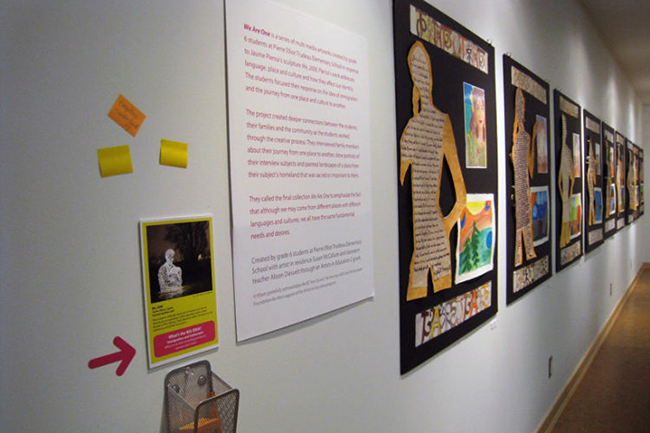 We Are One
We Are One 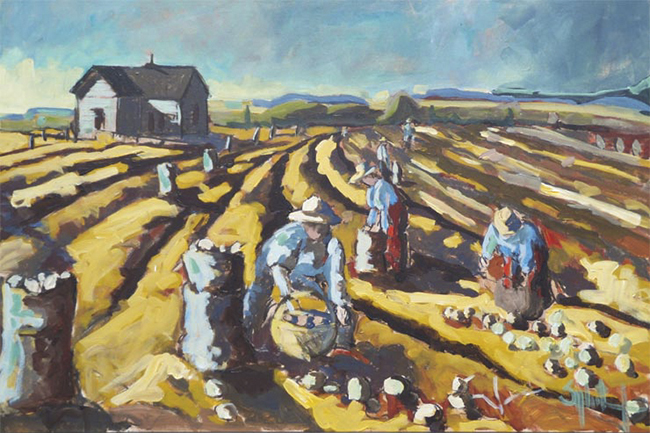 La Récolte
La Récolte 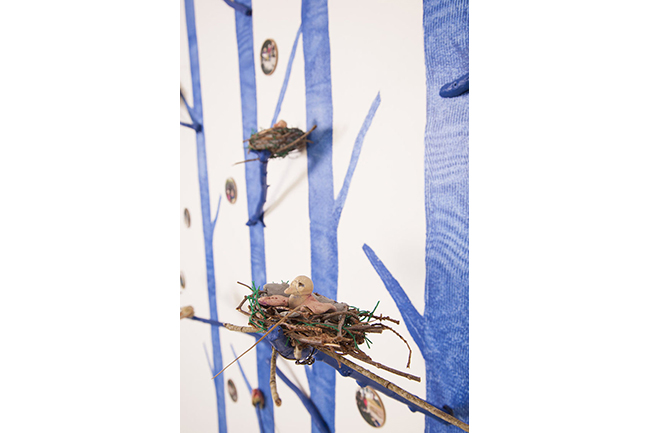 Birds of a Feather: An Embodied Investigation
Birds of a Feather: An Embodied Investigation 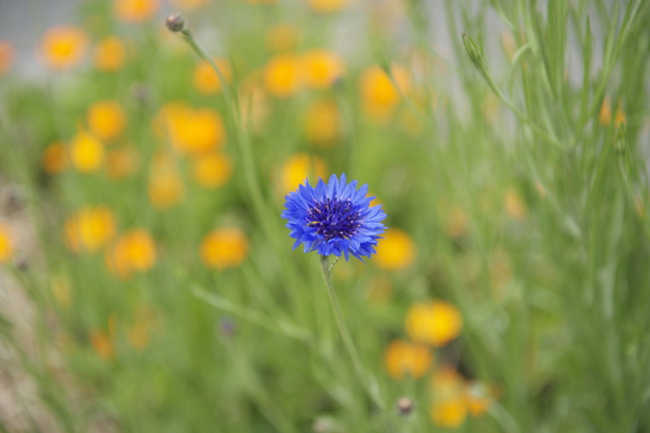 Janette
Janette 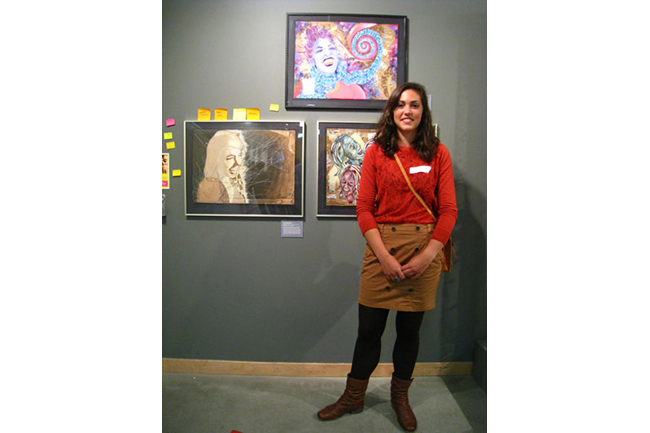 Celebrating Young Artists
Celebrating Young Artists 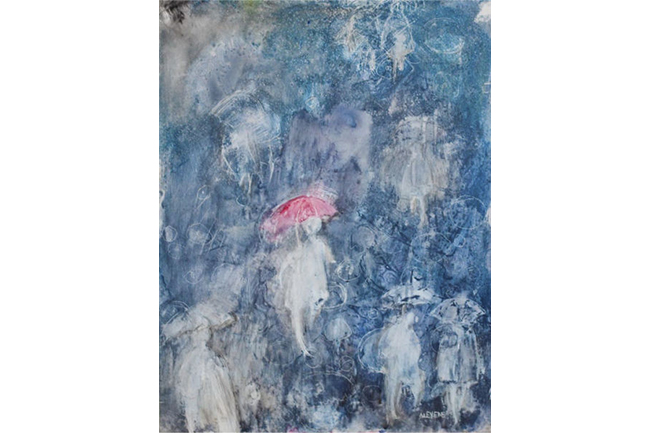 Vancouver with Ghosts
Vancouver with Ghosts 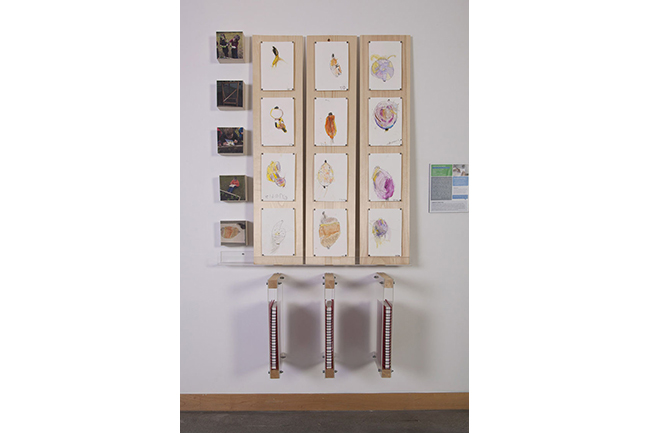 A Walk in Our Garden
A Walk in Our Garden 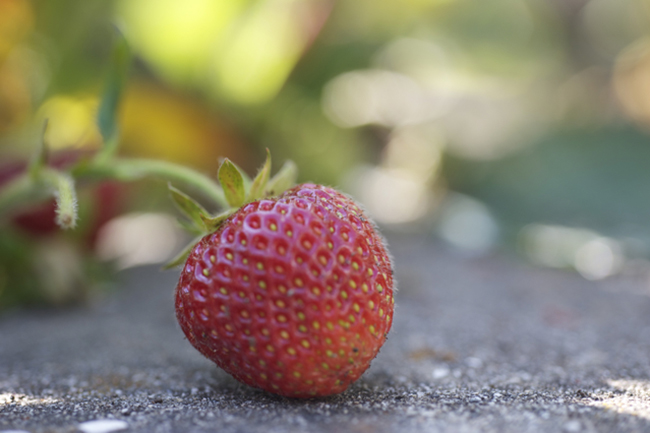 Nicole
Nicole 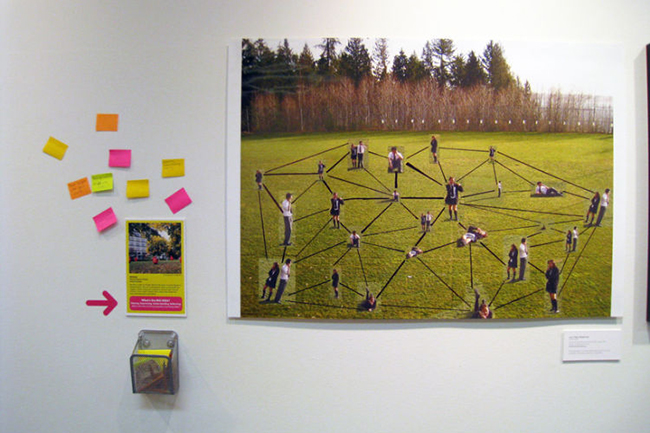 What's The Big Idea?
What's The Big Idea? 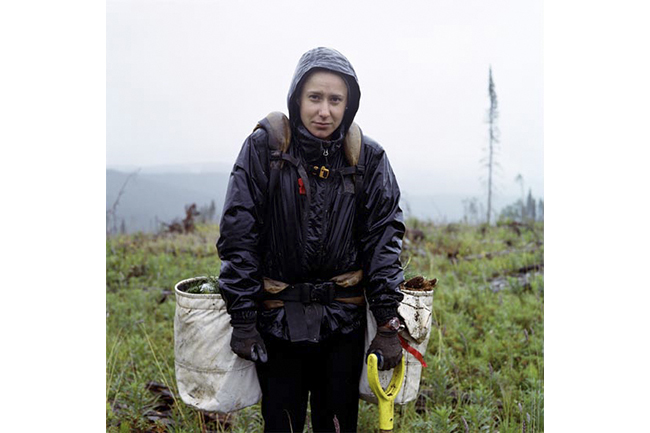 Alice - Grande Prairie
Alice - Grande Prairie 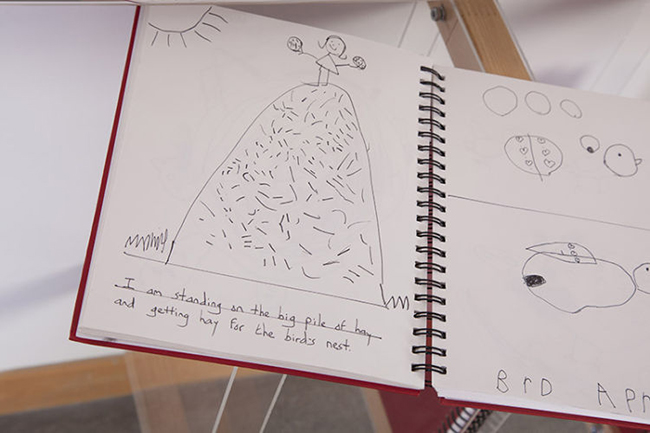 Visual Journals
Visual Journals 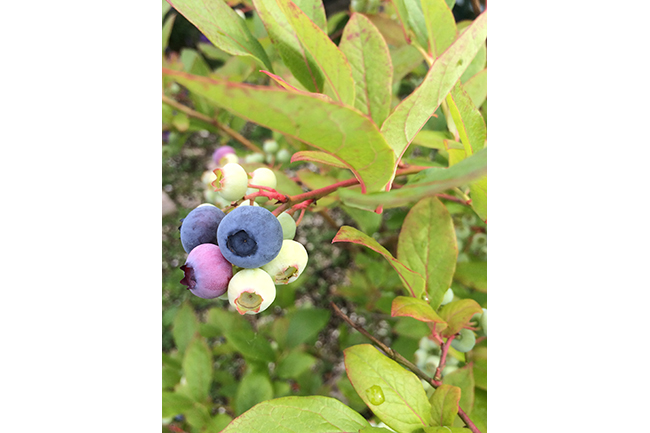 Alyssa
Alyssa 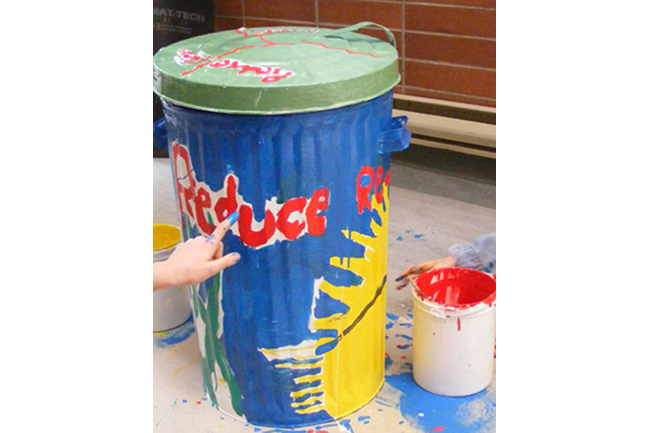 Where Our Forest Meets Our Sea
Where Our Forest Meets Our Sea 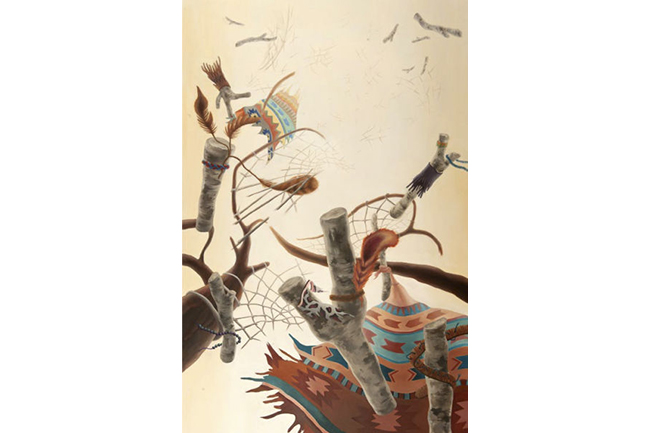 Separated Connection
Separated Connection 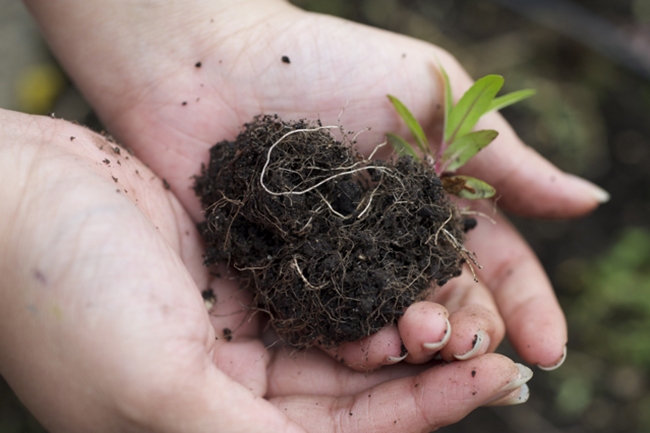 Olivia
Olivia 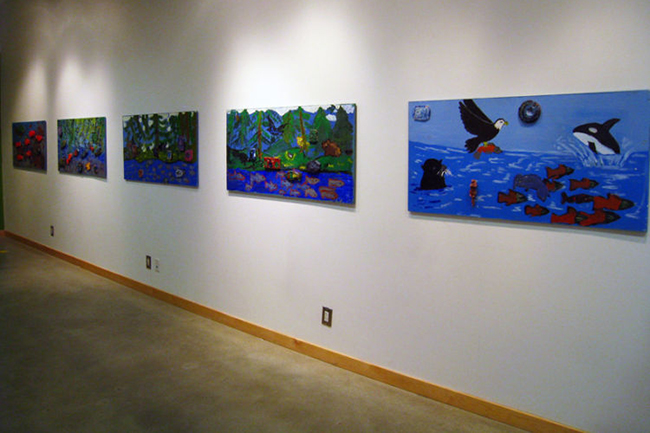 Salmon Come Home
Salmon Come Home 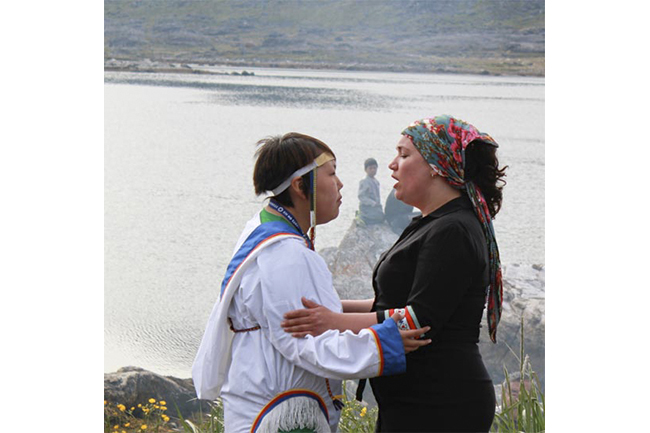 The Call of the Wild
The Call of the Wild 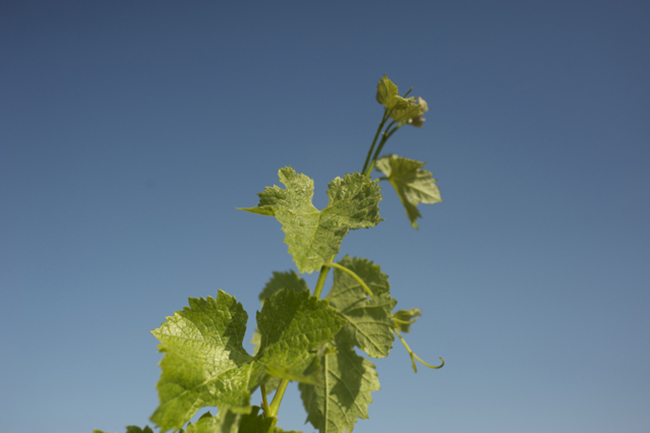 Julian
Julian 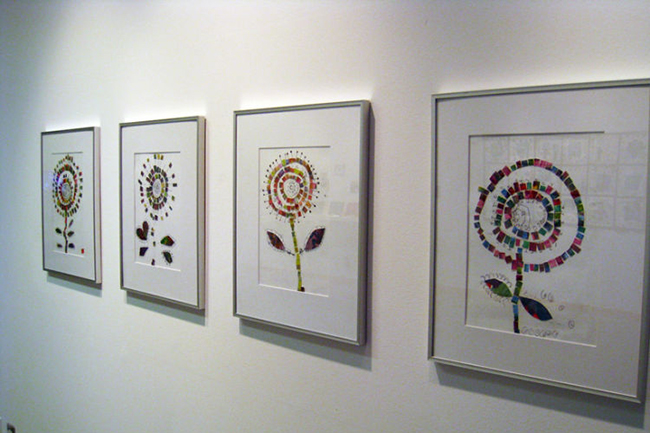 Inspired by Klimt
Inspired by Klimt 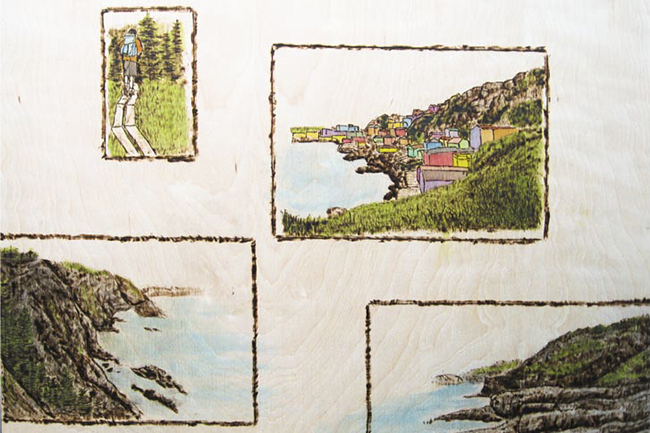 Awakening on the Coast
Awakening on the Coast 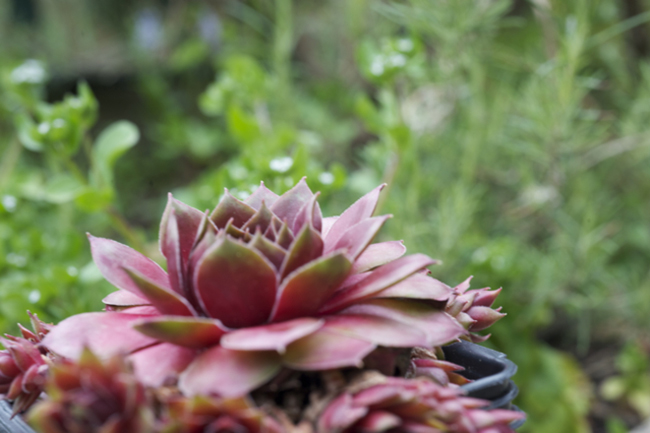 Elizabeth
Elizabeth 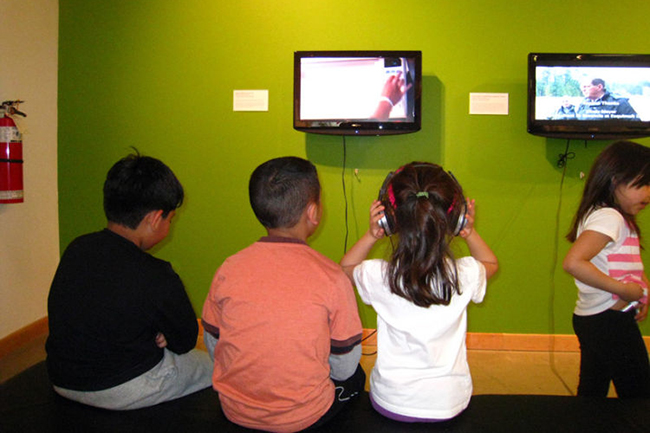 Eco Youth: EnVISIONing a greener future
Eco Youth: EnVISIONing a greener future 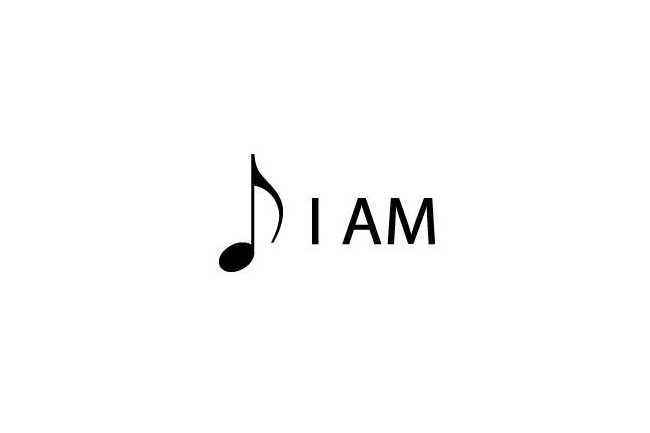 I Am This Country
I Am This Country 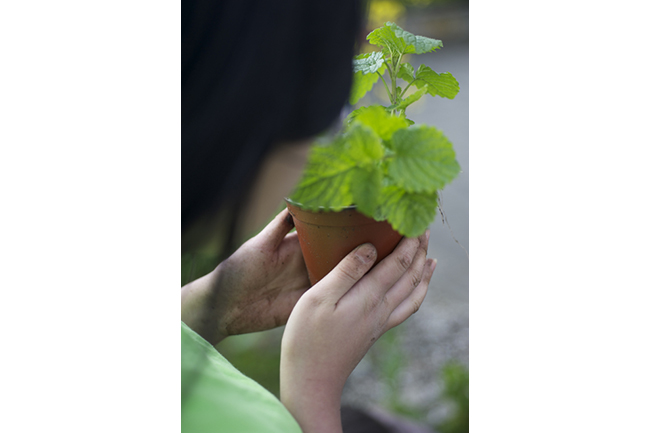 Nathan
Nathan 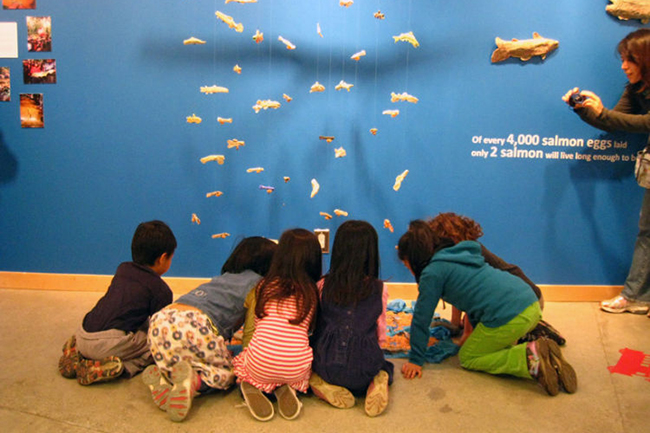 Drawing on Experience
Drawing on Experience 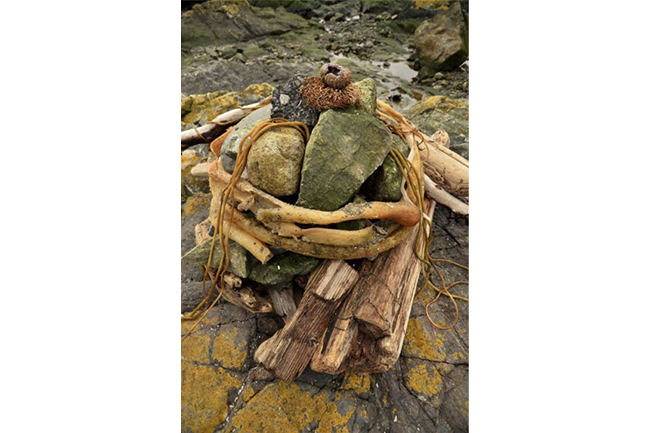 Power of Nature
Power of Nature 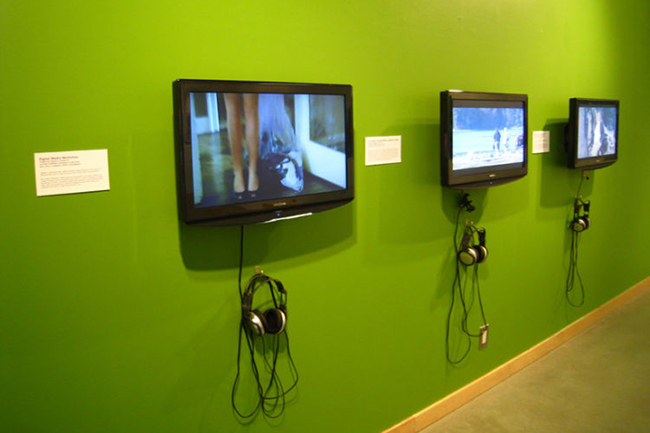 Digital Workshop
Digital Workshop 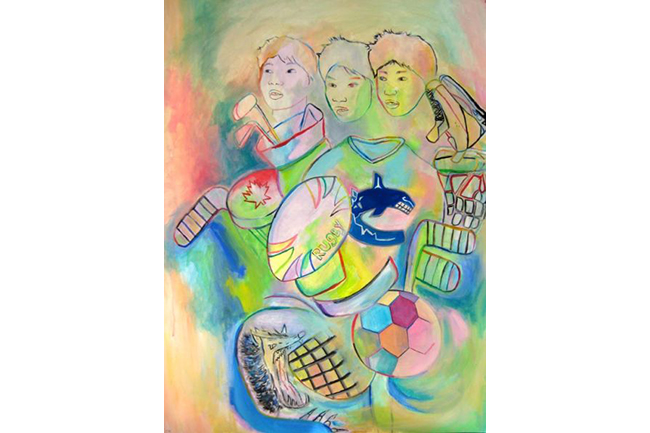 In the Field
In the Field 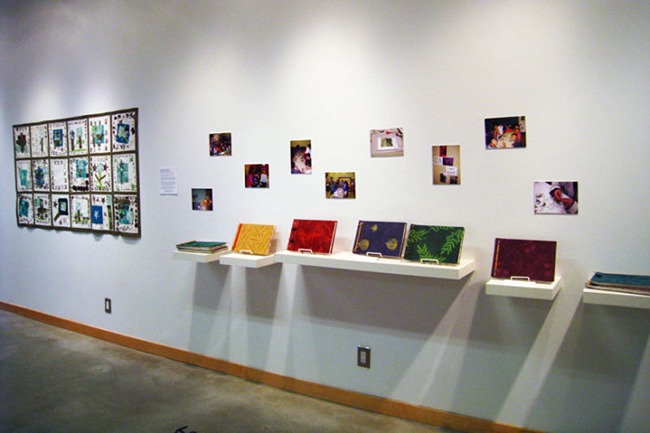 A Pathway to Sustainability
A Pathway to Sustainability 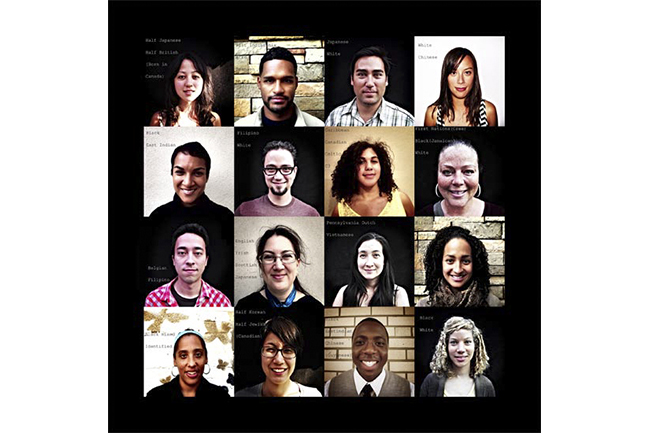 Generation Self-Identification
Generation Self-Identification 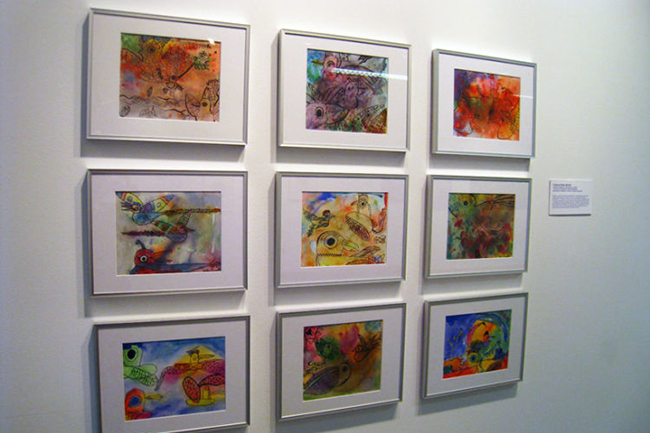 A Brave New World
A Brave New World  Hero on Ice
Hero on Ice 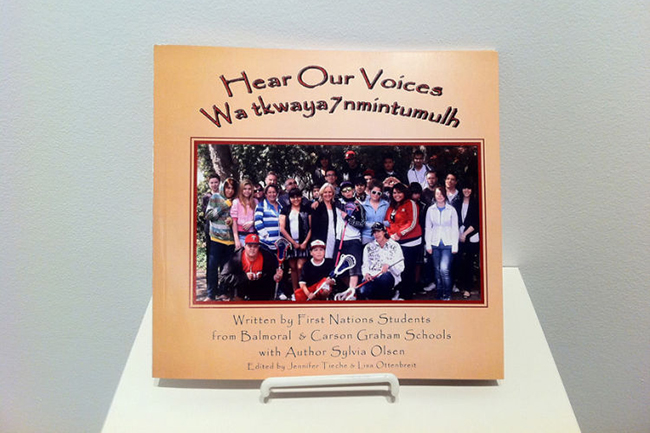 W tkwaya7nmintumulh (Hear Our Voices)
W tkwaya7nmintumulh (Hear Our Voices) 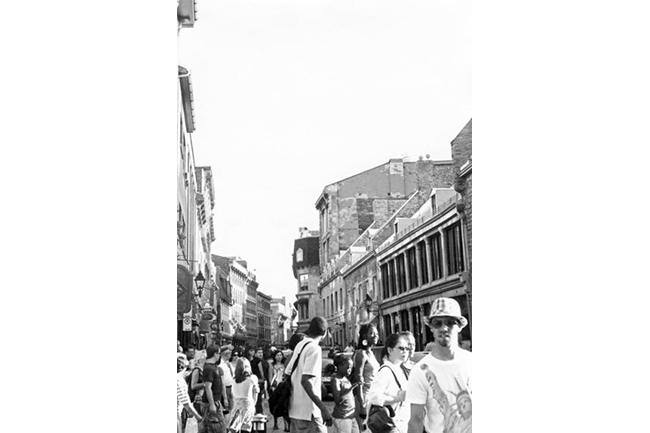 Montreal
Montreal 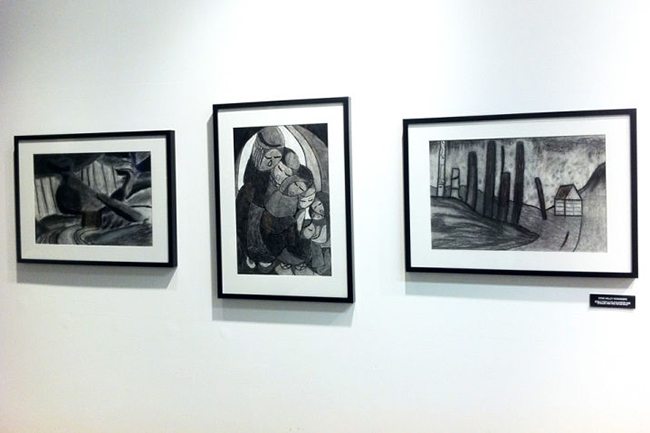 Stein Valley Workshops
Stein Valley Workshops 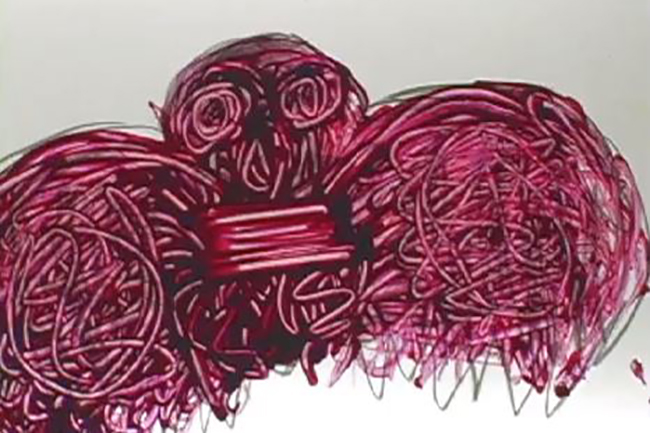 Connection’s Progression
Connection’s Progression 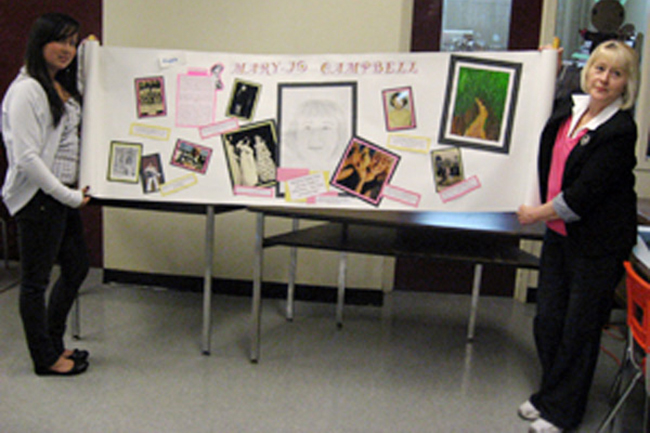 Honour Scrolls
Honour Scrolls 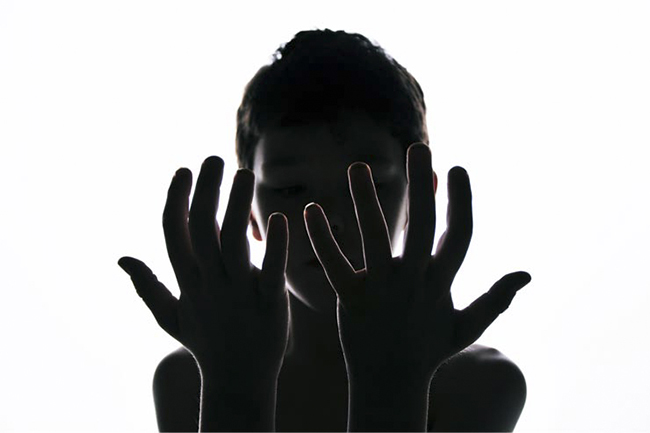 I Love Our Potential
I Love Our Potential 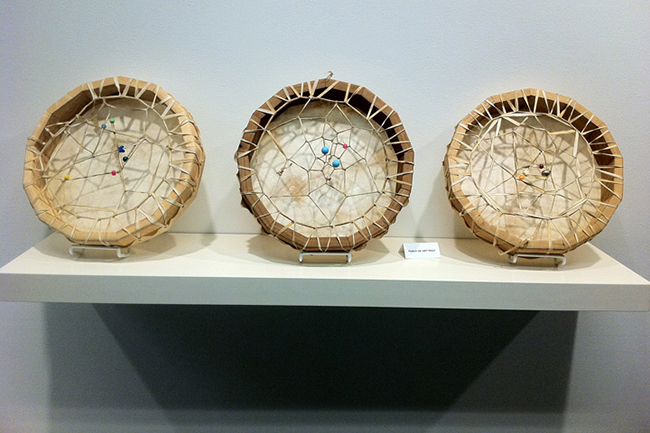 Drums of Signal Hill
Drums of Signal Hill 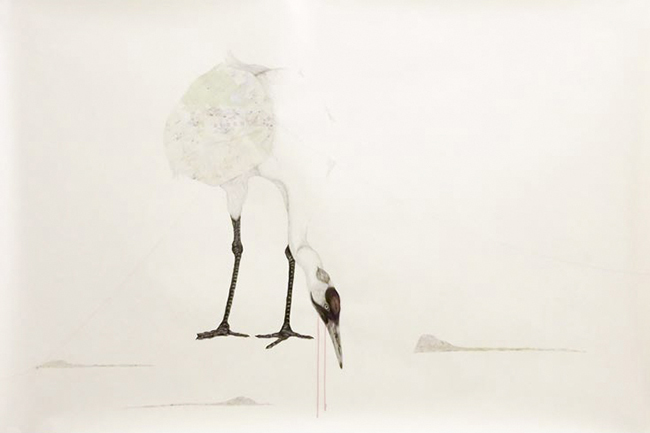 Grus Americana Second
Grus Americana Second 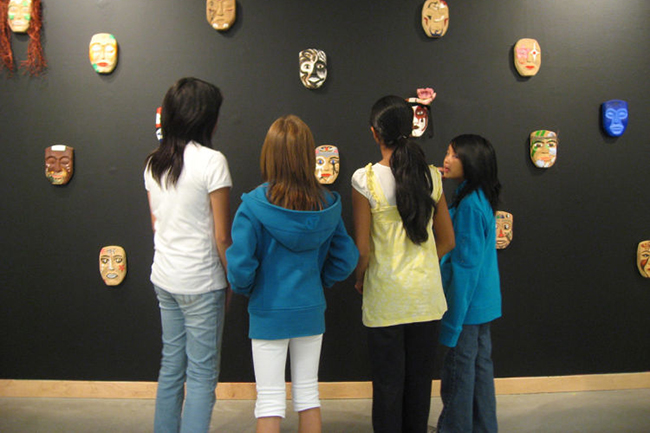 Cedar Masks
Cedar Masks 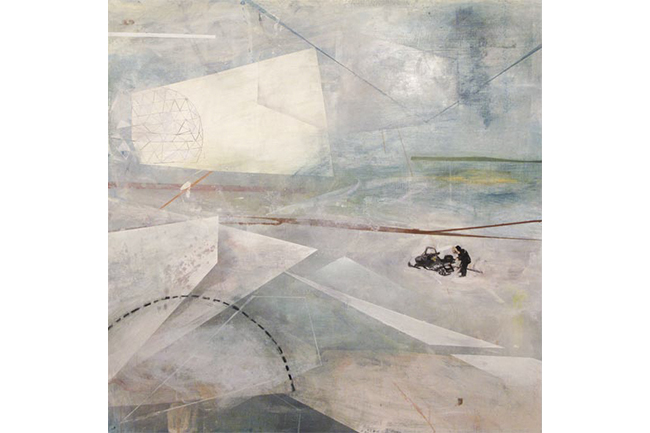 Whapmagoostui 1
Whapmagoostui 1 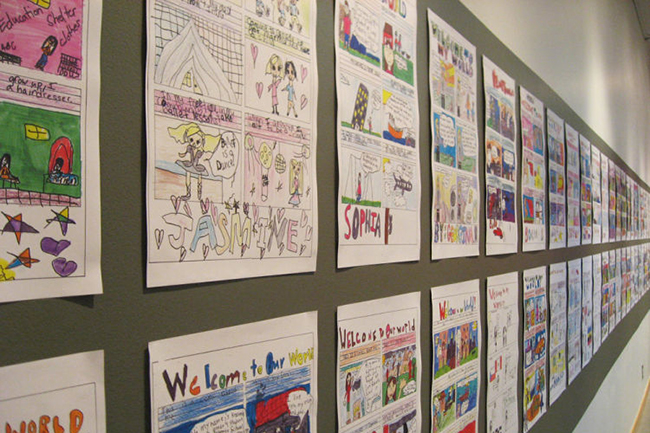 Welcome to Our World Comic Project
Welcome to Our World Comic Project 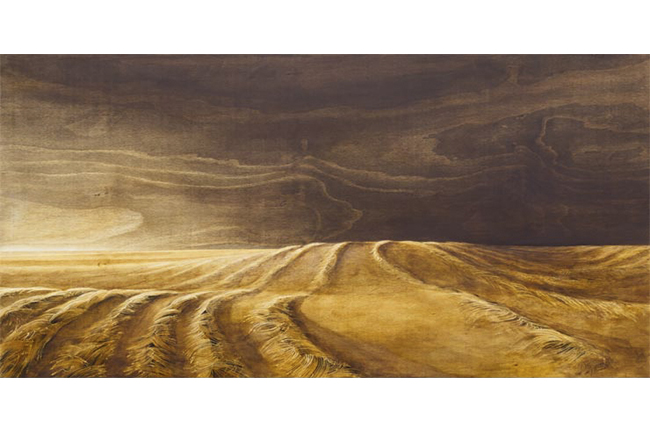 Wheatfield
Wheatfield 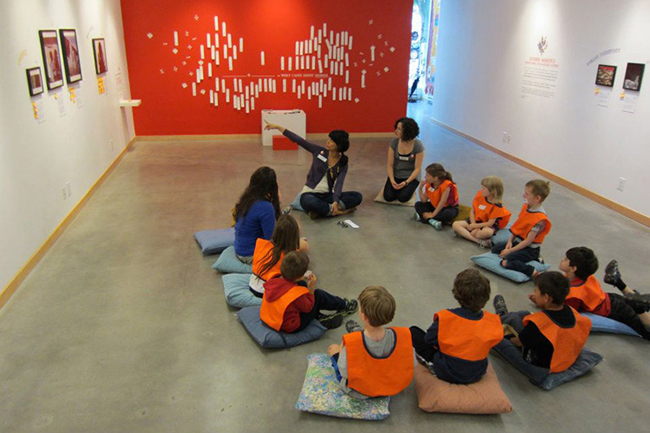 Exploring Defining Moments
Exploring Defining Moments 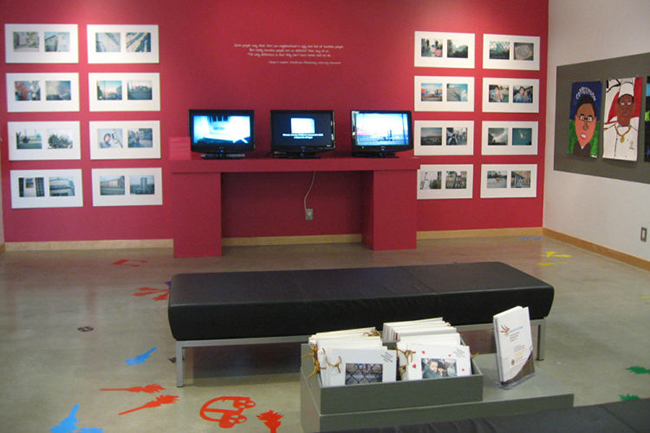 The Princess Avenue Children's Interpretive Walk
The Princess Avenue Children's Interpretive Walk 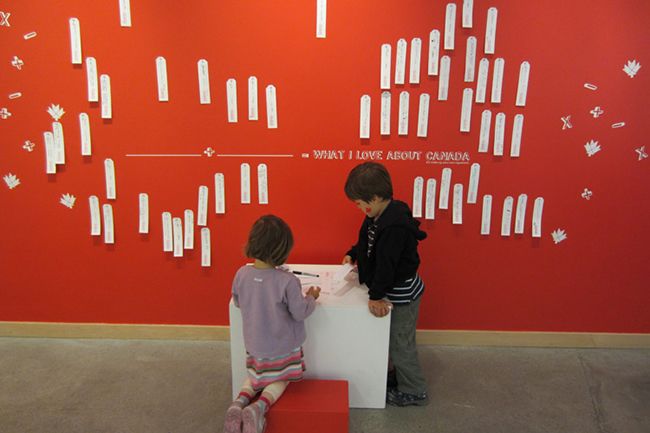 Canadian Equation Feature Wall
Canadian Equation Feature Wall 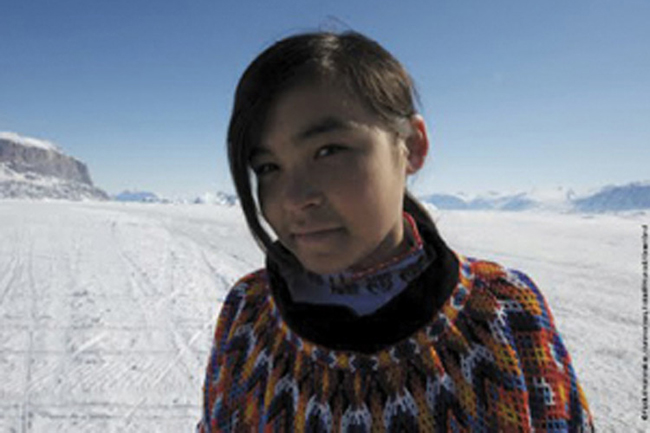 Portraits of Resilience
Portraits of Resilience 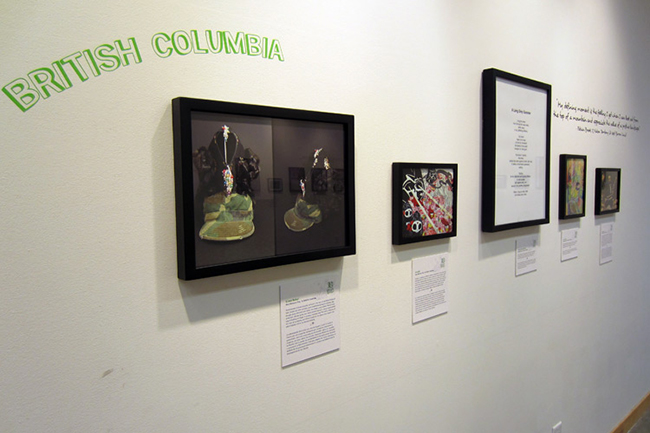 Provincial View
Provincial View 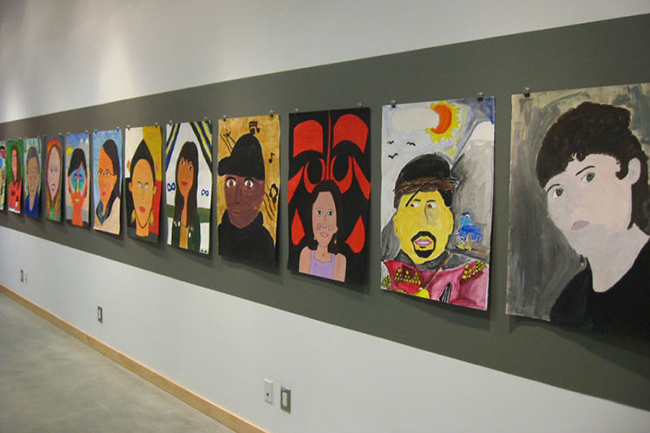 Inspired to Soar: Honouring Living Aboriginal Role Models
Inspired to Soar: Honouring Living Aboriginal Role Models 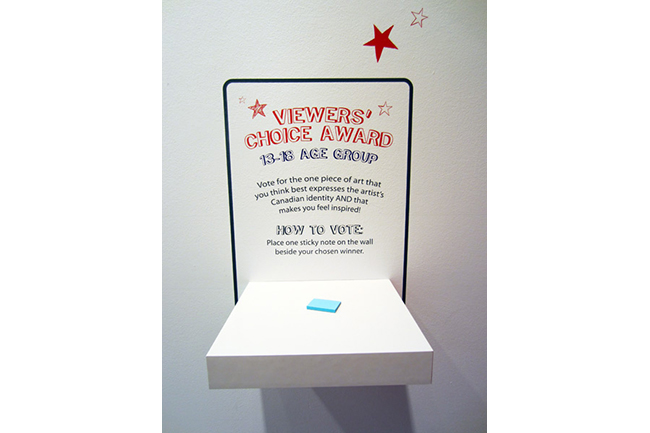 Viewer's Choice
Viewer's Choice 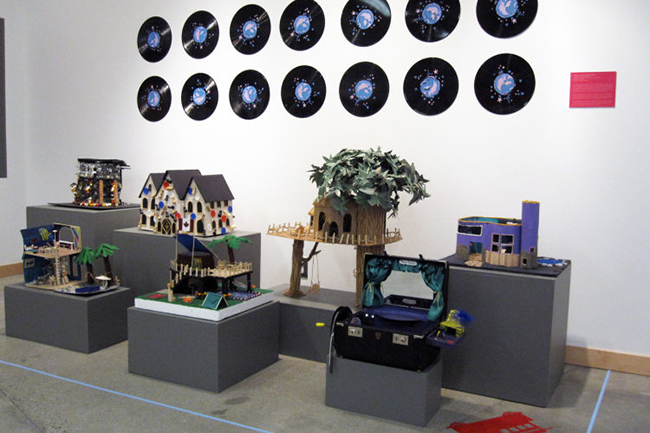 Carte d'une Utopie Politique
Carte d'une Utopie Politique 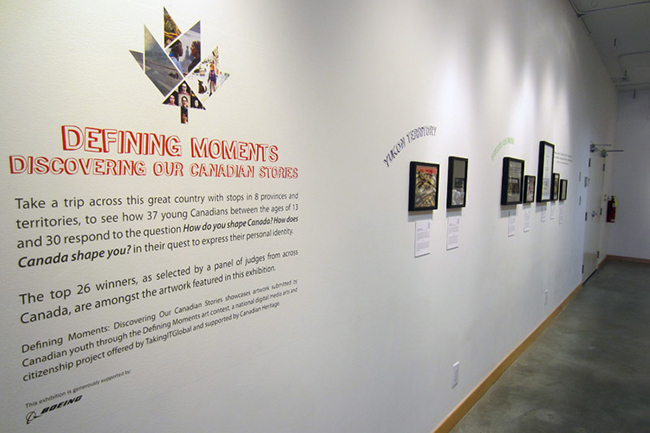 Welcome to Defining Moments
Welcome to Defining Moments 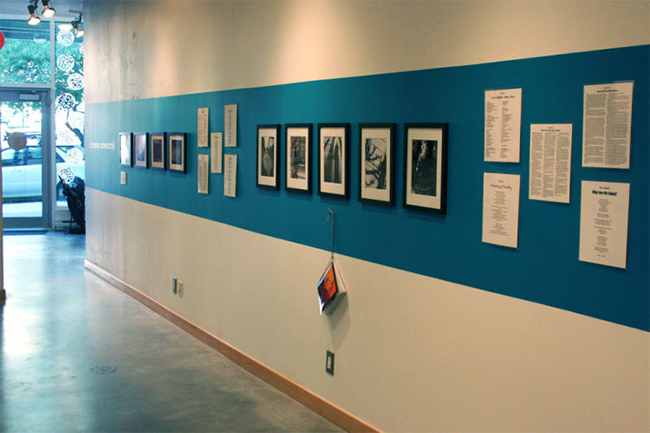 Stories of Compassion
Stories of Compassion 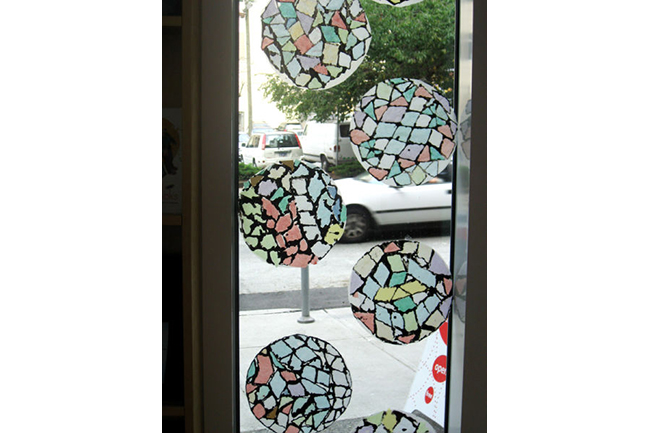 Stained Glass Mosaics
Stained Glass Mosaics 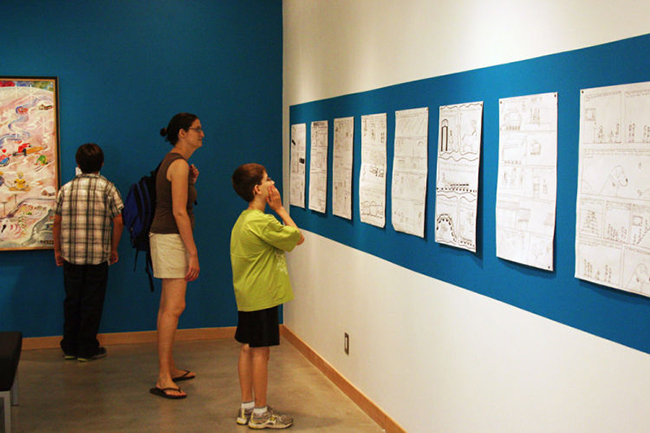 Portrait Stories
Portrait Stories 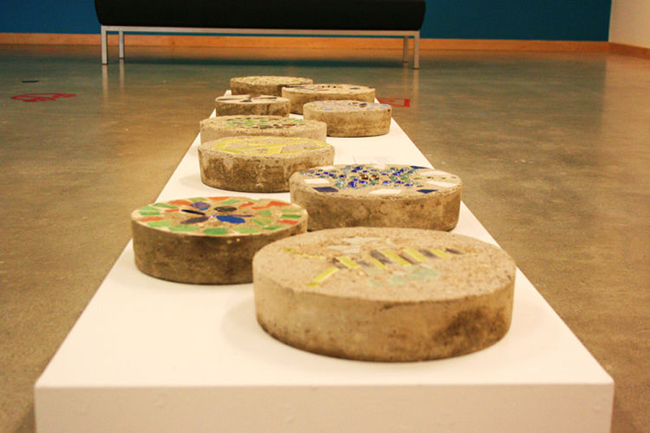 One Step at a Time
One Step at a Time 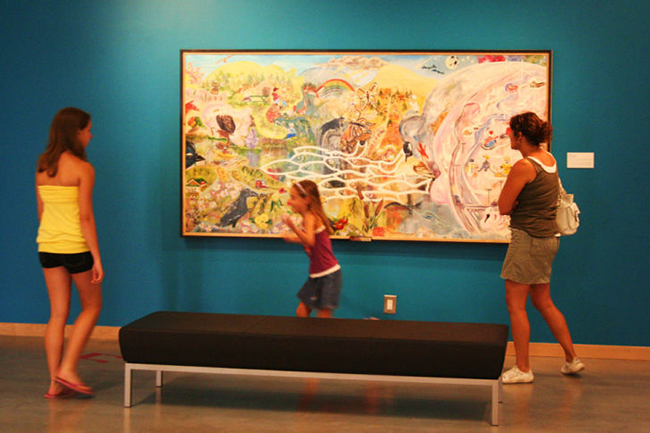 Footprints
Footprints 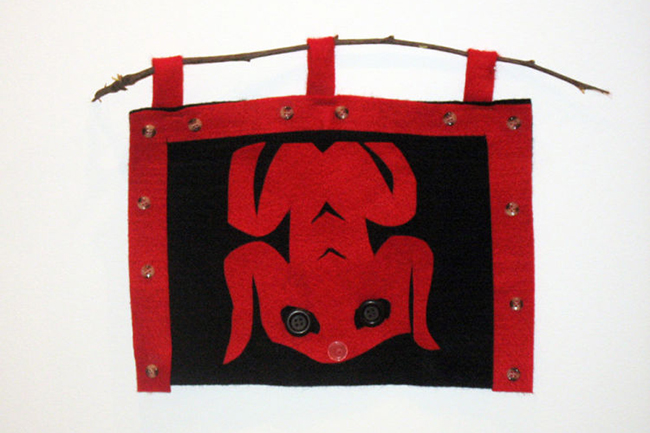 First Nations Creations
First Nations Creations 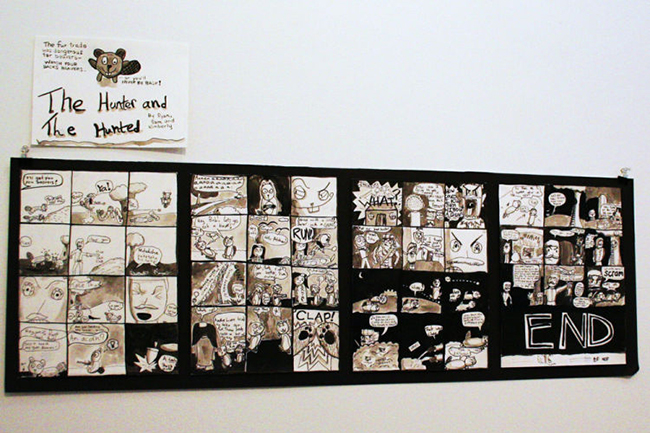 Drawing History into Today
Drawing History into Today 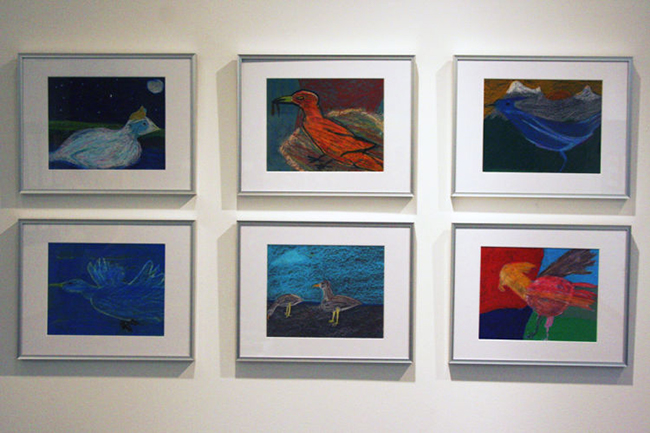 Birds of a Feather, Learning Together
Birds of a Feather, Learning Together 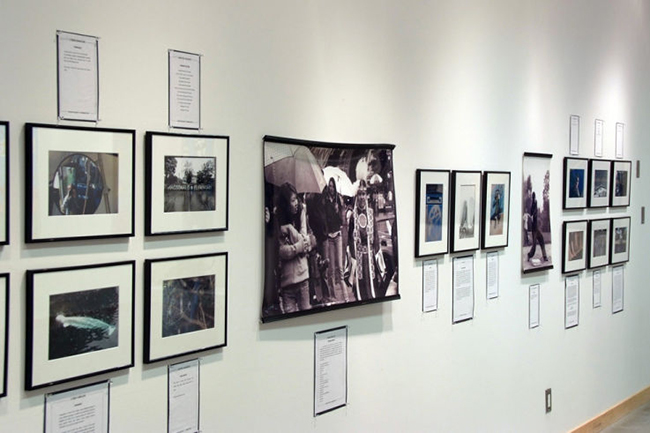 Through Our Eyes
Through Our Eyes 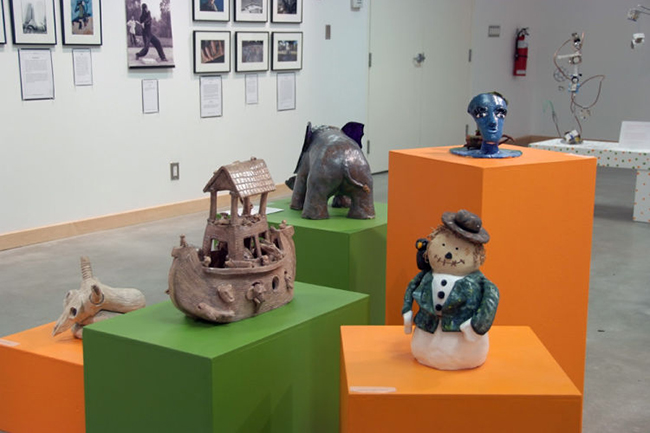 The Garden of Earthly Delights
The Garden of Earthly Delights 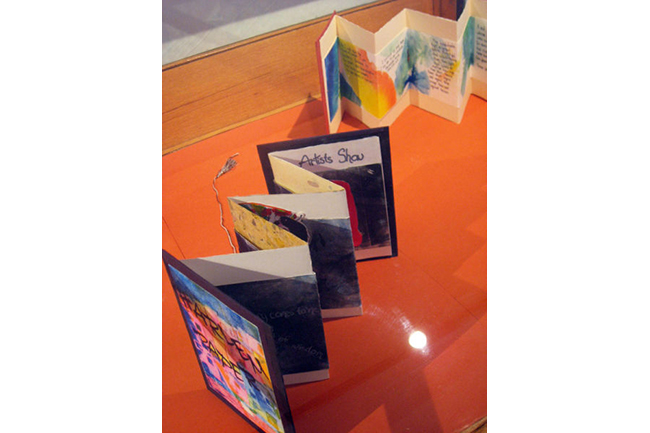 Small Books Reflecting Big Thoughts
Small Books Reflecting Big Thoughts 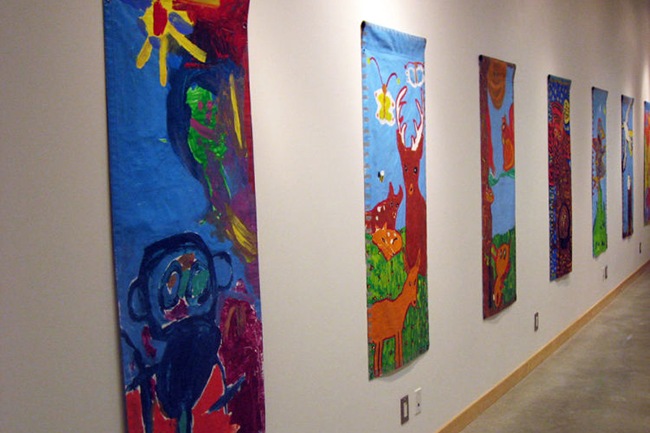 Owl, Starfish, Raccoon: Habitat Banners
Owl, Starfish, Raccoon: Habitat Banners 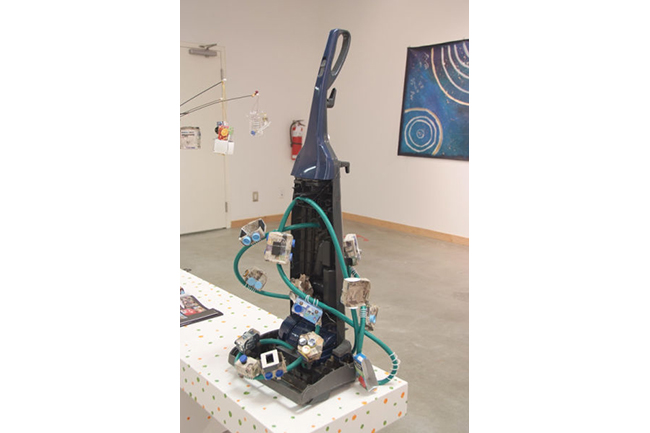 Interpretative Properties of Objects
Interpretative Properties of Objects 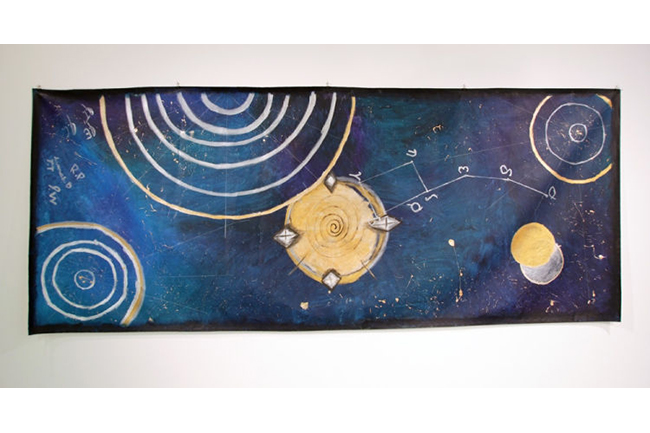 Eco-Art Banners
Eco-Art Banners 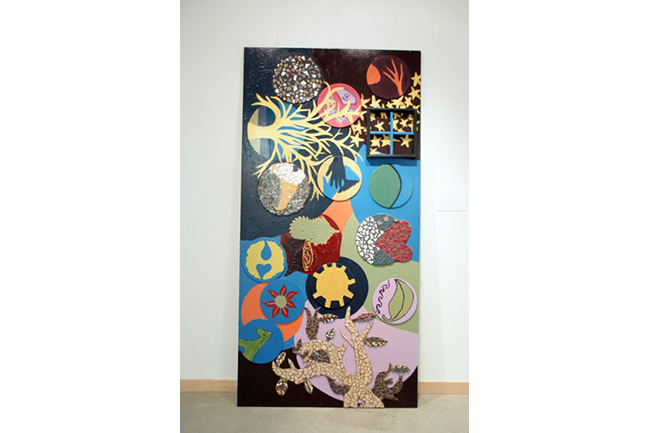 Creating Common Ground
Creating Common Ground 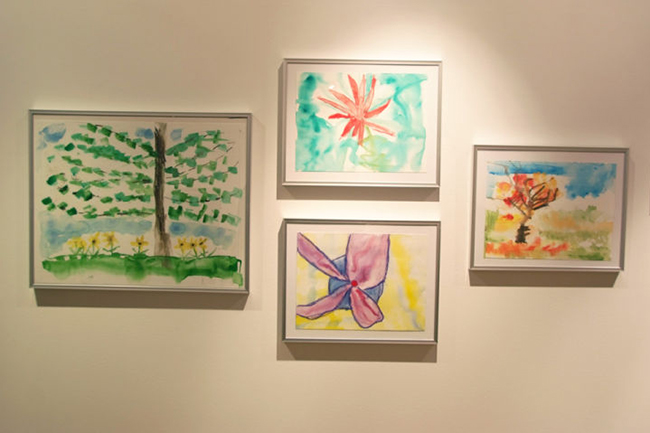 Changing Lenses: A Child's View of Seasonal Change
Changing Lenses: A Child's View of Seasonal Change 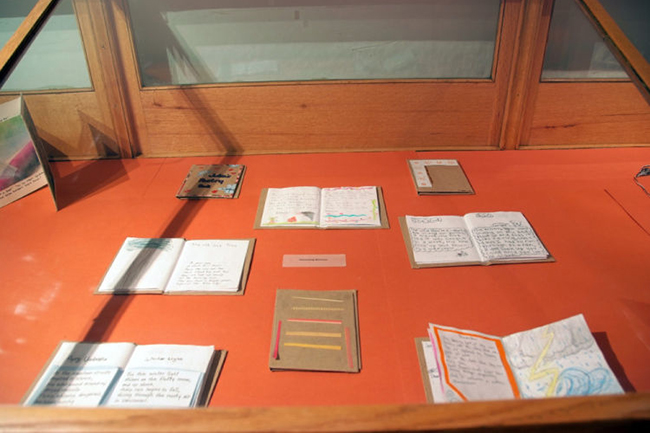 Alternating Between
Alternating Between 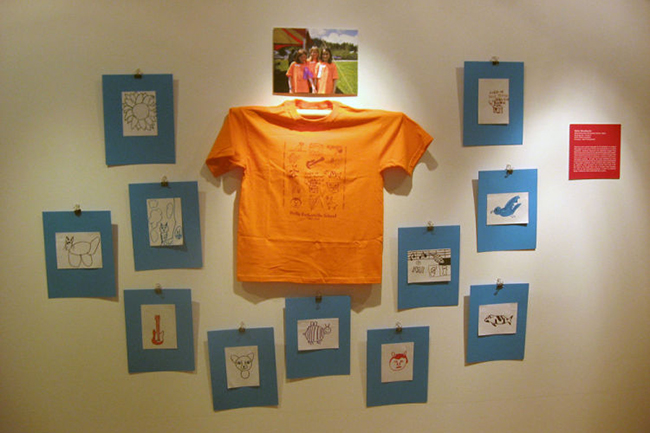 Wells Woodlands
Wells Woodlands 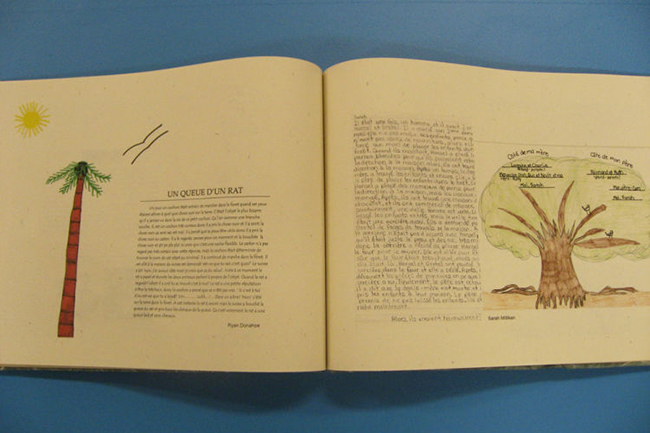 The Telling Bee
The Telling Bee 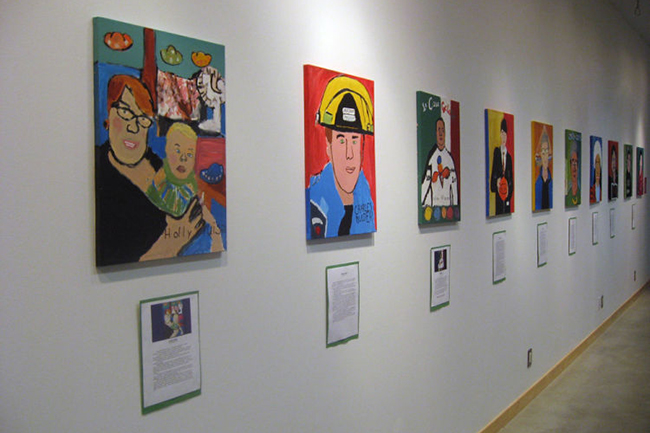 The People in Our Community
The People in Our Community  From Theme to Design to Creation: The Cat Came Back
From Theme to Design to Creation: The Cat Came Back 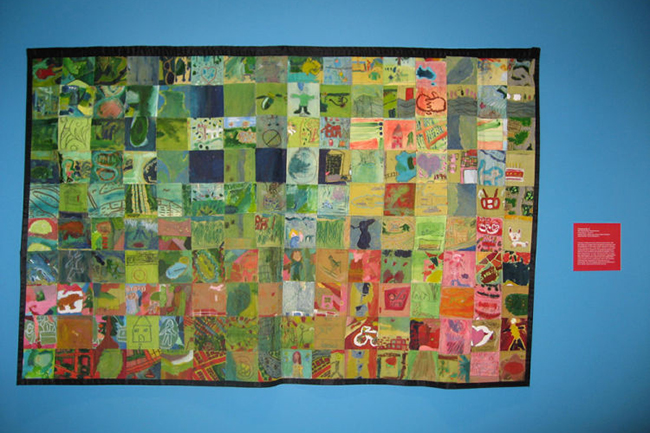 Community Is
Community Is 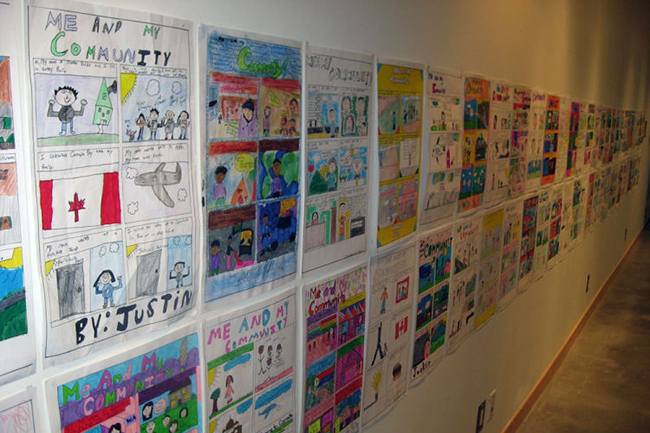 Celebrate Community
Celebrate Community 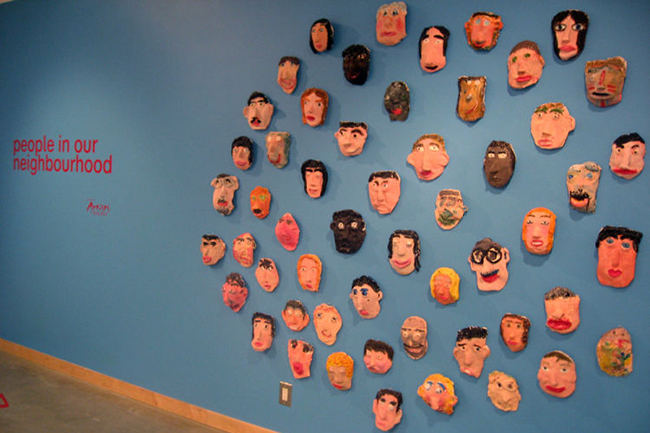 Canadian Clay
Canadian Clay 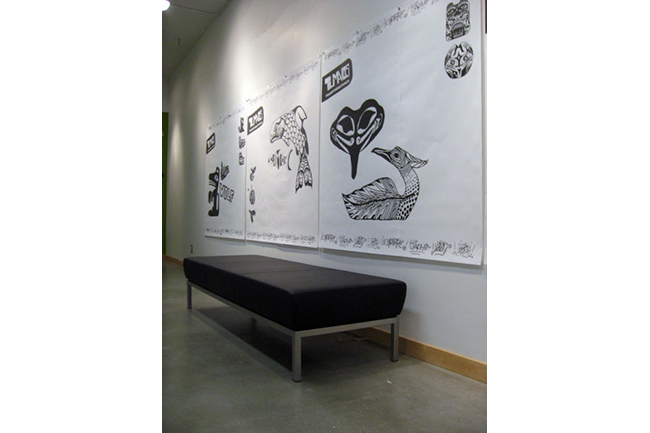 Tumanos Transformation(s)
Tumanos Transformation(s) 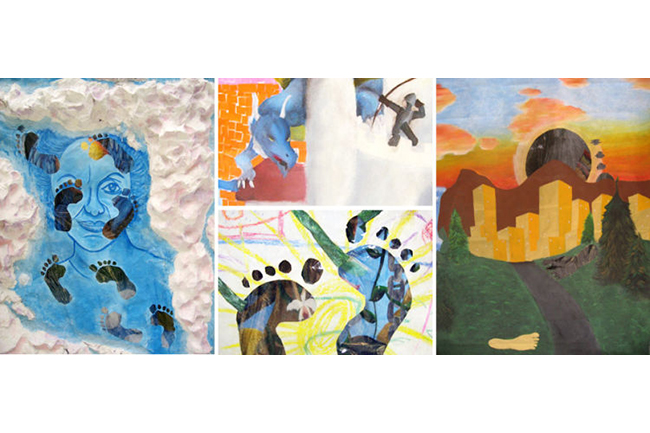 Stages and Seasons
Stages and Seasons 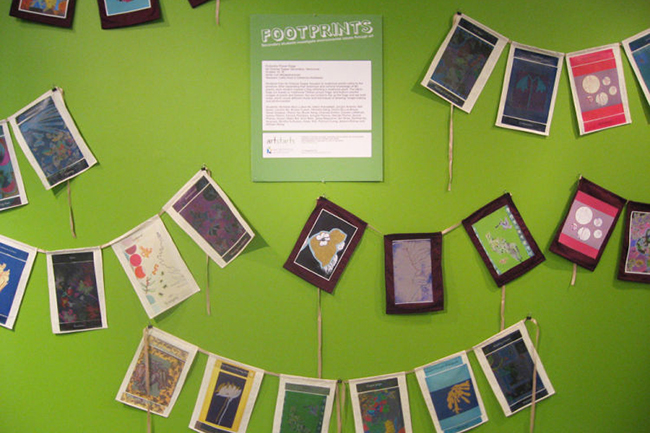 Pollinator Prayer Flags
Pollinator Prayer Flags 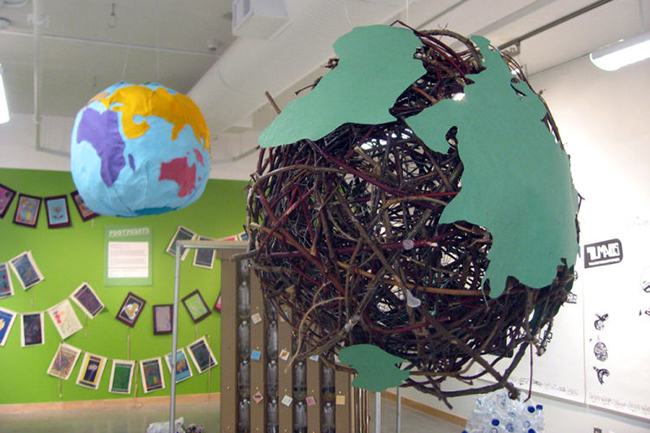 Material World
Material World 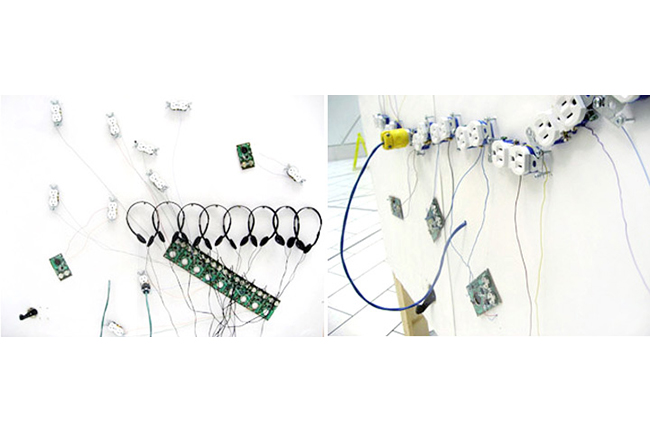 Listening to the World Around Us
Listening to the World Around Us 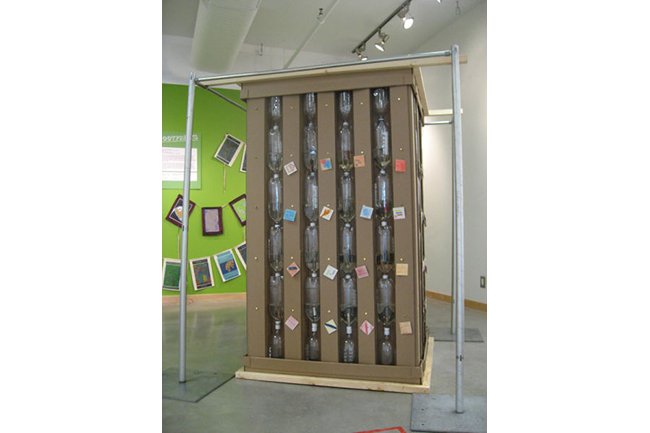 Infusion
Infusion 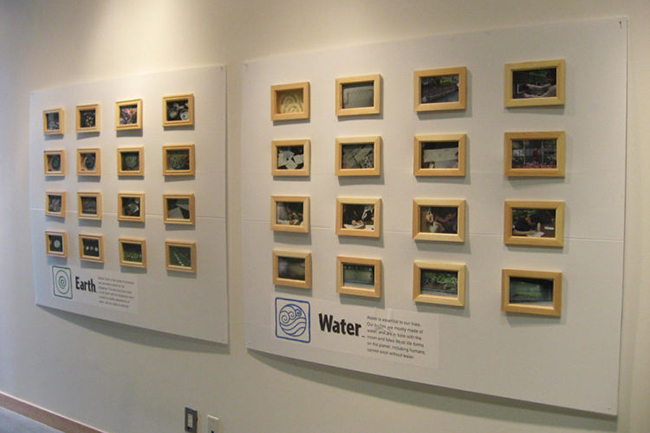 Greening Our Courtyard
Greening Our Courtyard 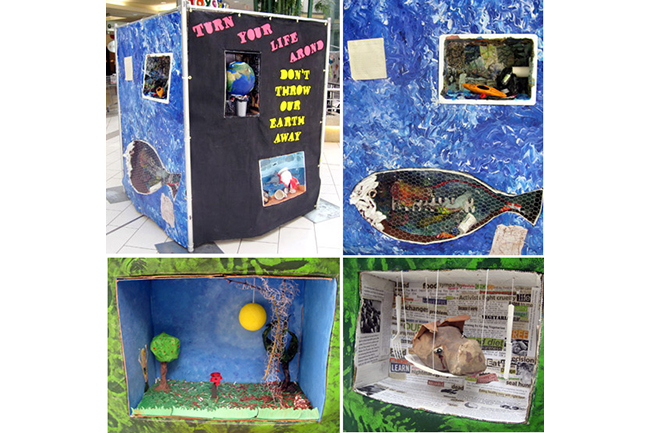 Cabinet of Environmental Curiosities
Cabinet of Environmental Curiosities 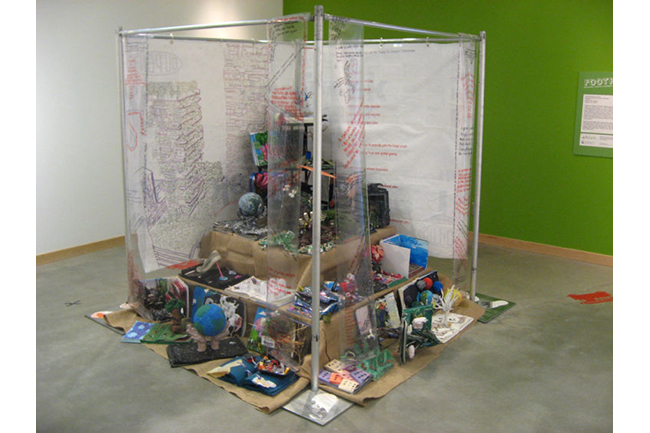 A Greenhouse of ldeas
A Greenhouse of ldeas 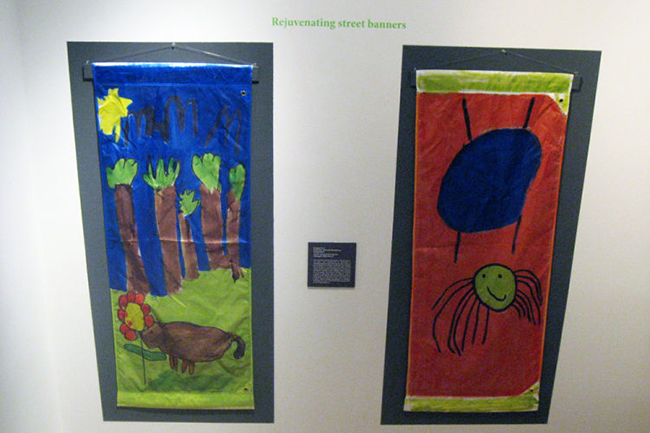 Rejuvenating Street Banners
Rejuvenating Street Banners 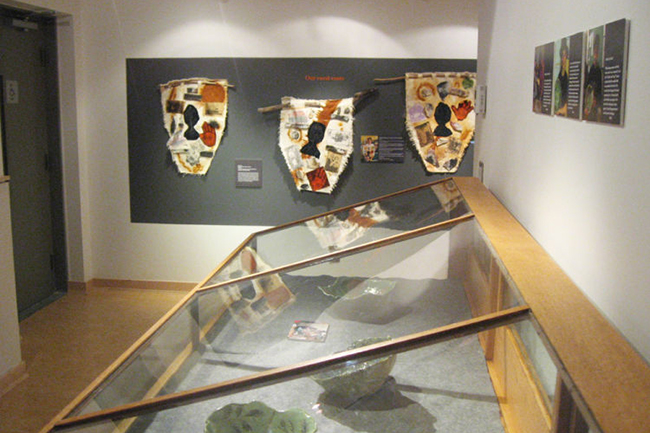 Our Rural Roots
Our Rural Roots 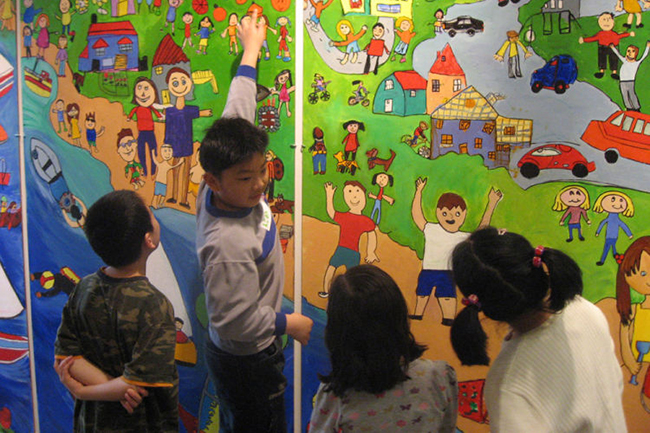 Our Neighbourhood
Our Neighbourhood 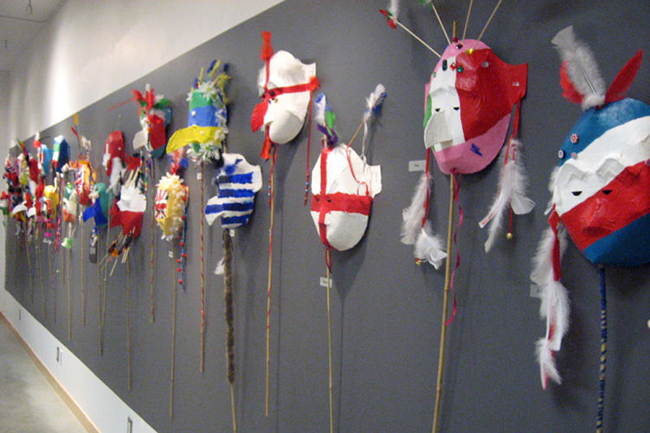 Discovering Heritage through Mask-Making
Discovering Heritage through Mask-Making 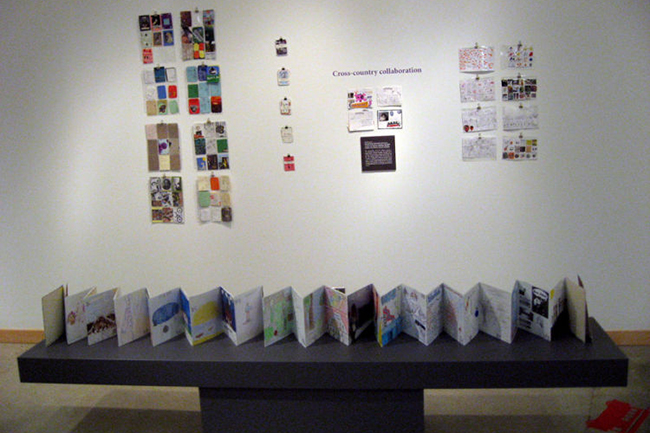 Cross Country Collaboration
Cross Country Collaboration 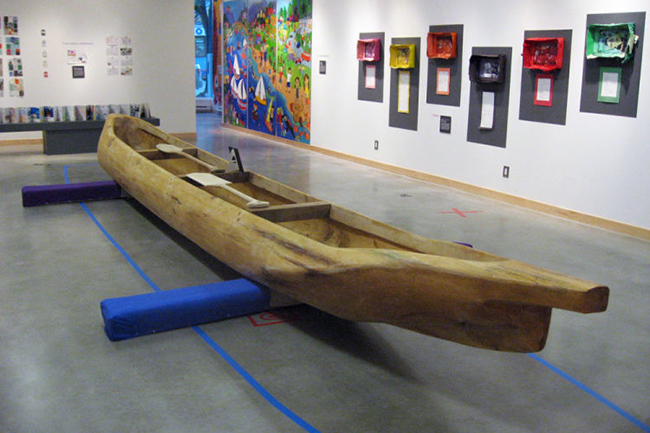 Cottonwood Canoe
Cottonwood Canoe 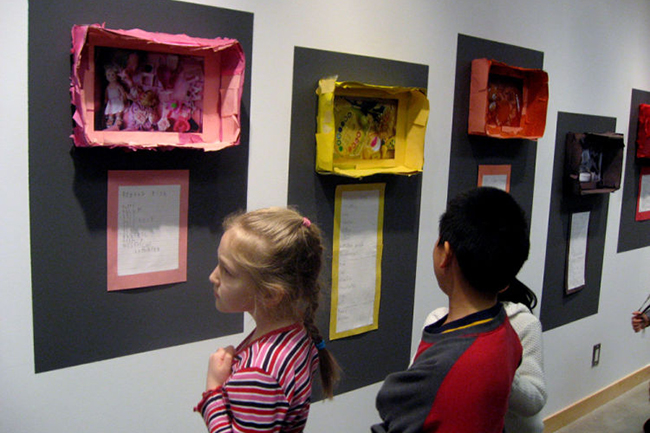 Colour
Colour 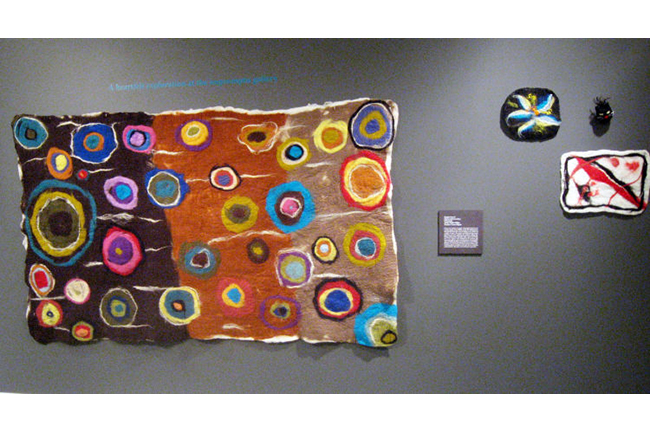 A Heartfelt Exploration at the Impromptu Gallery
A Heartfelt Exploration at the Impromptu Gallery 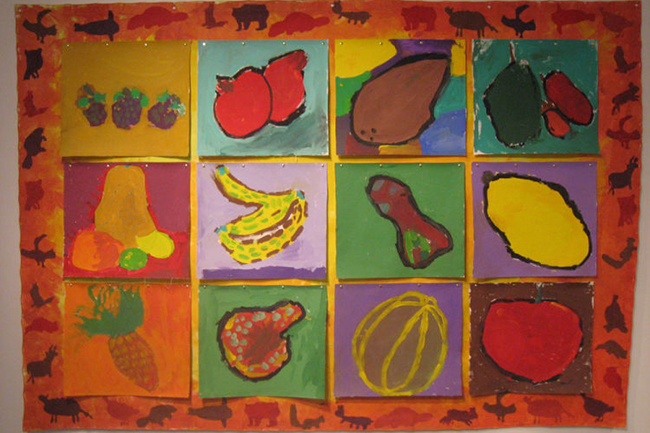 Vancouver Oral Centre Kindergarten and Grade 1 Students Ask: Who
Vancouver Oral Centre Kindergarten and Grade 1 Students Ask: Who 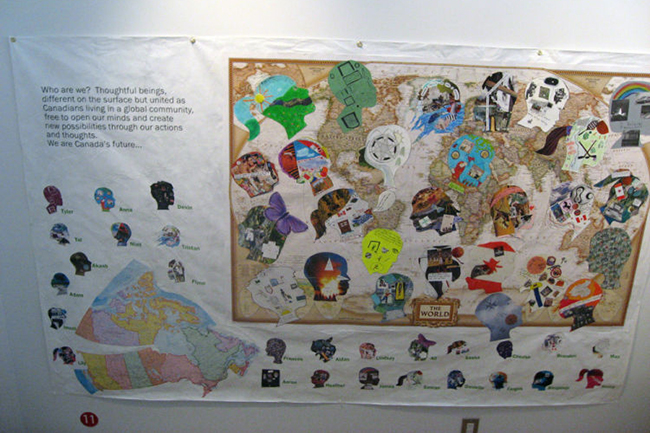 Tyee Grade 5 & 6 Students Ask: Who Are We?
Tyee Grade 5 & 6 Students Ask: Who Are We? 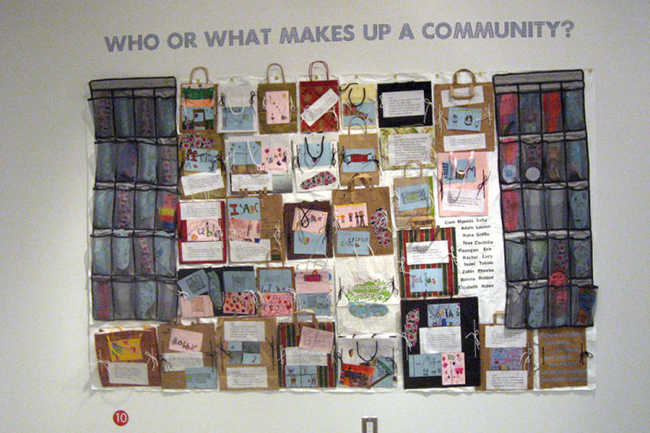 Tyee Grade 1 to 3 Students Ask: Who Are We?
Tyee Grade 1 to 3 Students Ask: Who Are We? 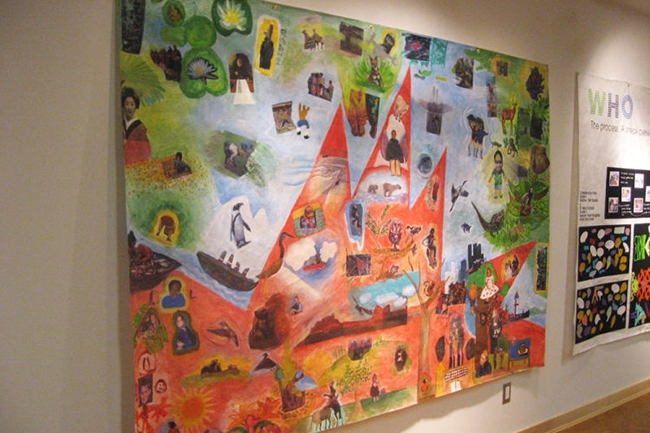 Stoney Creek Grade 6 & 7 Students Ask: Who Are We?
Stoney Creek Grade 6 & 7 Students Ask: Who Are We? 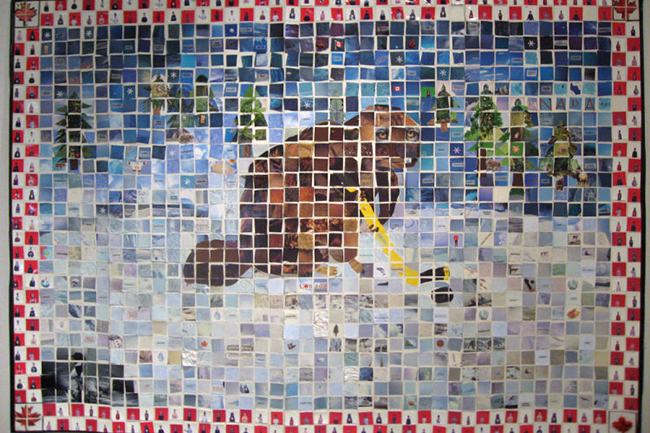 Second Street Grade 5 & 6 Students Ask: Who Are We?
Second Street Grade 5 & 6 Students Ask: Who Are We? 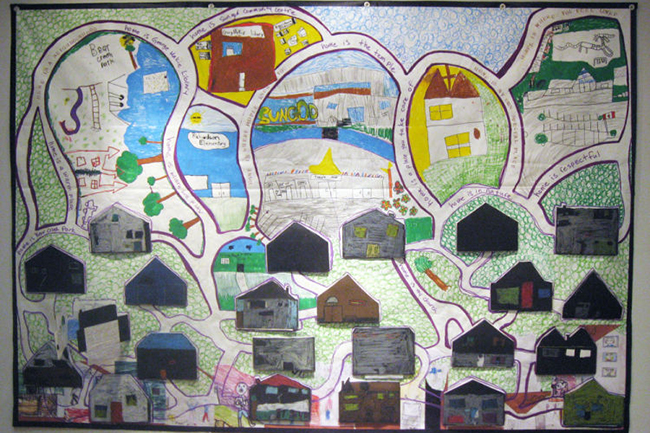 Richardson Grade 3 & 4 Students Ask: Who Are We?
Richardson Grade 3 & 4 Students Ask: Who Are We? 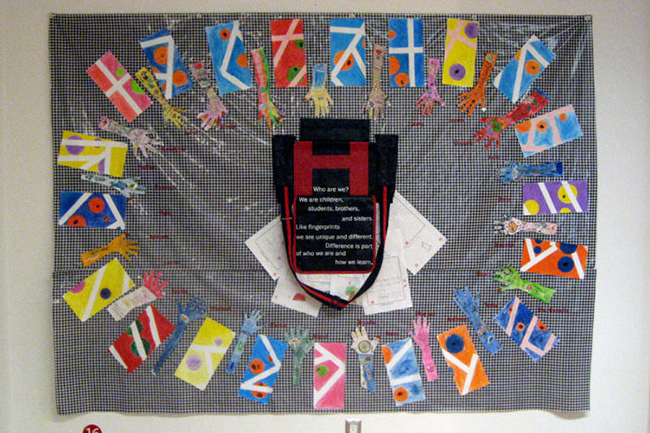 Nootka Grade 1 Students Ask: Who Are We?
Nootka Grade 1 Students Ask: Who Are We? 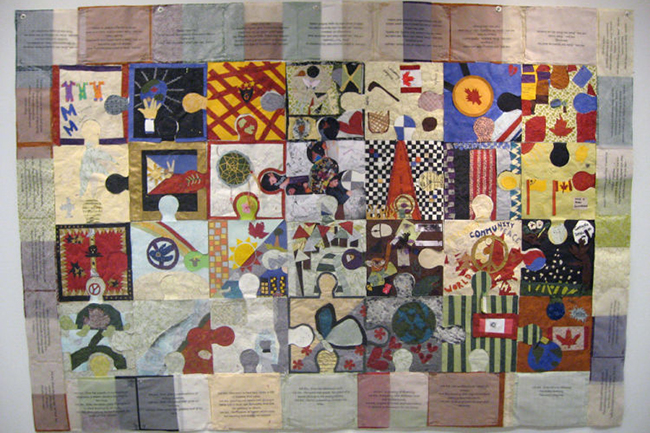 Maywood Grades 4 to 7 Students Ask: Who Are We?
Maywood Grades 4 to 7 Students Ask: Who Are We? 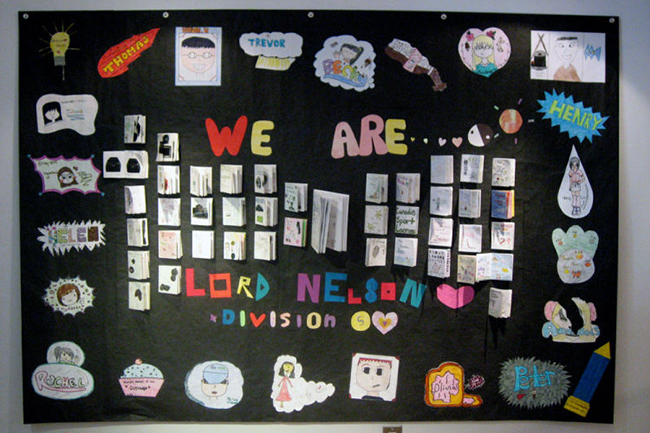 Lord Nelson Grade 5 & 6 Students Ask: Who Are We?
Lord Nelson Grade 5 & 6 Students Ask: Who Are We? 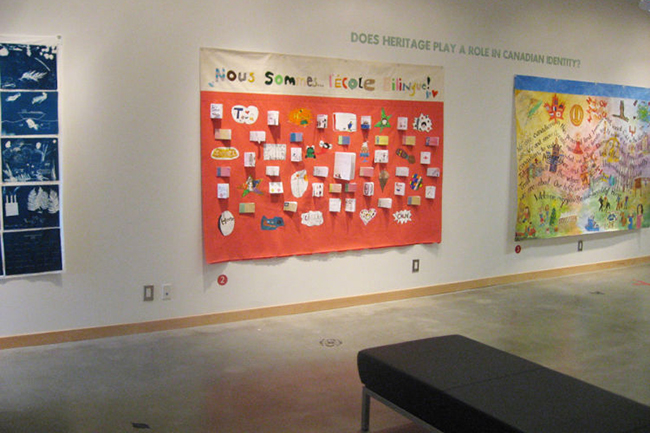 L'École Bilingue Grade 3 Students Ask: Who Are We?
L'École Bilingue Grade 3 Students Ask: Who Are We? 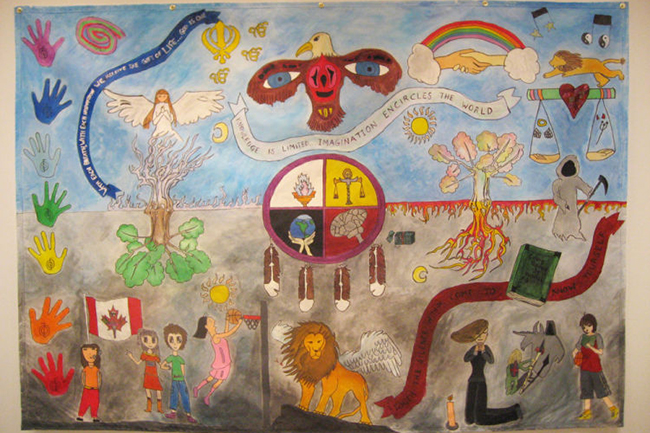 Henry Anderson grade 7 students ask: Who Are We?
Henry Anderson grade 7 students ask: Who Are We? 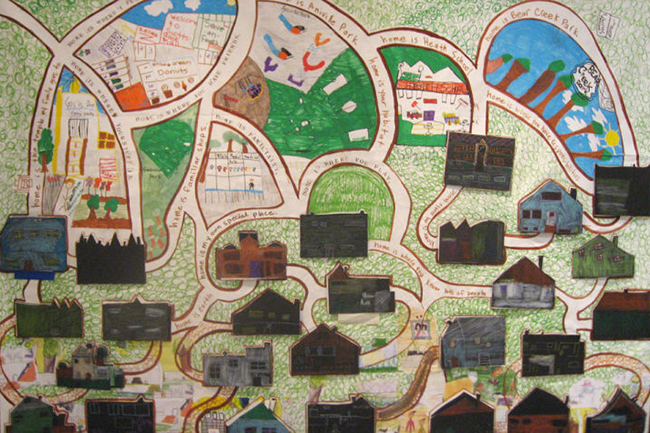 Heath Grade 4 Students Ask: Who Are We?
Heath Grade 4 Students Ask: Who Are We? 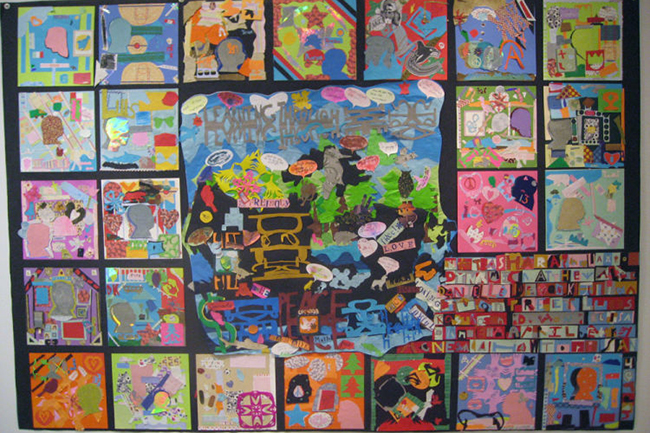 Confederation Park Grade 4 Students Ask: Who Are We?
Confederation Park Grade 4 Students Ask: Who Are We? 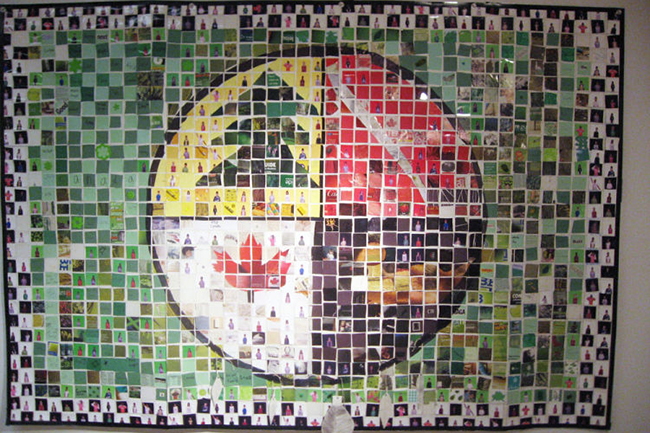 Clinton Grade 4 & 5 Students Ask: Who Are We?
Clinton Grade 4 & 5 Students Ask: Who Are We? 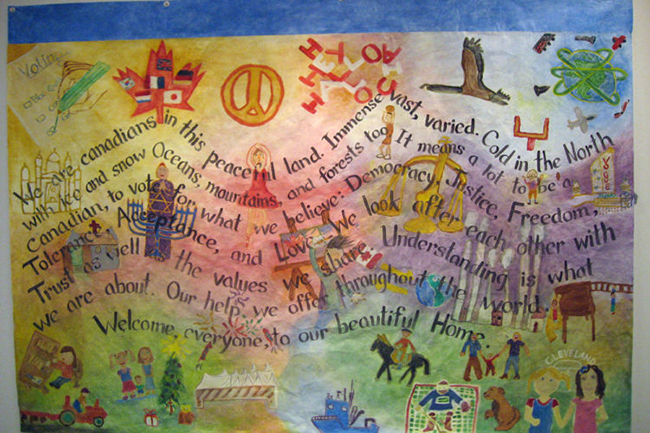 Cleveland Grade 6 Students Ask: Who Are We?
Cleveland Grade 6 Students Ask: Who Are We? 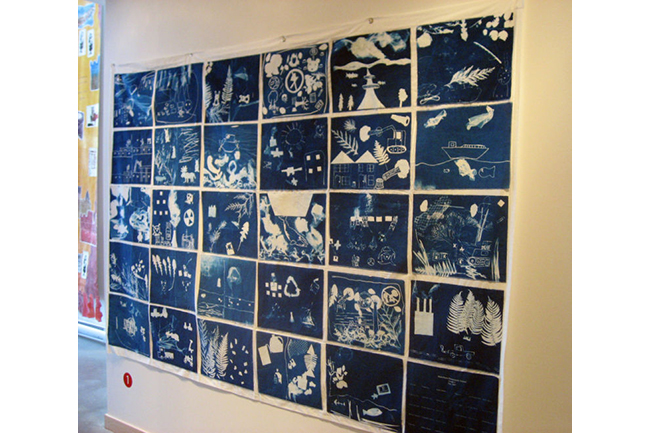 Blakeburn Elementary Grade 5 Students Ask: Who Are We?
Blakeburn Elementary Grade 5 Students Ask: Who Are We? 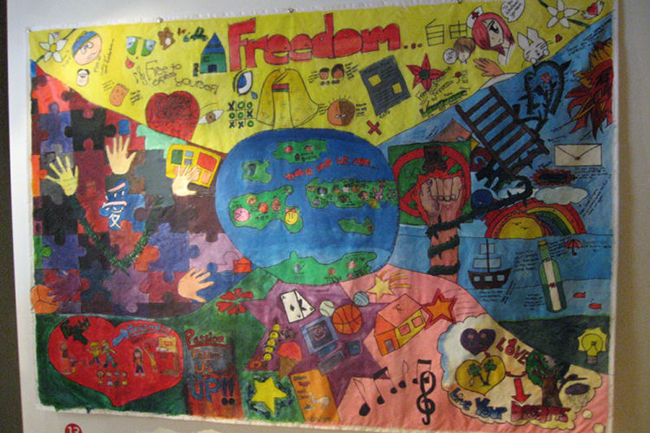 Begbie Grade 6 & 7 Students Ask: Who Are We?
Begbie Grade 6 & 7 Students Ask: Who Are We? 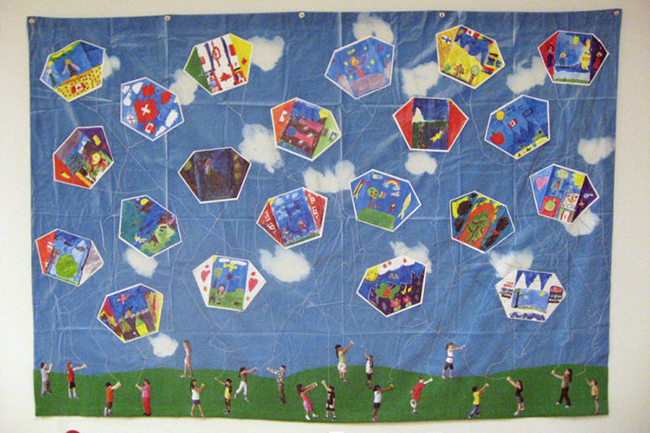 A.J. McLennan Grade 1 Students Ask: Who Are We?
A.J. McLennan Grade 1 Students Ask: Who Are We? 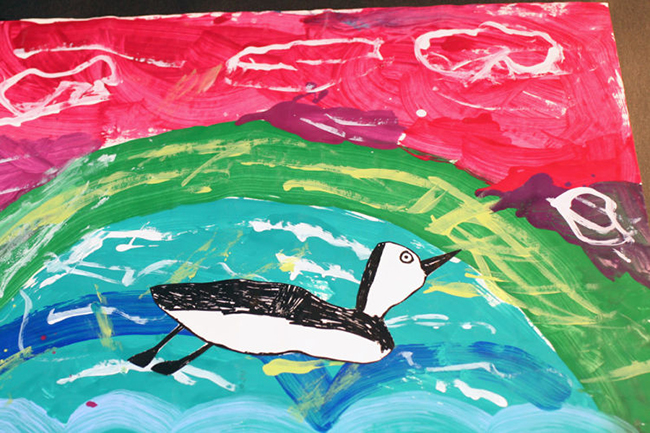 Voice of the Loon
Voice of the Loon 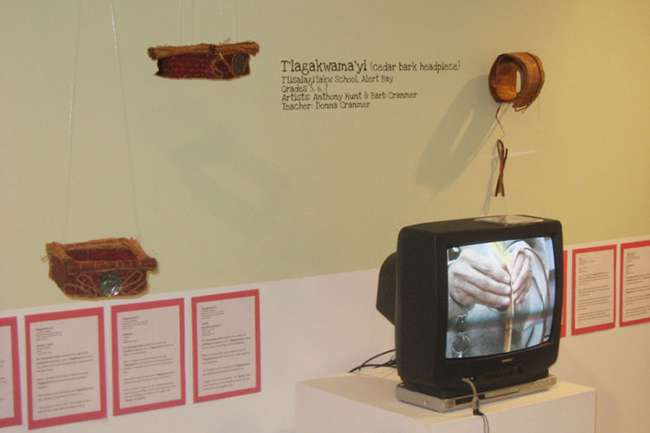 T'lagakwama'yi (Cedar bark headpiece)
T'lagakwama'yi (Cedar bark headpiece) 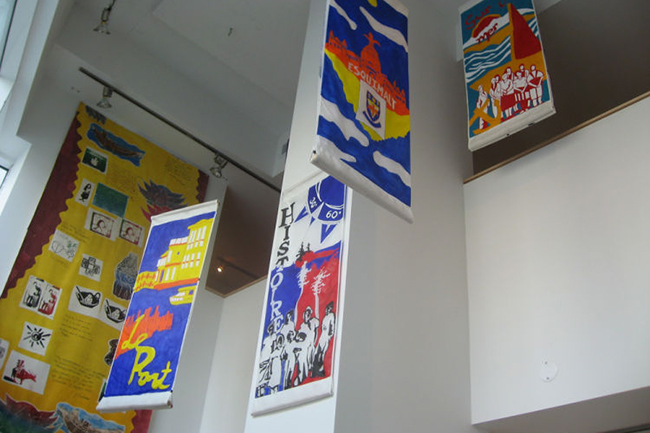 My Community - Ma Communauté
My Community - Ma Communauté 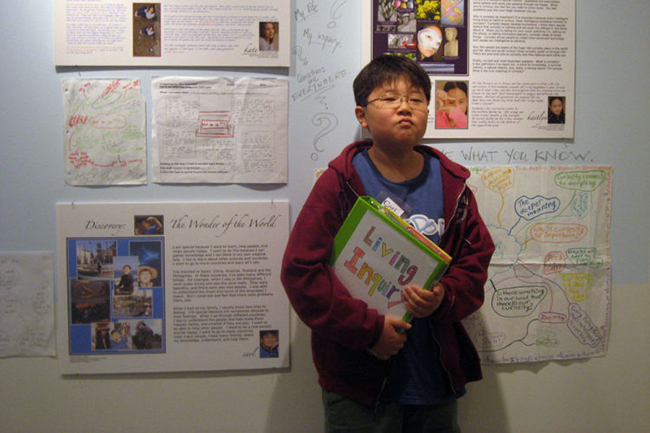 Living Inquiry
Living Inquiry 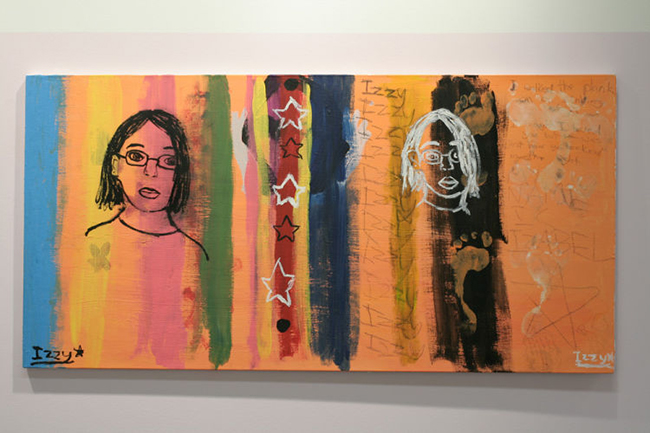 Image and Identity
Image and Identity 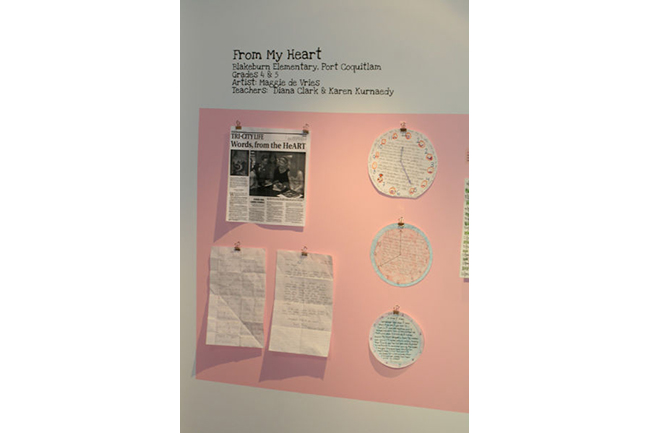 From My Heart
From My Heart 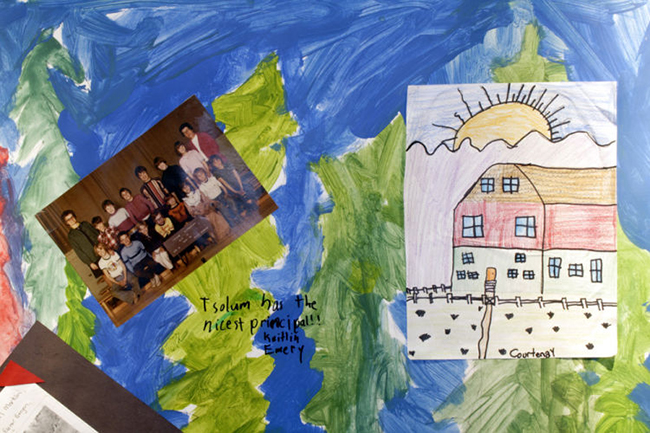 The Meaning of Tsolum: An Aboriginal Perspective II
The Meaning of Tsolum: An Aboriginal Perspective II 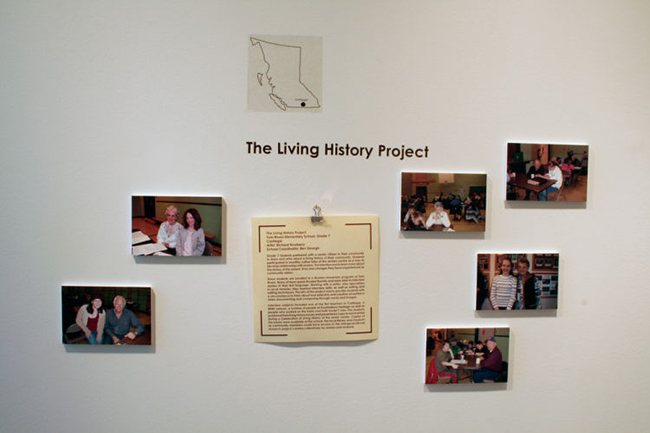 The Living History Project
The Living History Project 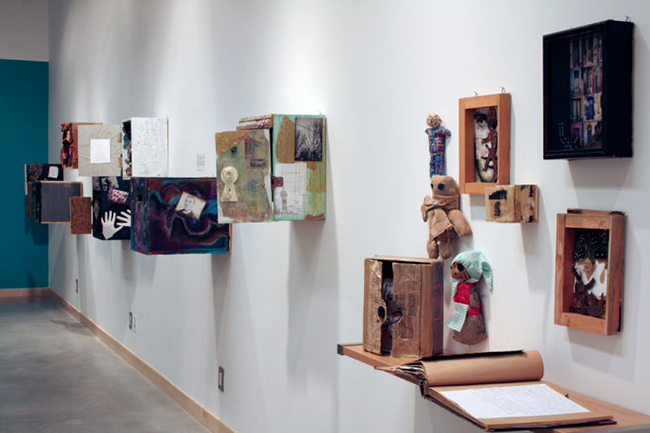 The Compassionate Rebel
The Compassionate Rebel 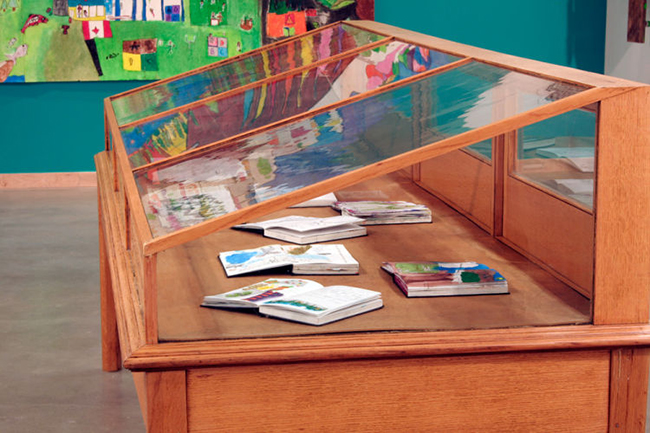 Sketchbook Creations
Sketchbook Creations 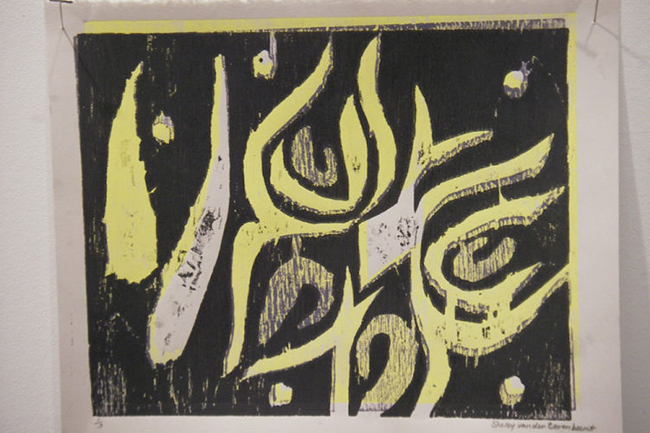 Signatures
Signatures 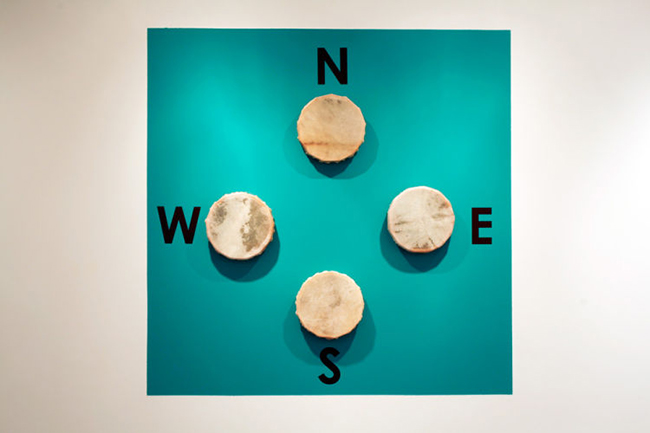 Signal Hill Drums
Signal Hill Drums 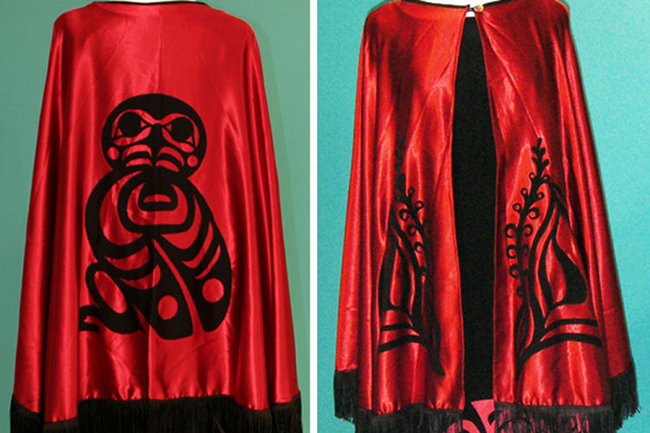 Regalia Wear
Regalia Wear 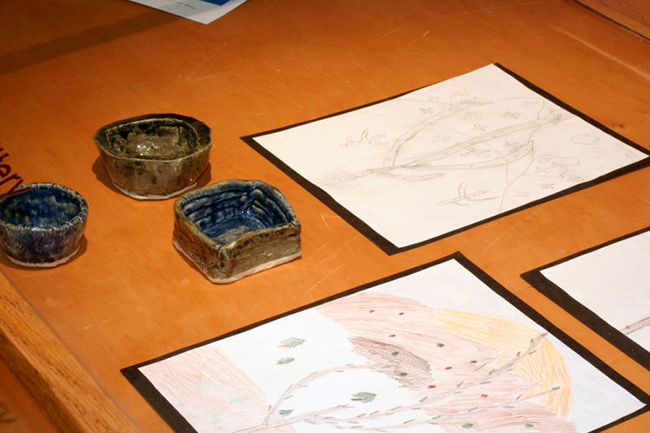 Rainbow Drawing and Pottery
Rainbow Drawing and Pottery 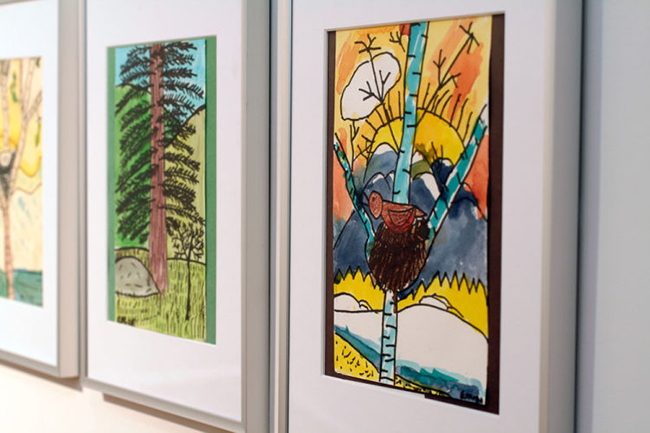 Our Nature Space
Our Nature Space 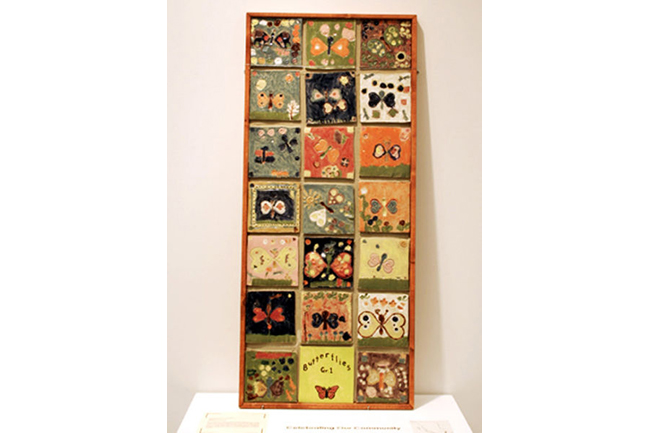 Celebrating Our Community
Celebrating Our Community 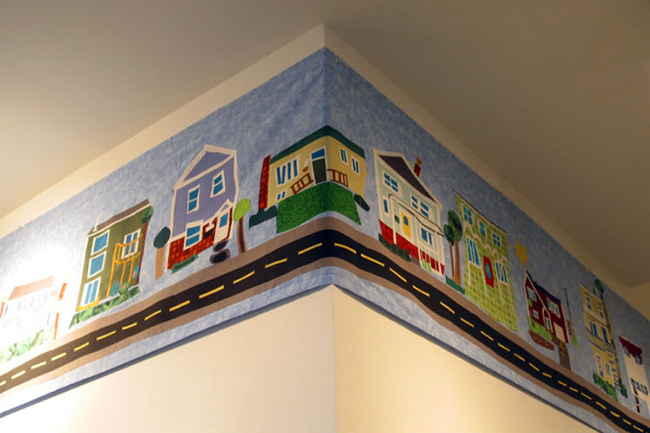 What If We All Lived On One Street?
What If We All Lived On One Street? 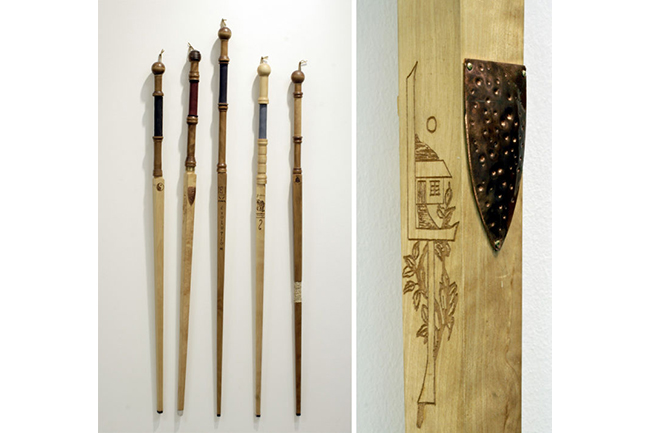 The Walking Stick
The Walking Stick 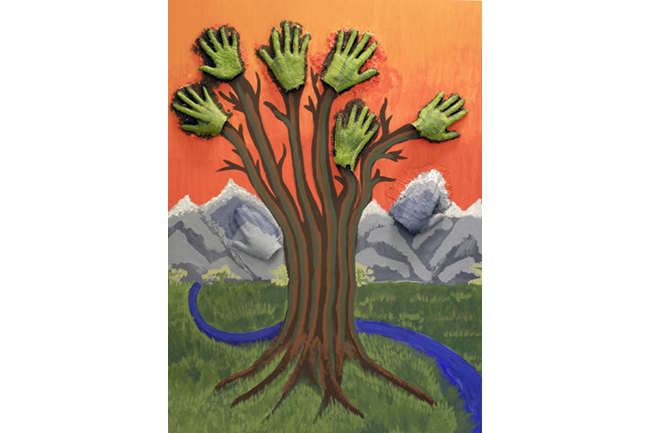 The Power is in Your Hands
The Power is in Your Hands 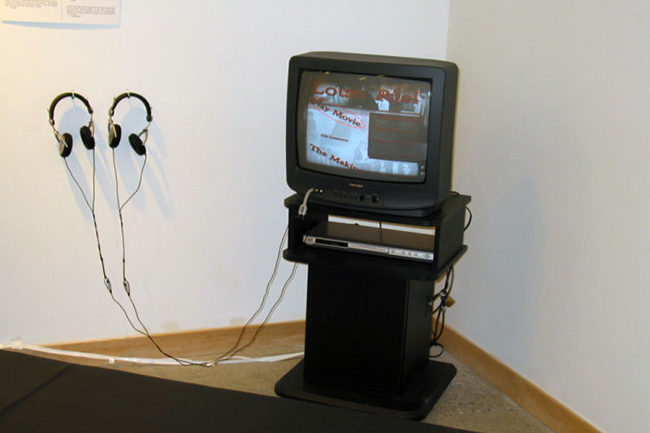 The Northwest Rebellion (Louis Riel) History Through Drama
The Northwest Rebellion (Louis Riel) History Through Drama 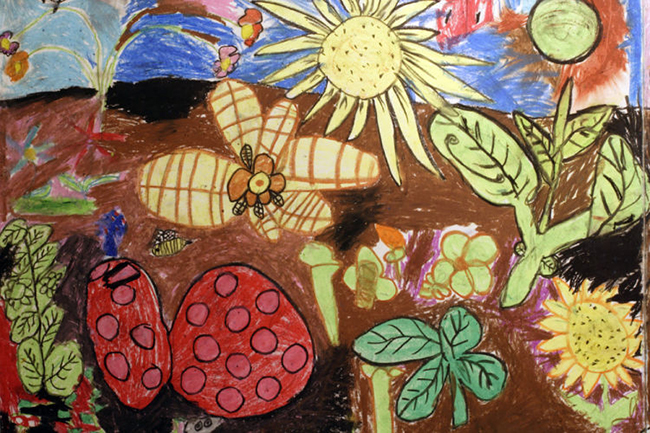 The Meaning of Tsolum: An Aboriginal Perspective
The Meaning of Tsolum: An Aboriginal Perspective 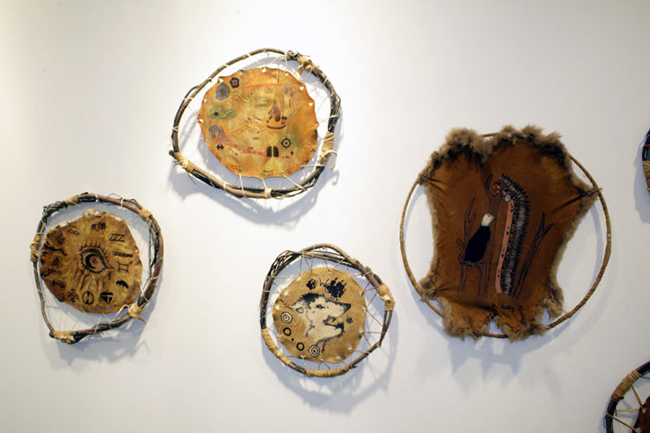 The Birth of Art
The Birth of Art 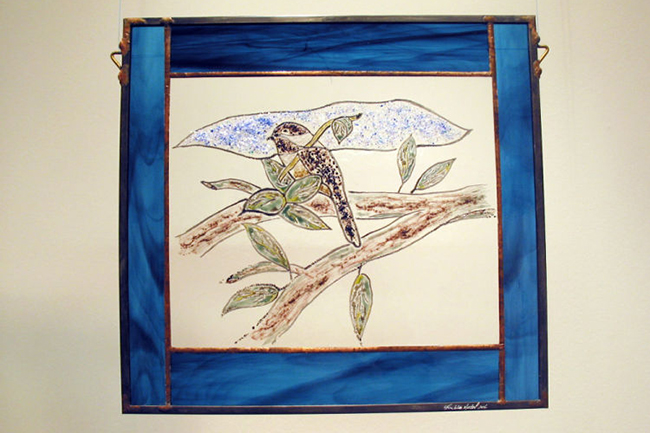 The Adventures of Curiange
The Adventures of Curiange 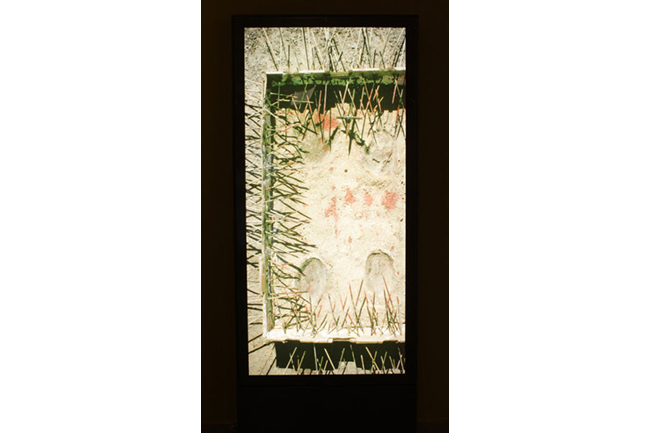 Stations of the Cross
Stations of the Cross 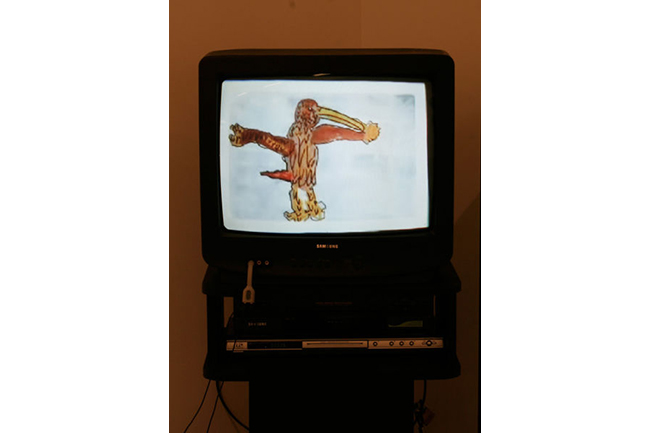 Shooting Stars Film and Video Festival
Shooting Stars Film and Video Festival 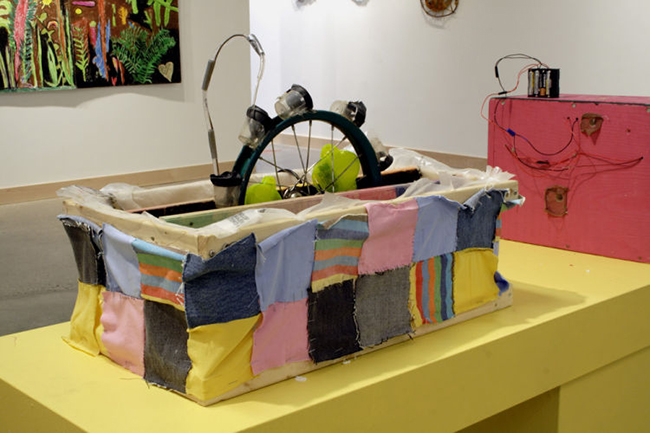 Science Through Mechanical Sculpture
Science Through Mechanical Sculpture 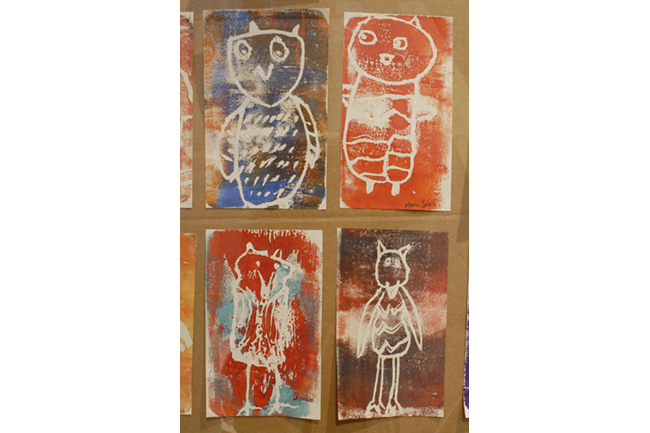 Owl/Hibou
Owl/Hibou 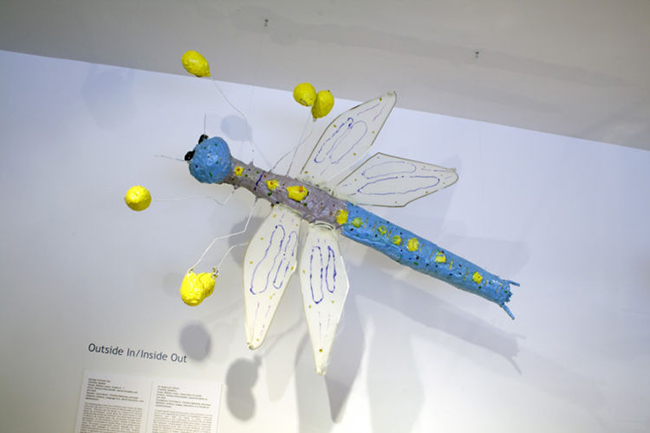 Outside In/Inside Out
Outside In/Inside Out 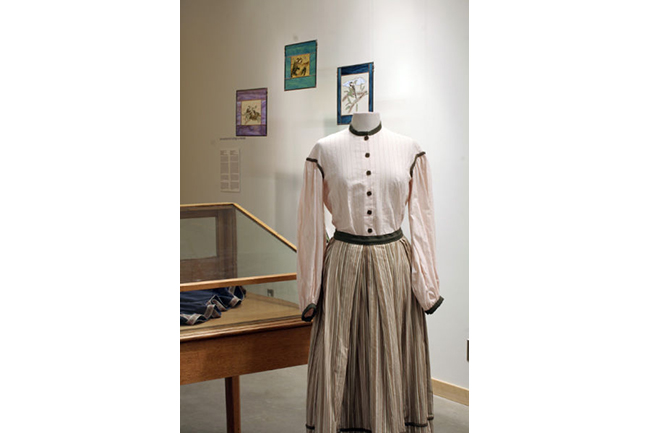 Luncheon at William H. Popes
Luncheon at William H. Popes 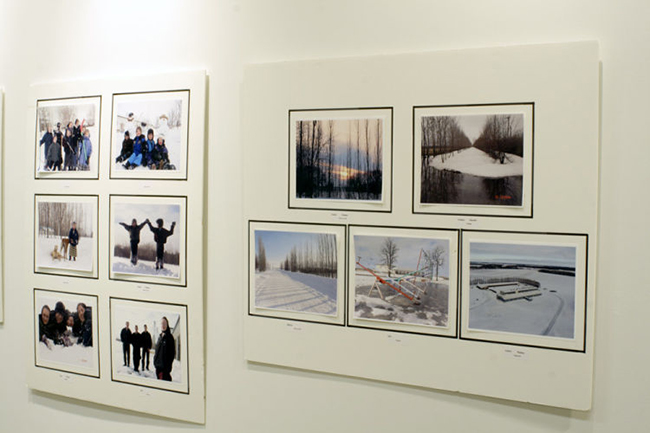 Hutterian High School
Hutterian High School 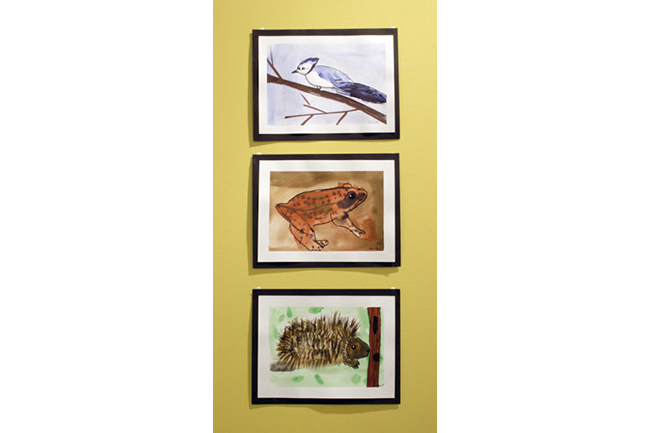 Fish Creek Animal Portraits
Fish Creek Animal Portraits 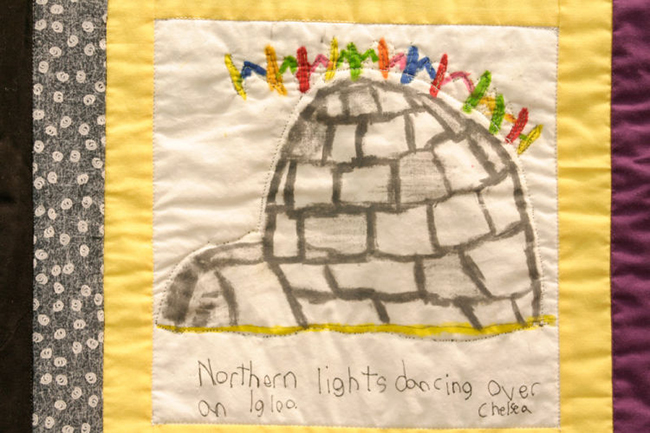 Daydreams Northern Quilt
Daydreams Northern Quilt 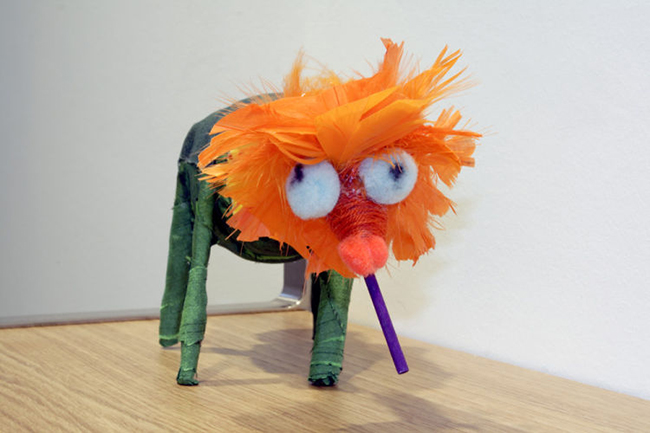 Adaptive Animals
Adaptive Animals 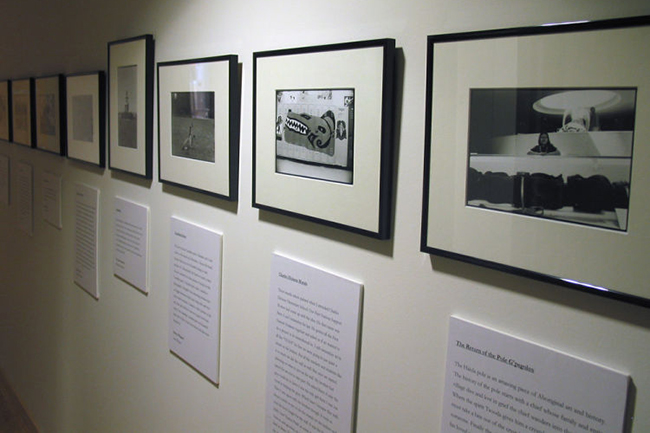 Through Our Eyes
Through Our Eyes 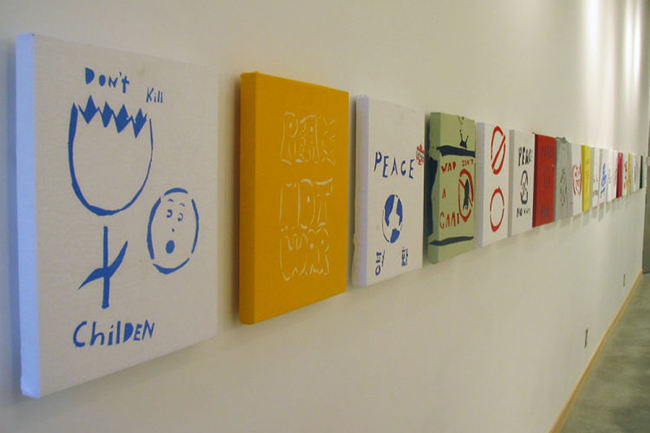 The Art of Peace
The Art of Peace 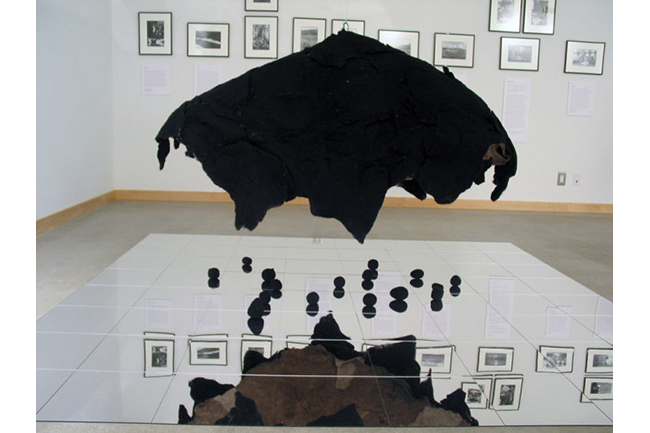 Power from a Youth Perspective
Power from a Youth Perspective 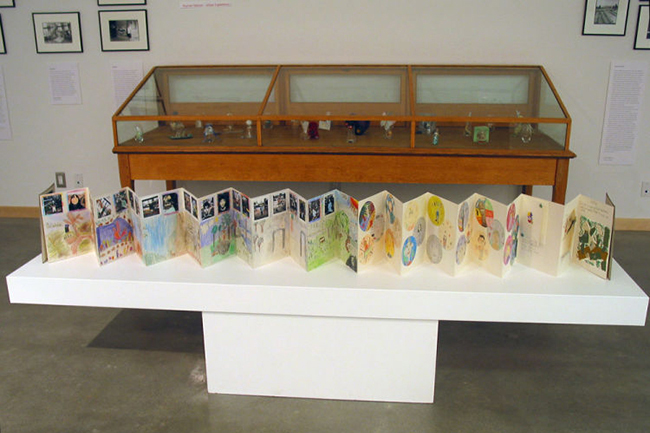 Human Nature-Urban Experience
Human Nature-Urban Experience 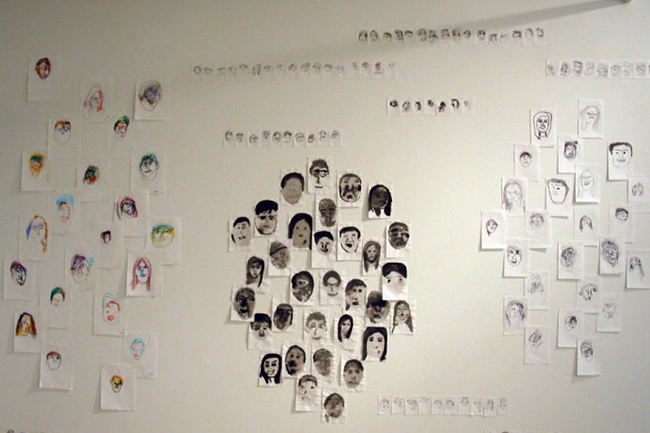 Group Portraits Project
Group Portraits Project 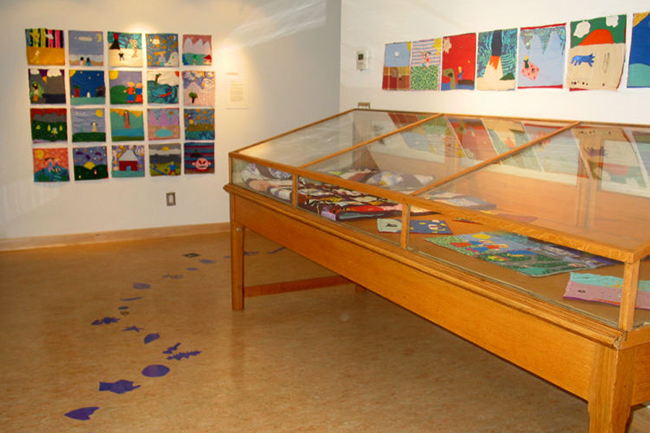 Comforter
Comforter 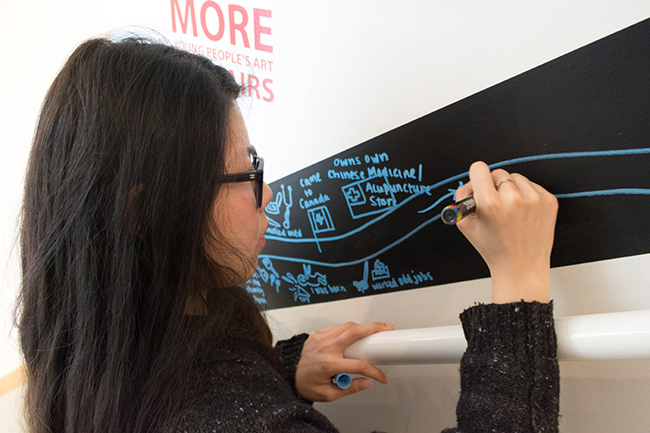 HumanEYES
HumanEYES 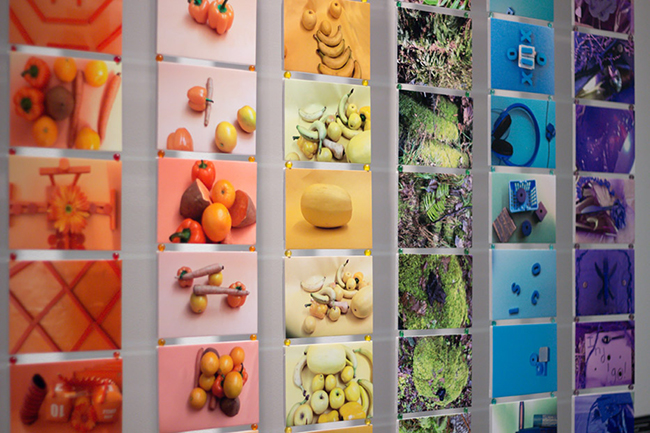 Rainbow of Colours in our Community
Rainbow of Colours in our Community 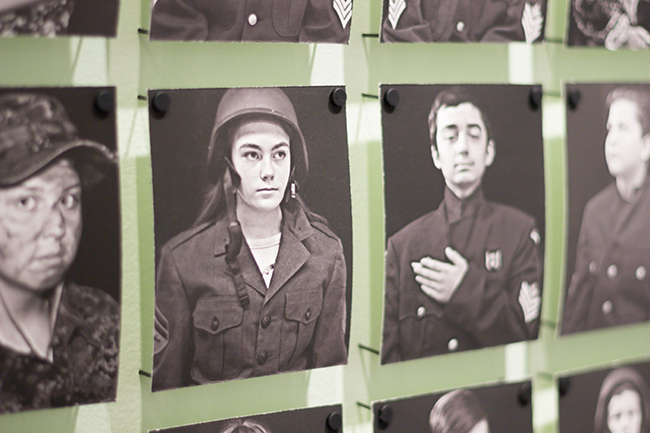 The Lost Continent
The Lost Continent 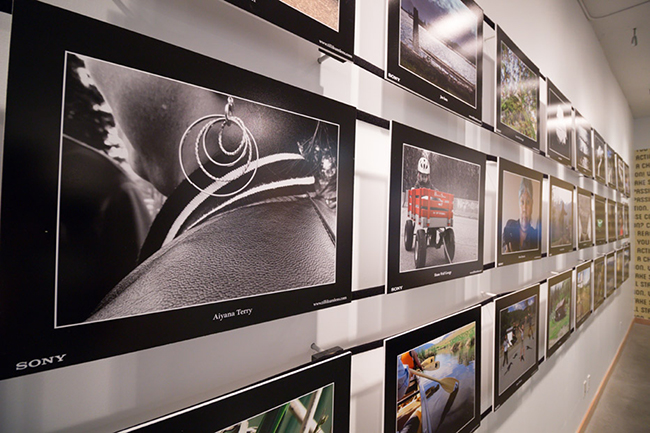 The Tillikum Lens Project
The Tillikum Lens Project 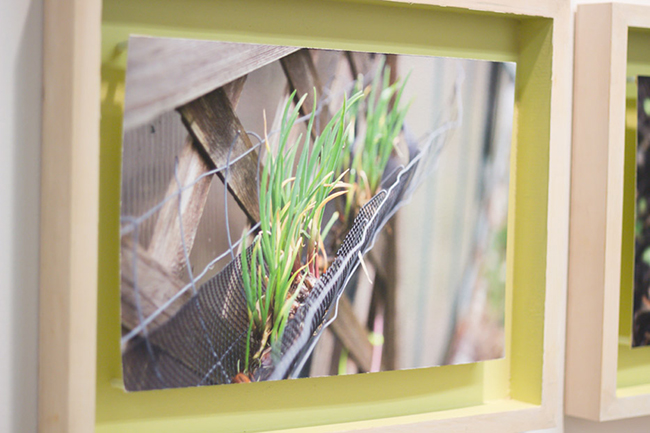 Through Our Eyes: Food and Gardening Experiences
Through Our Eyes: Food and Gardening Experiences 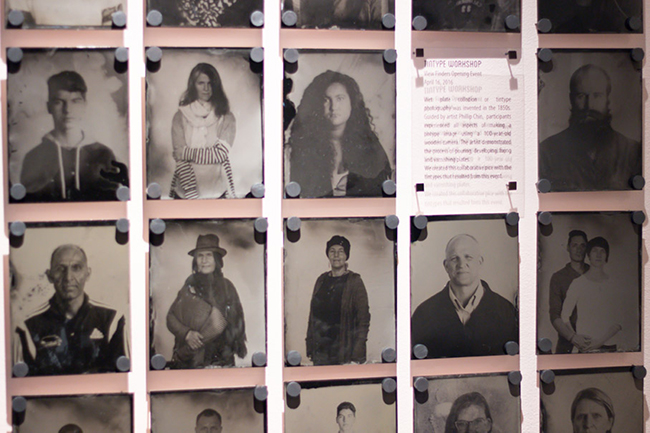 Tintype Workshop at View Finders Opening Event
Tintype Workshop at View Finders Opening Event 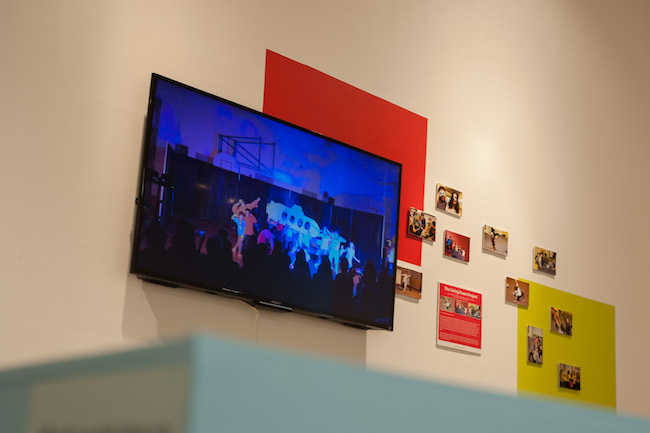 The Living Room Project: The Beatles
The Living Room Project: The Beatles 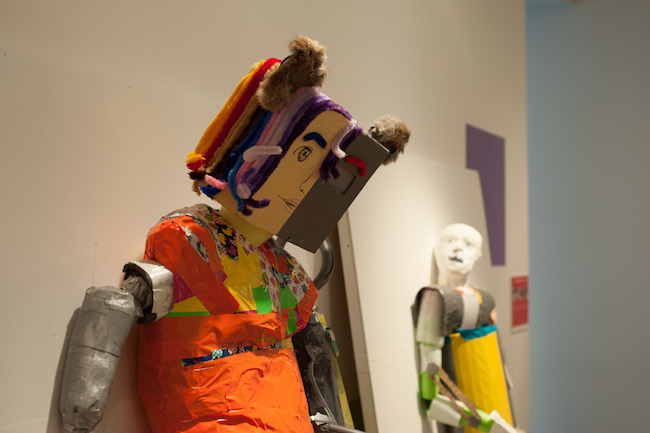 Humans of the Future
Humans of the Future 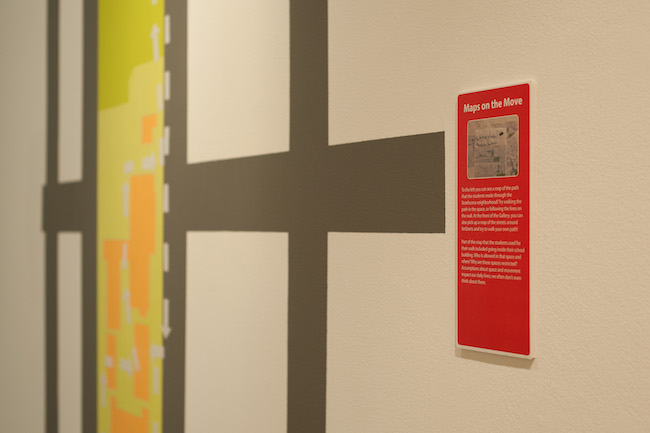 A New Path to the Waterfall: the intersectors
A New Path to the Waterfall: the intersectors 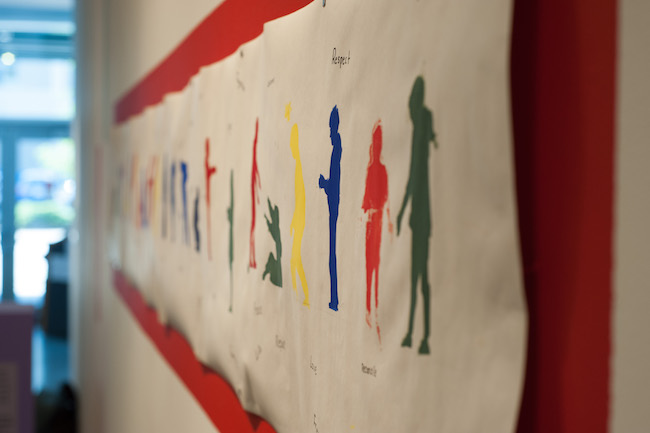 Claiming Space/Making Place for Belonging
Claiming Space/Making Place for Belonging  DJ Booth
DJ Booth 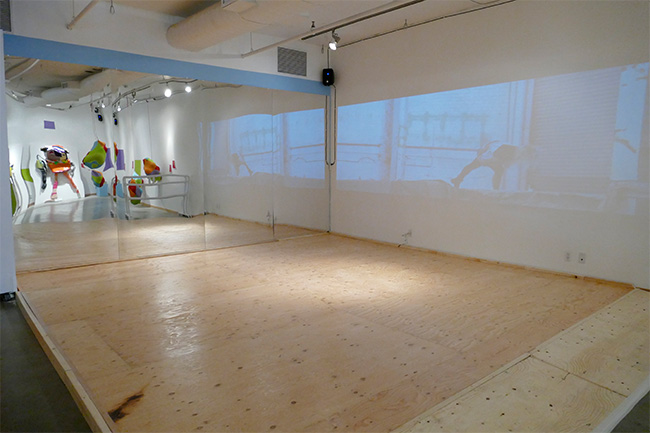 Sprung Dance Floor
Sprung Dance Floor 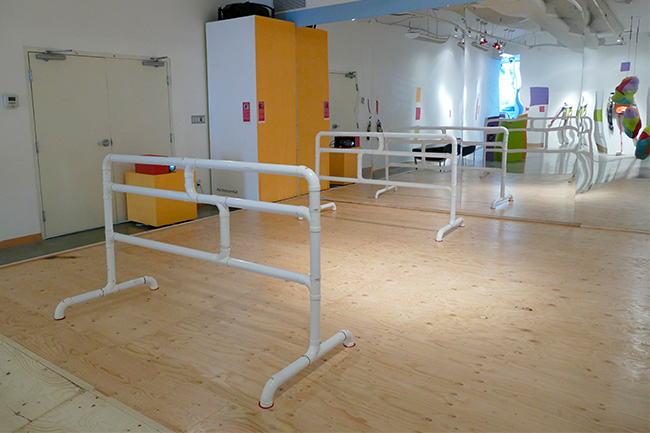 DIY Ballet Barre
DIY Ballet Barre 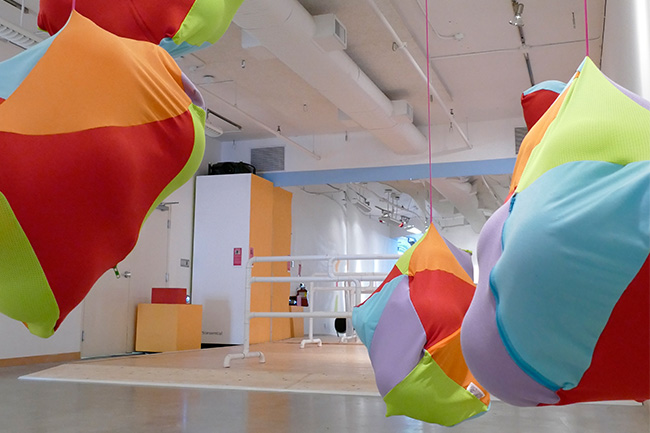 PatternNation BLOBS
PatternNation BLOBS 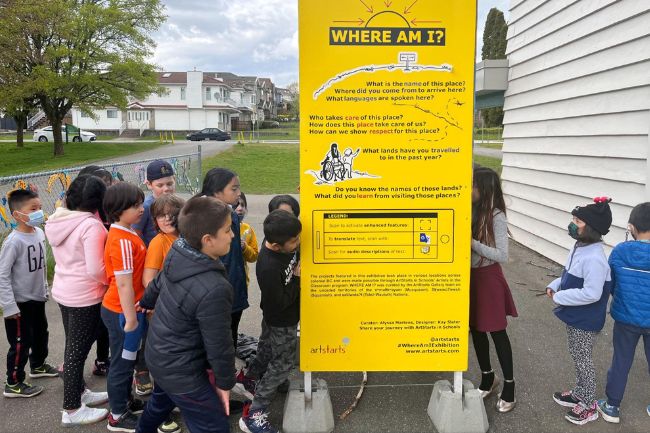 WHERE AM I?
WHERE AM I? 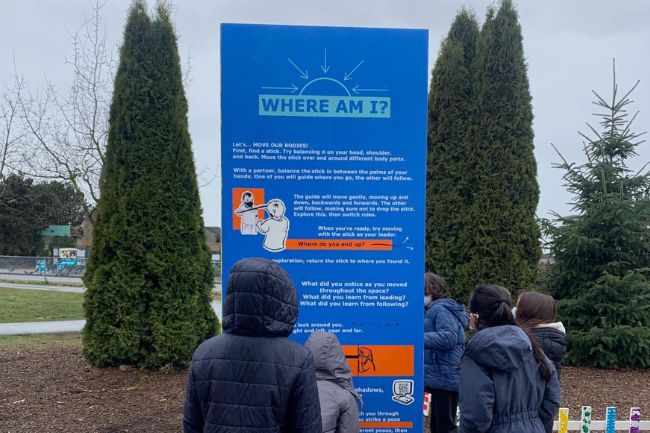 Let’s… MOVE OUR BODIES!
Let’s… MOVE OUR BODIES! 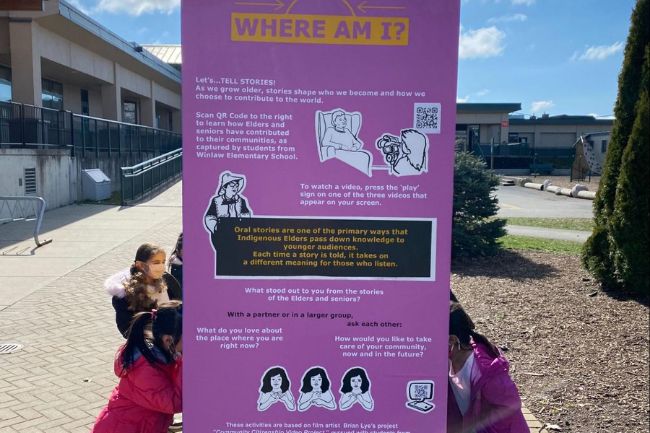 Let’s… TELL STORIES!
Let’s… TELL STORIES! 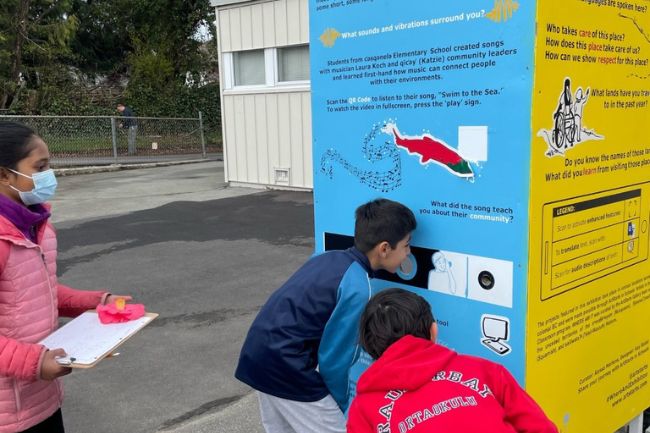 Let’s… MAP SOUNDS!
Let’s… MAP SOUNDS! 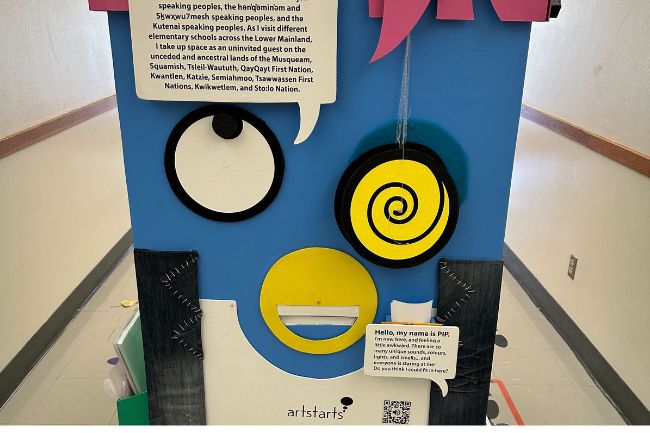 PIP’s Face
PIP’s Face 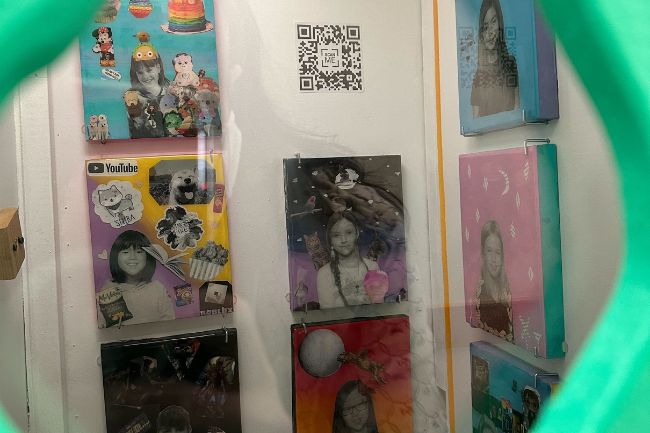 PIP’s Peek-a-Boo Gallery
PIP’s Peek-a-Boo Gallery 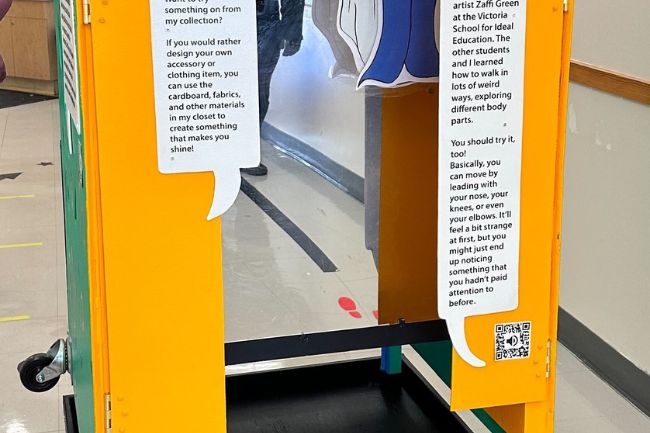 PIP’s Closet
PIP’s Closet 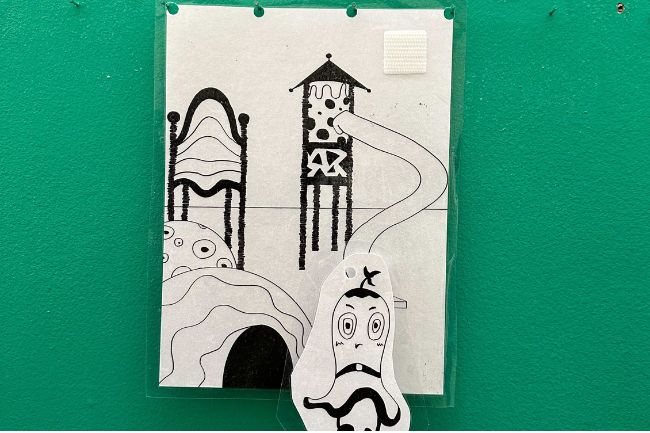 PIP’s Story Station
PIP’s Story Station